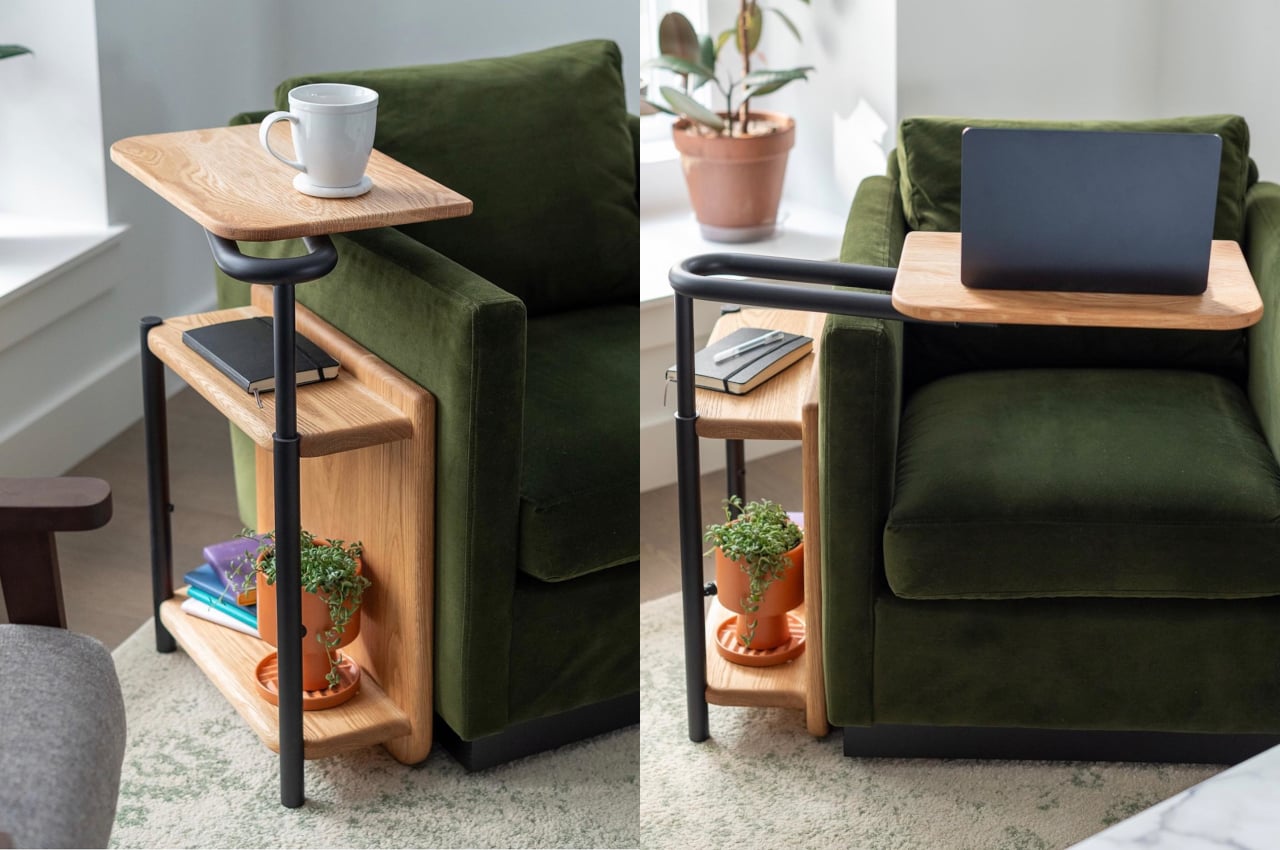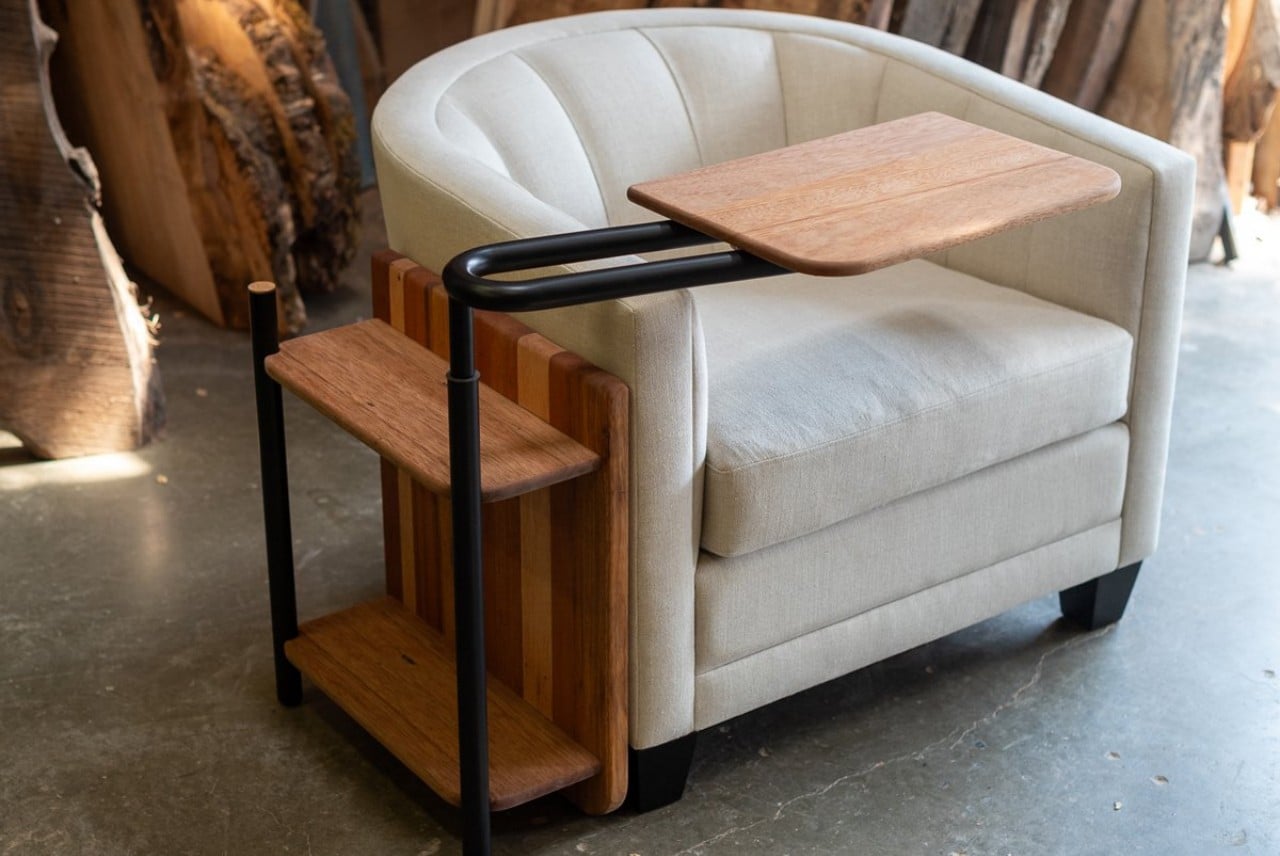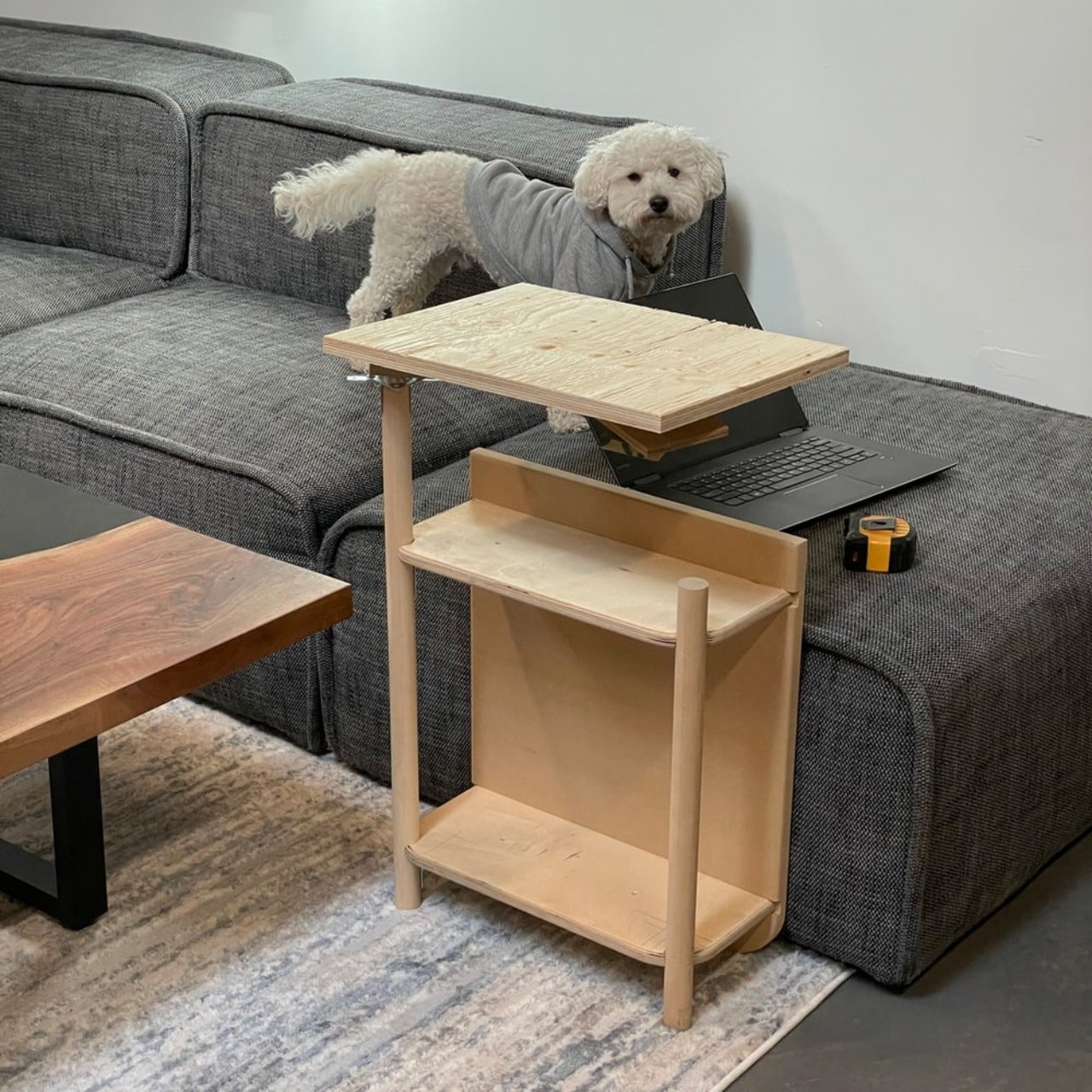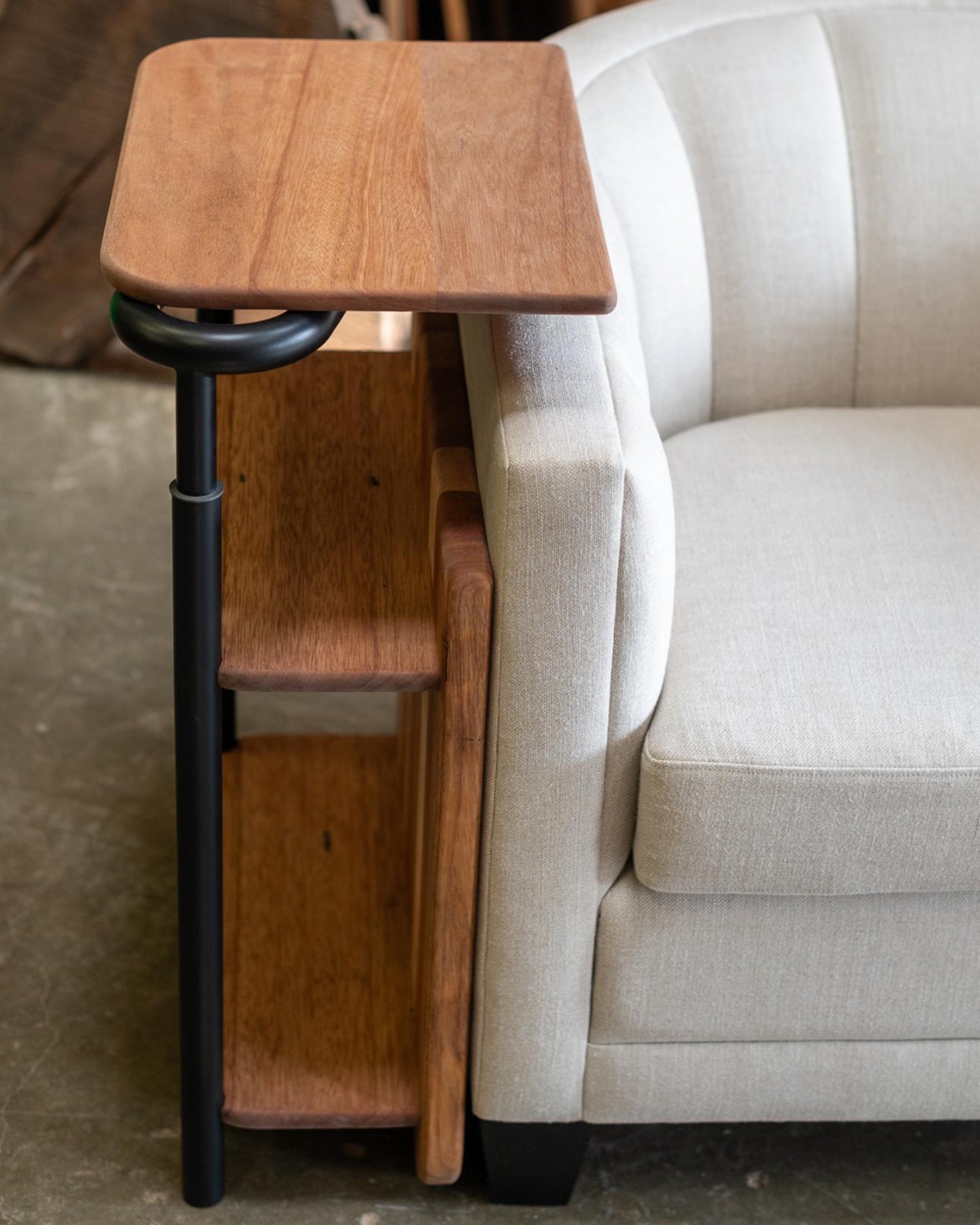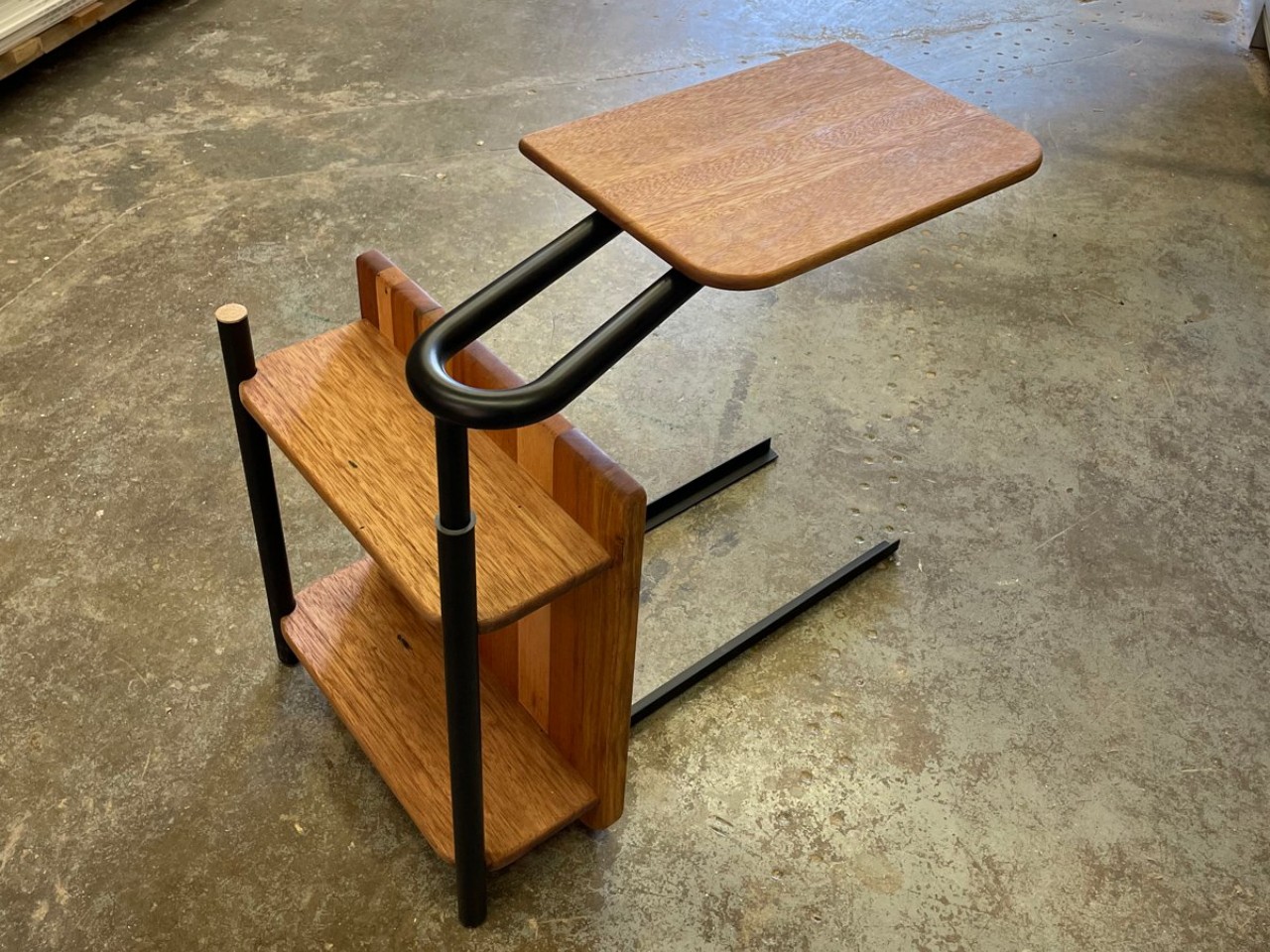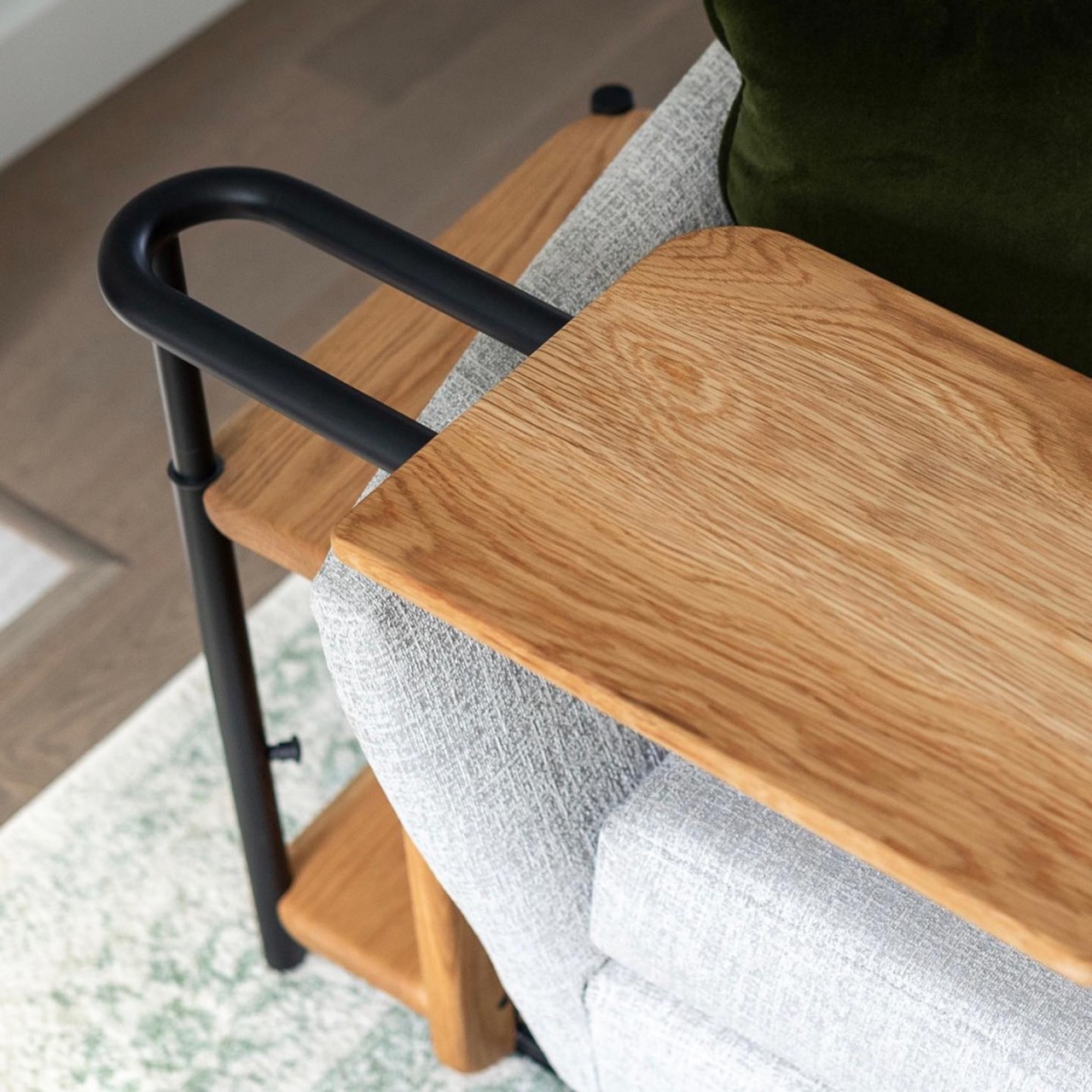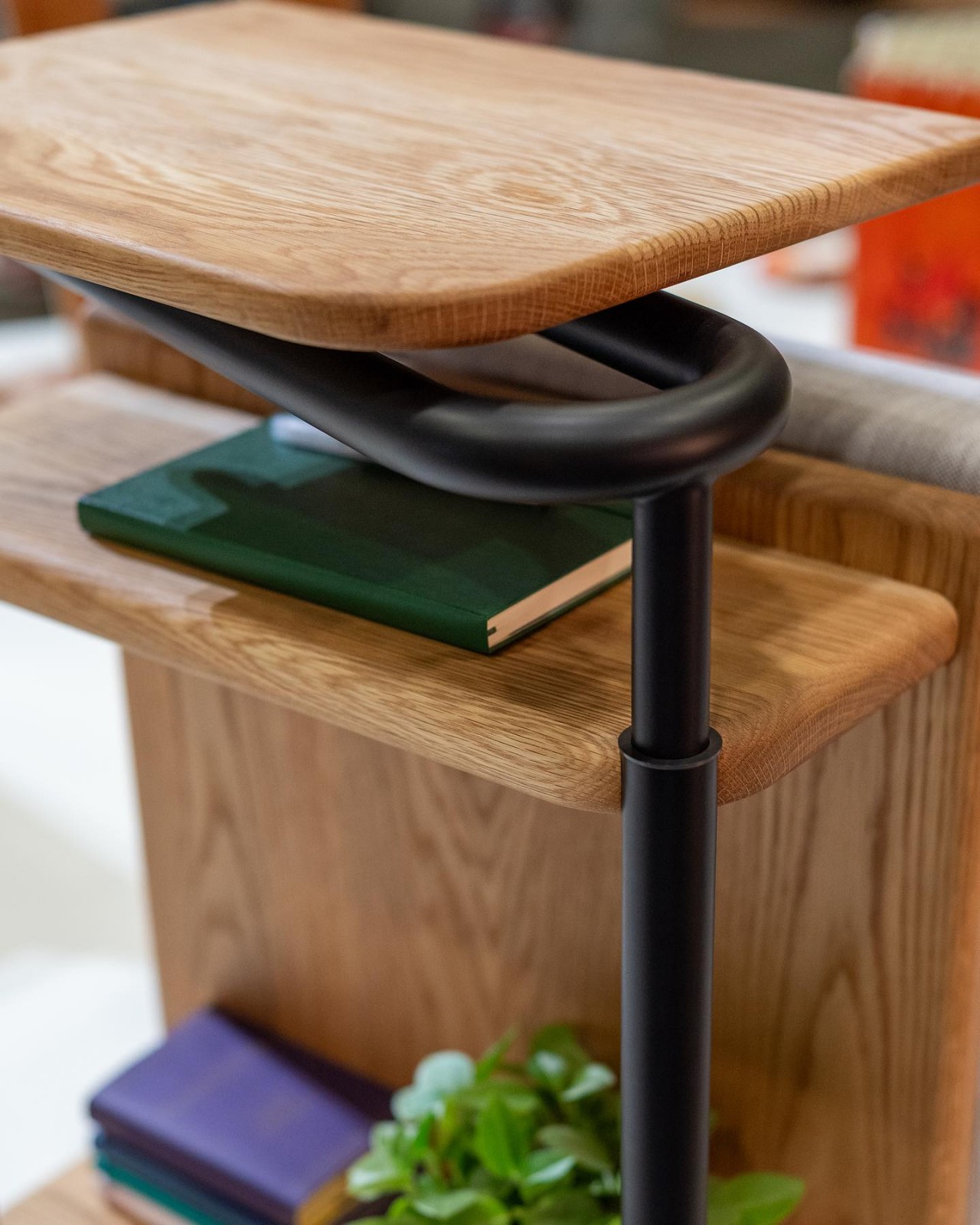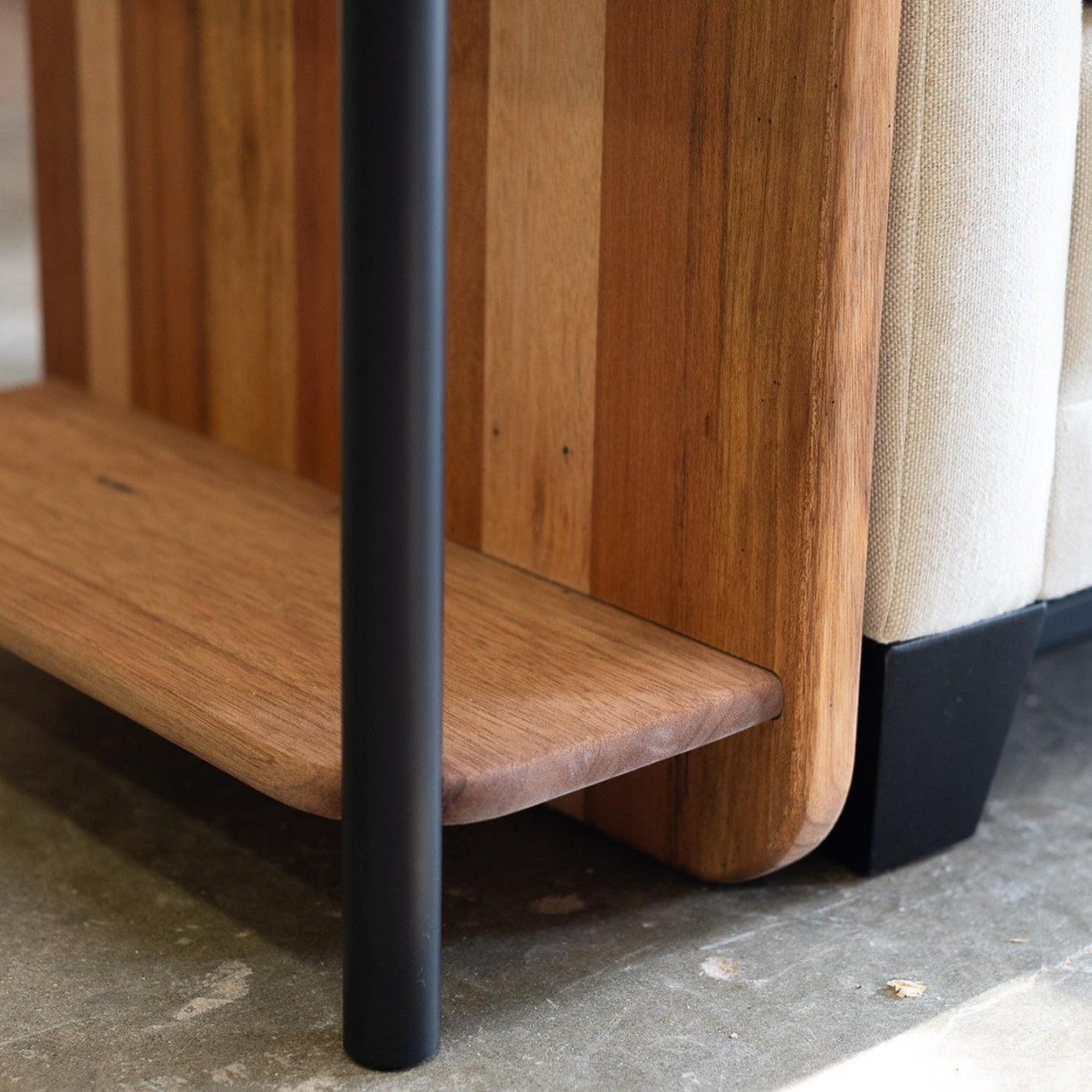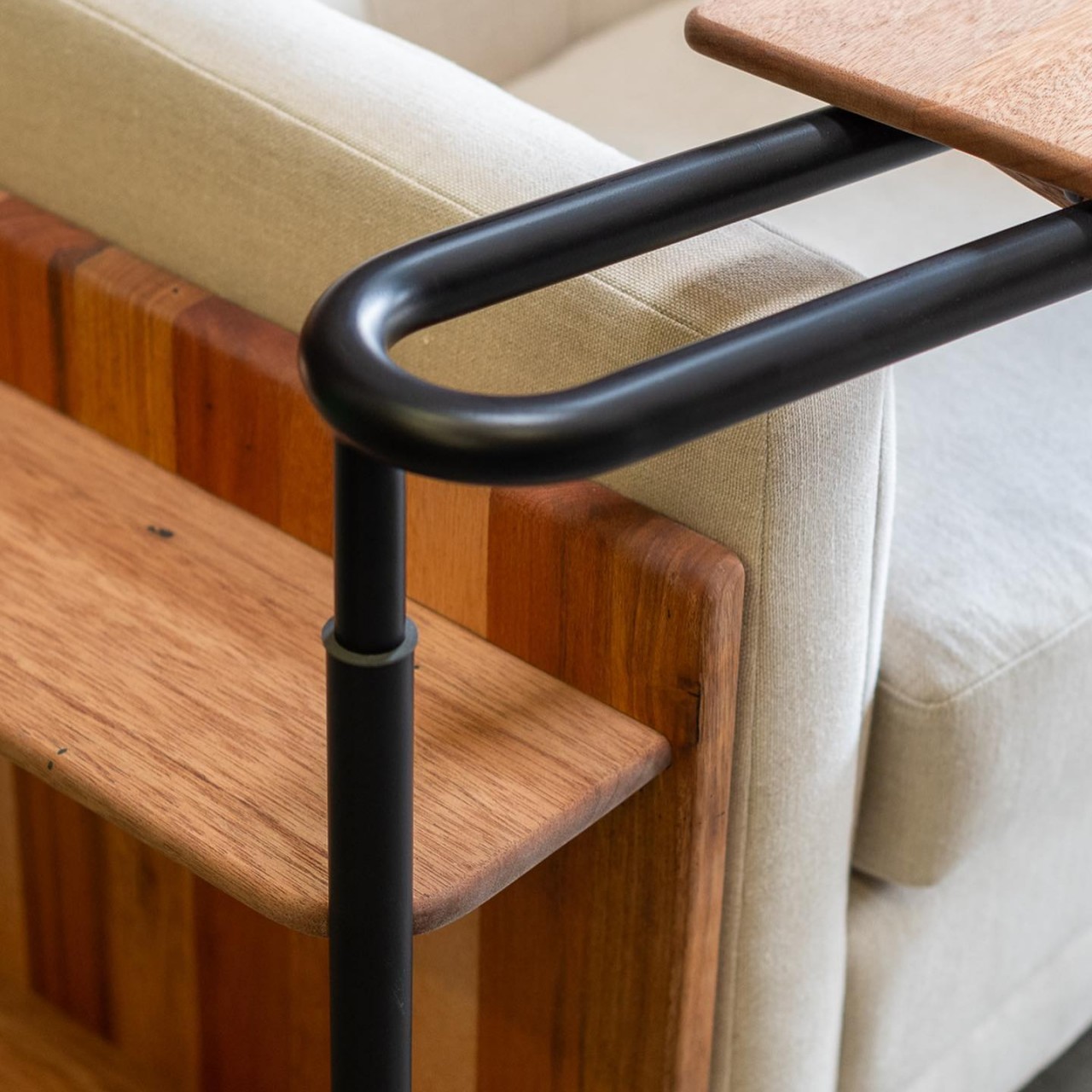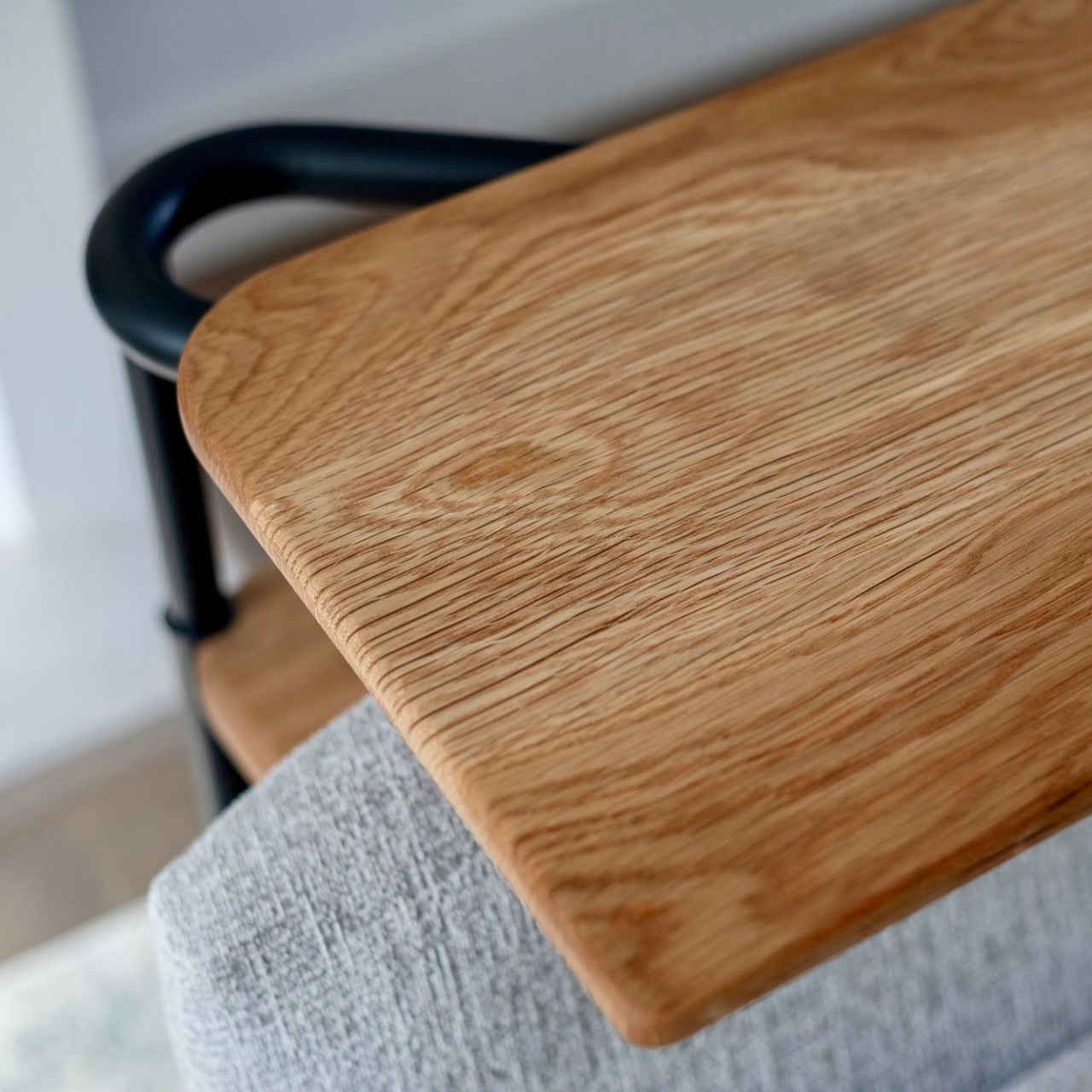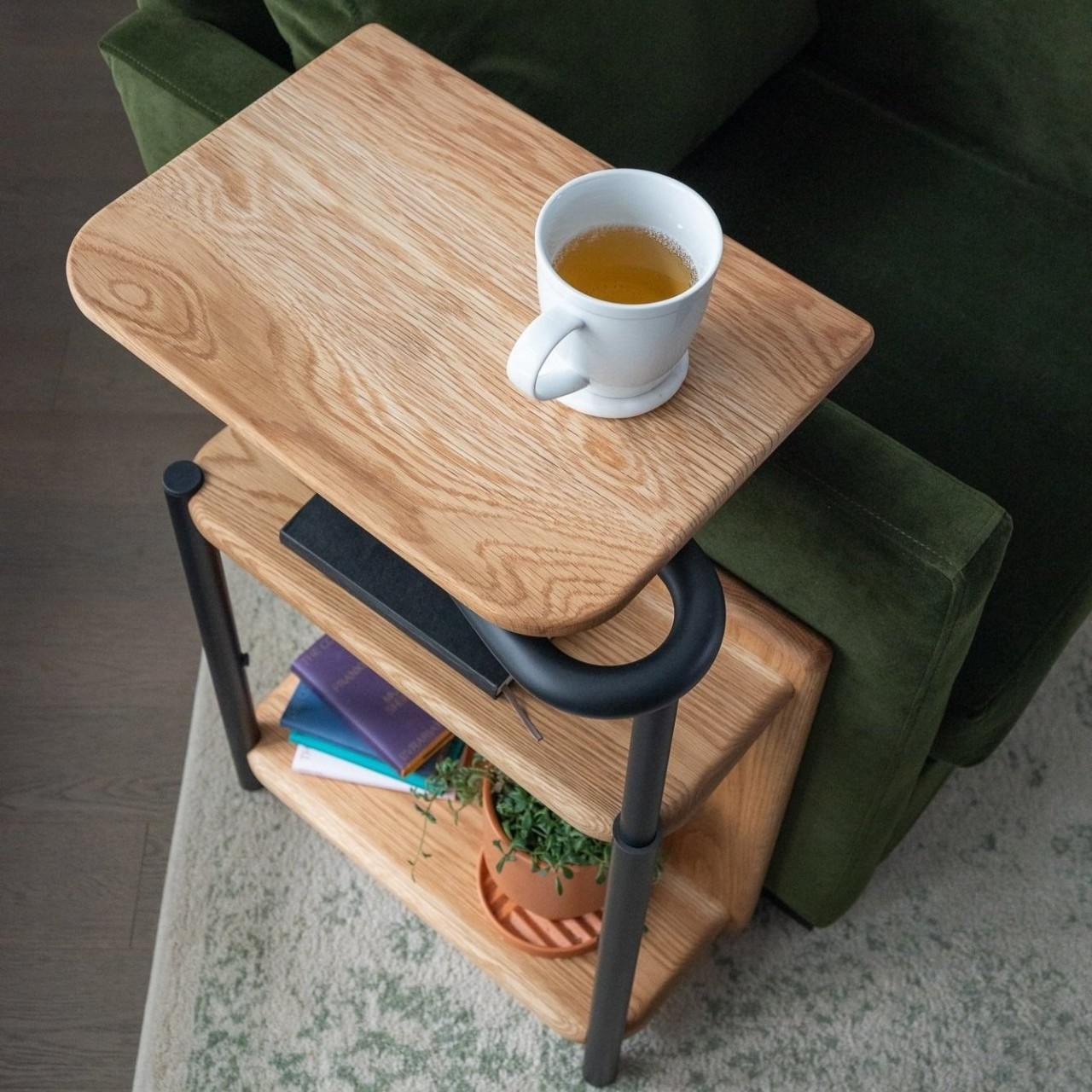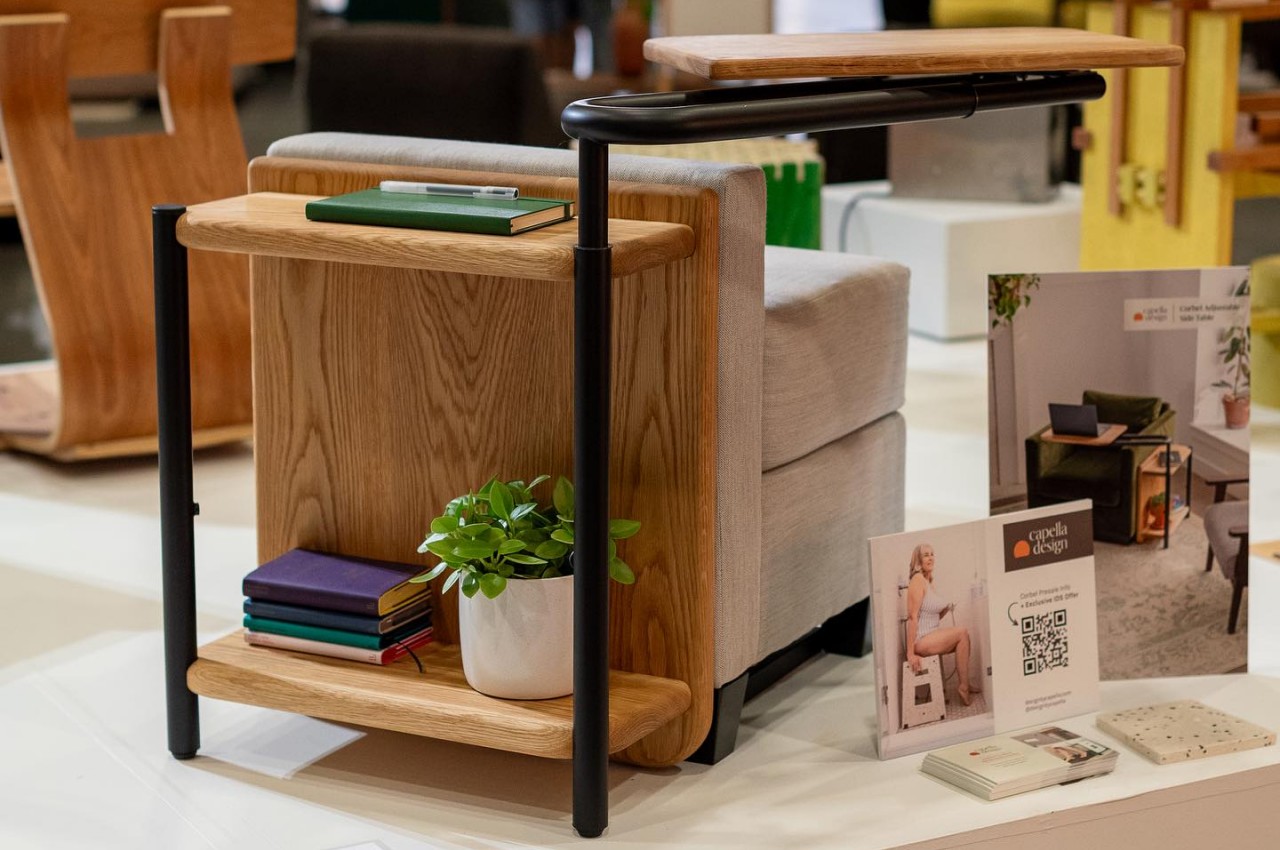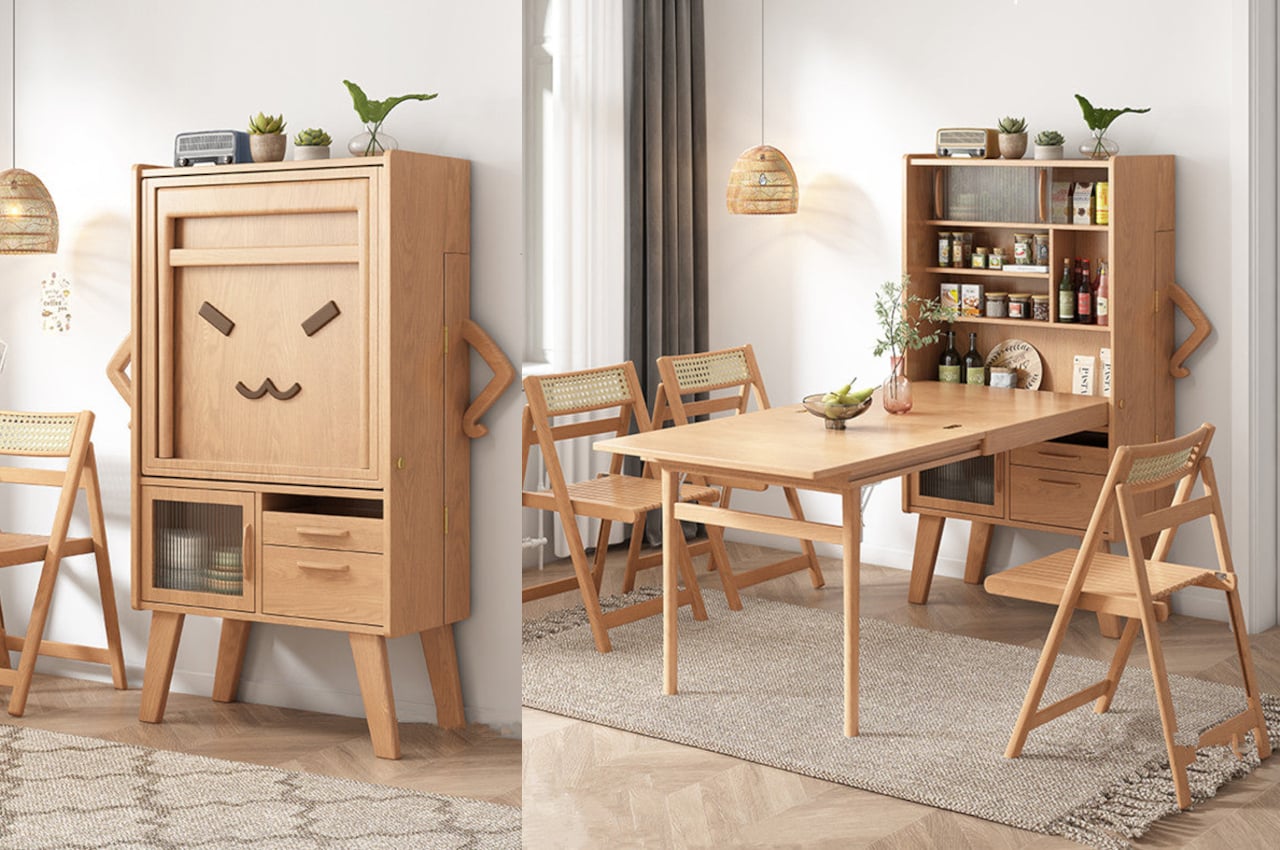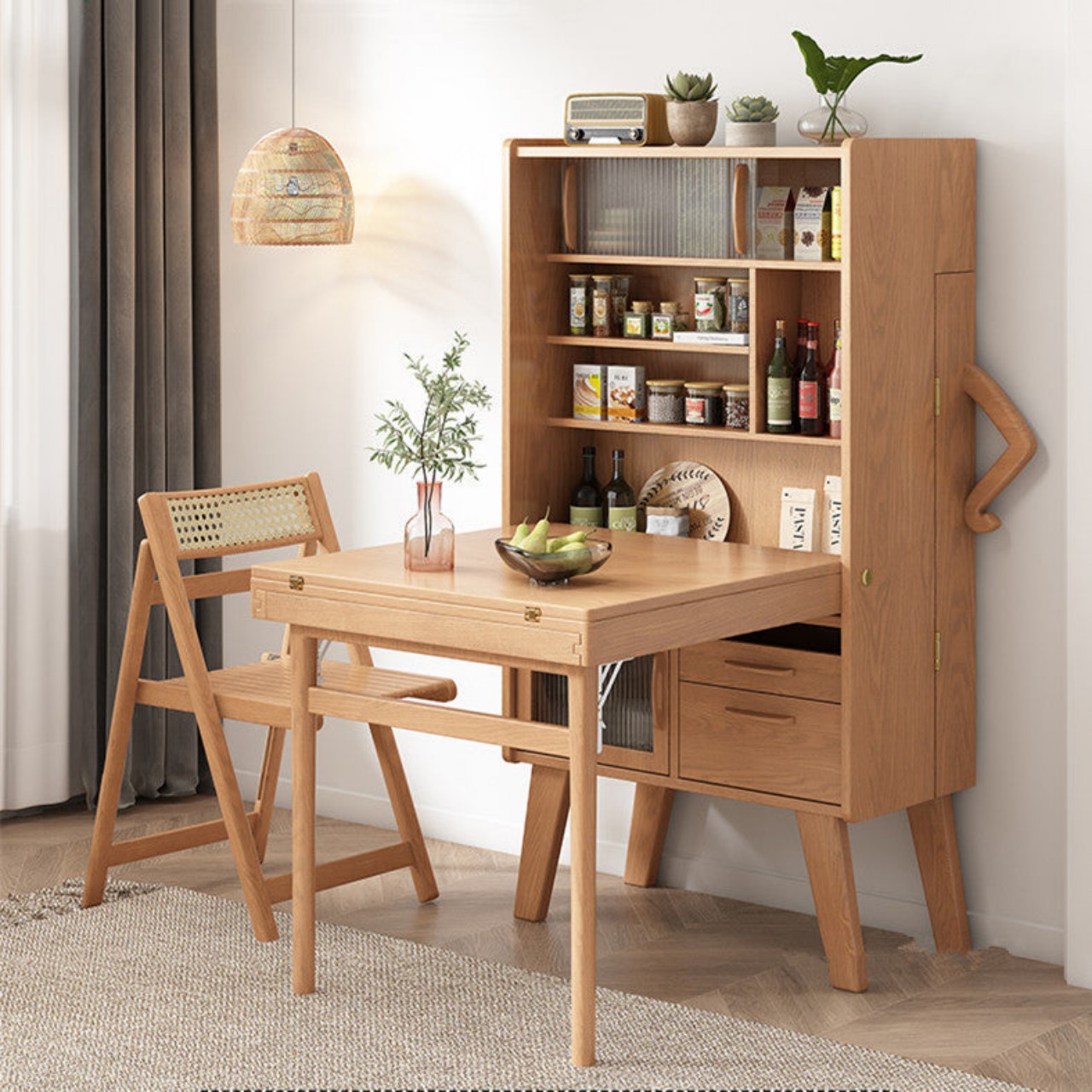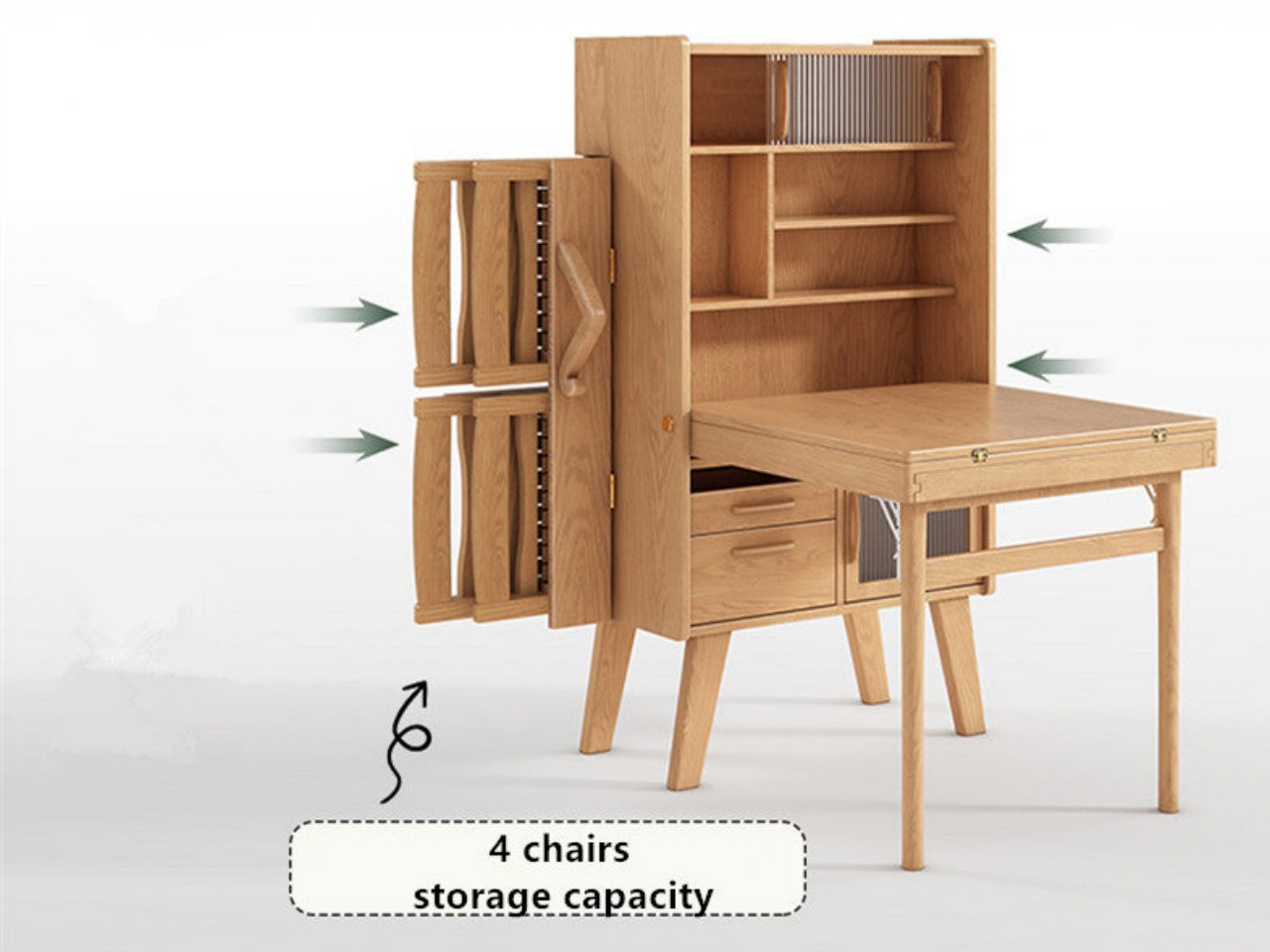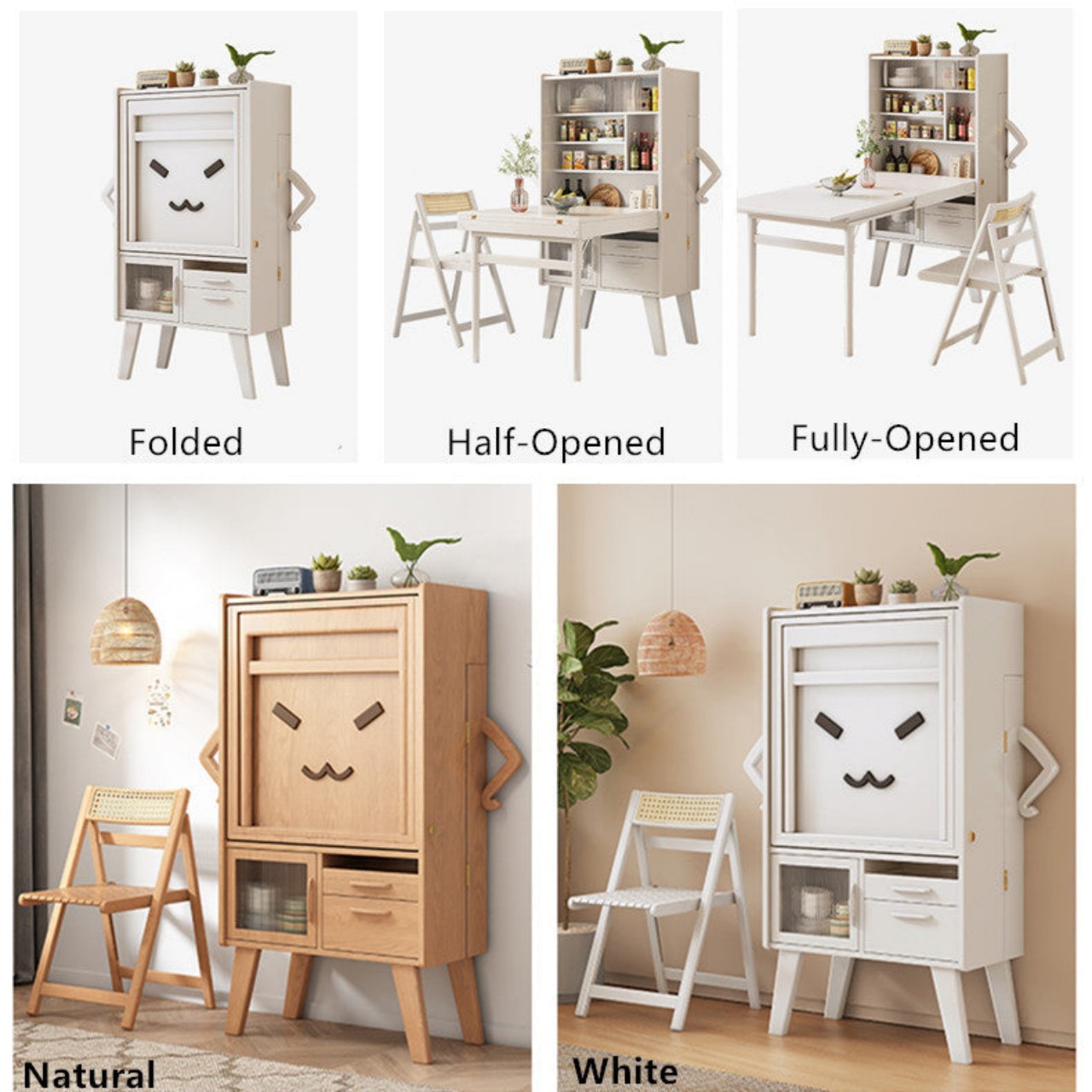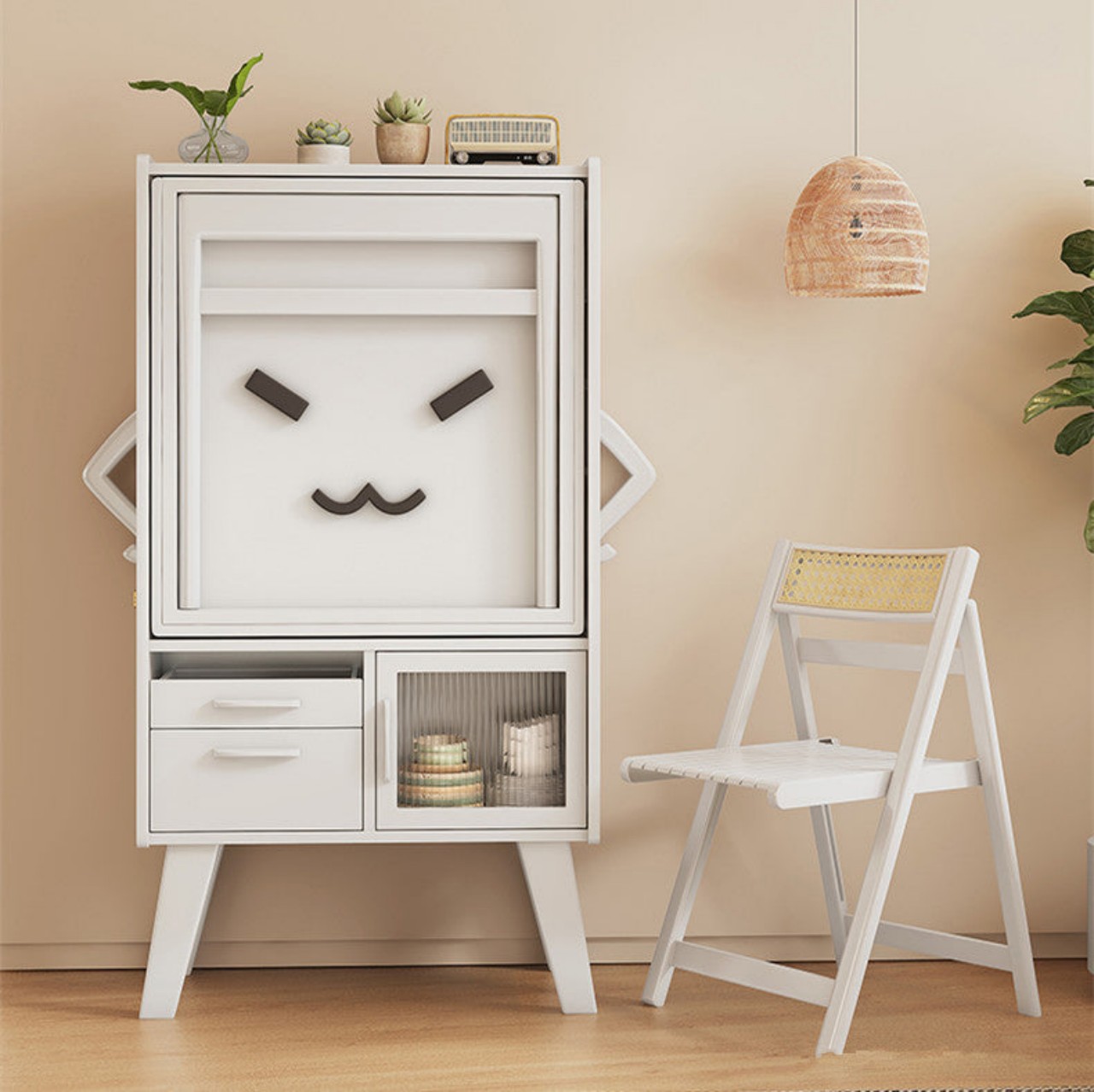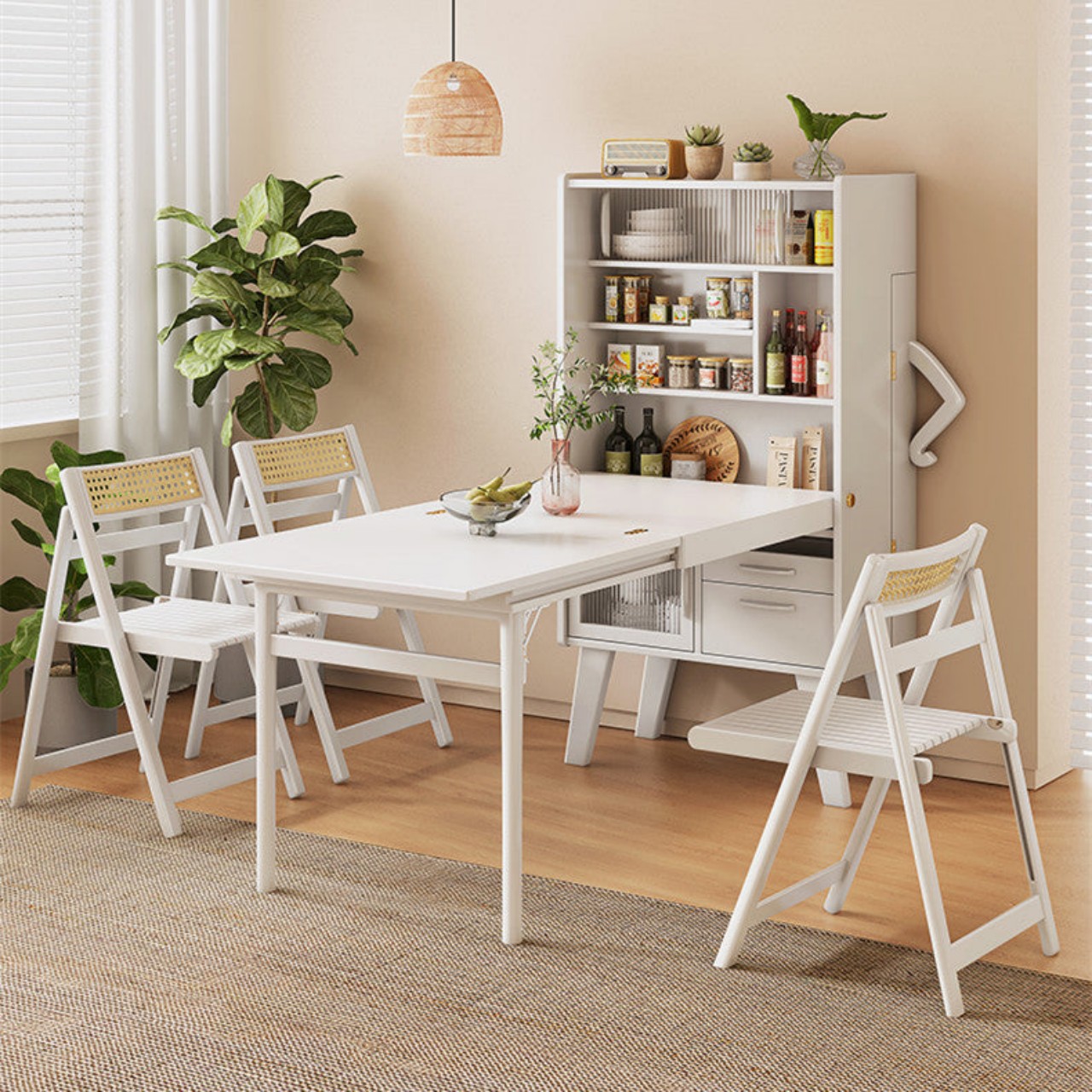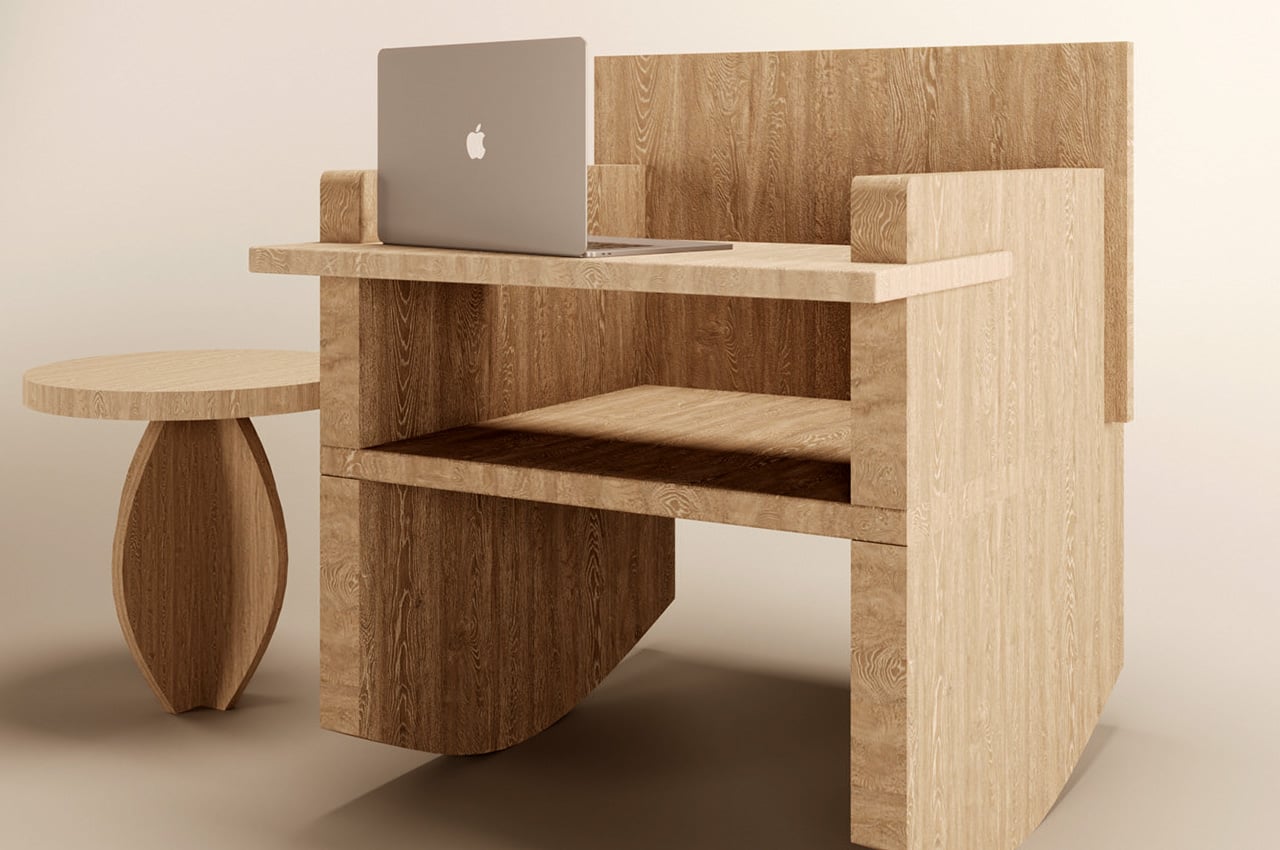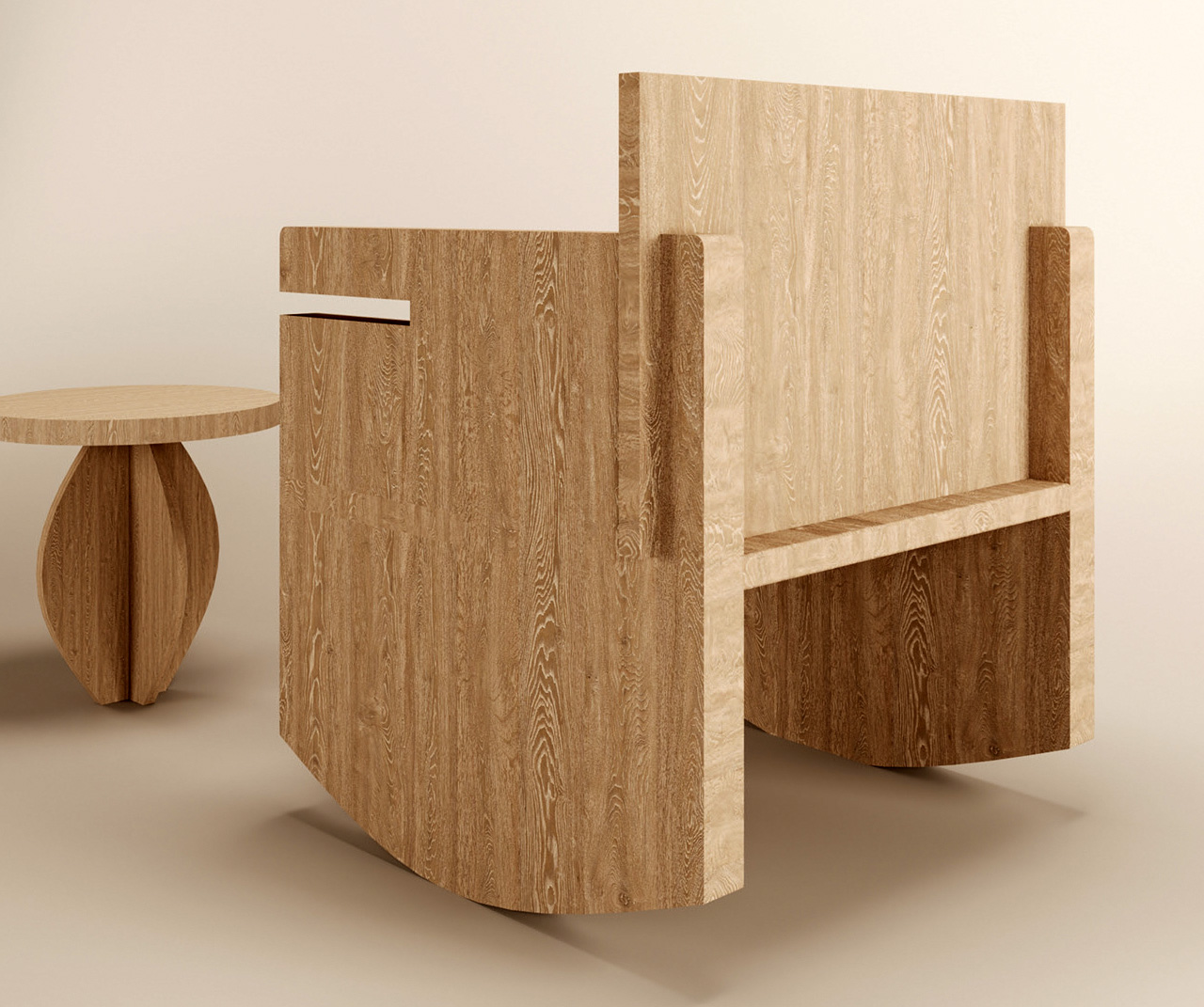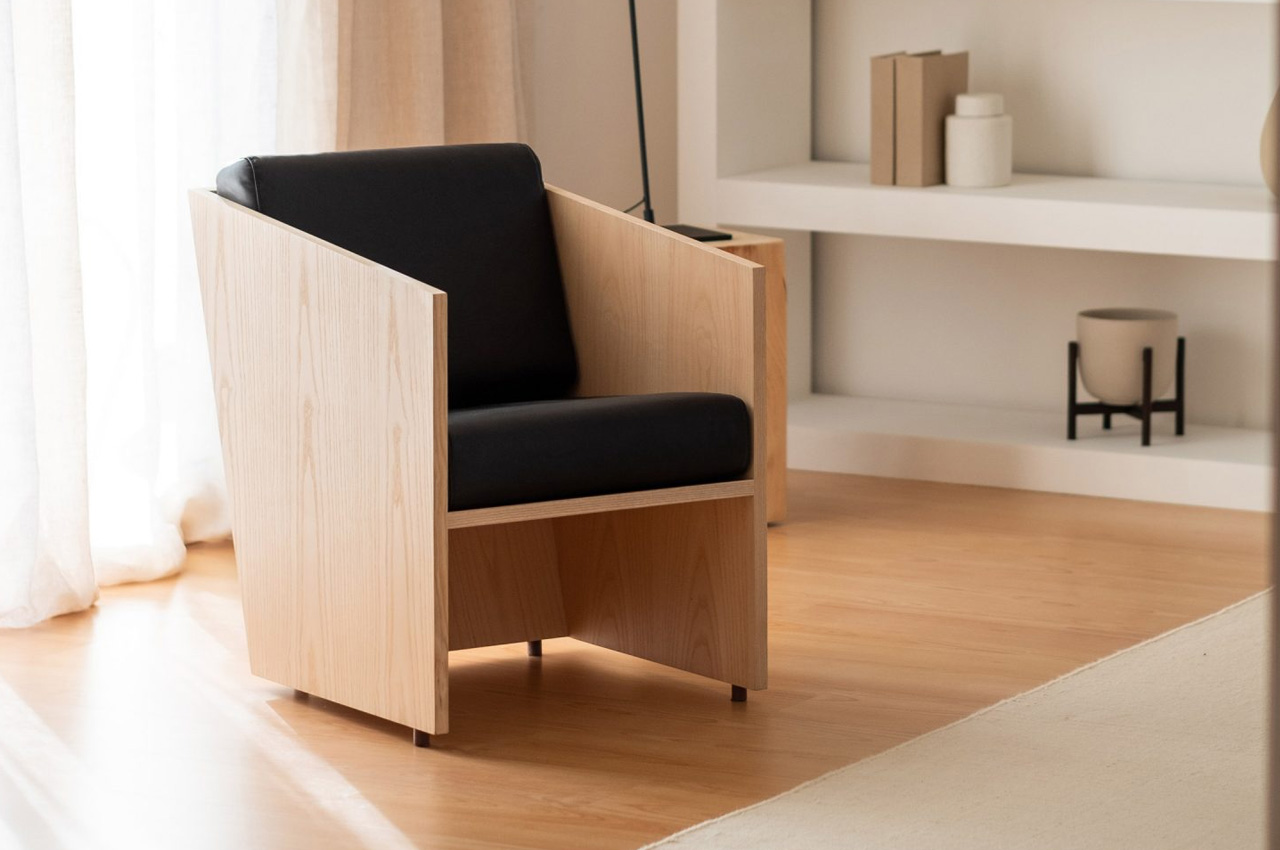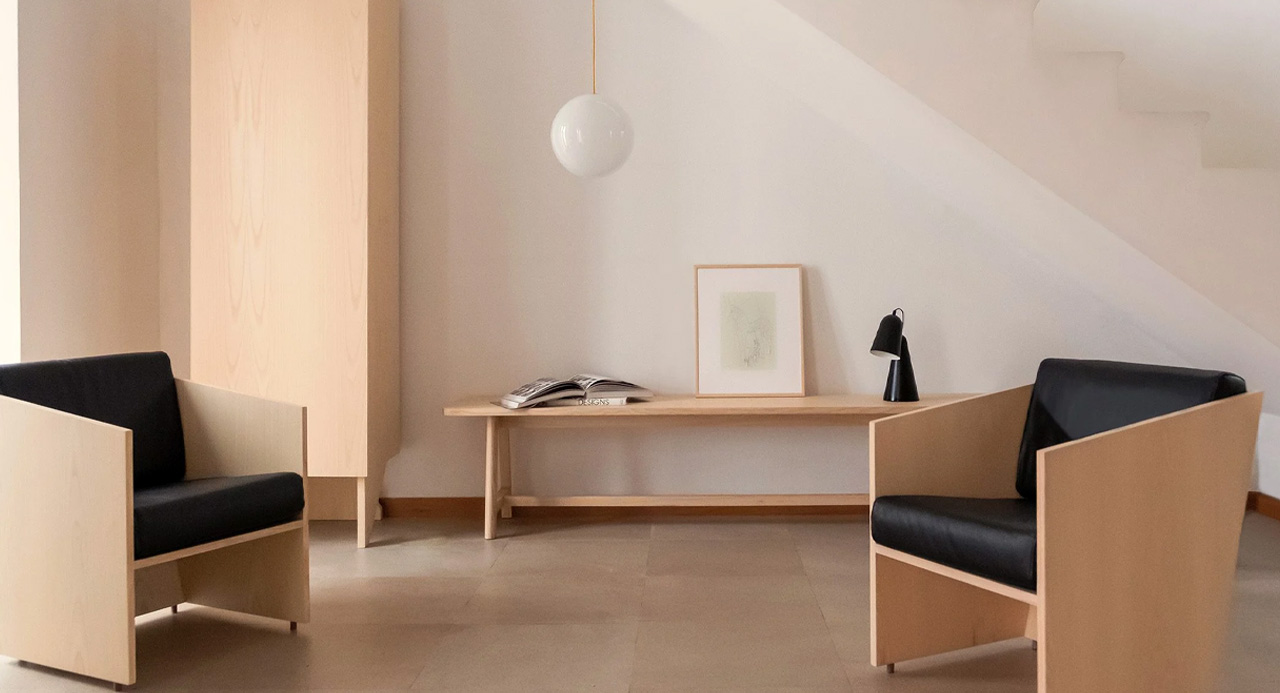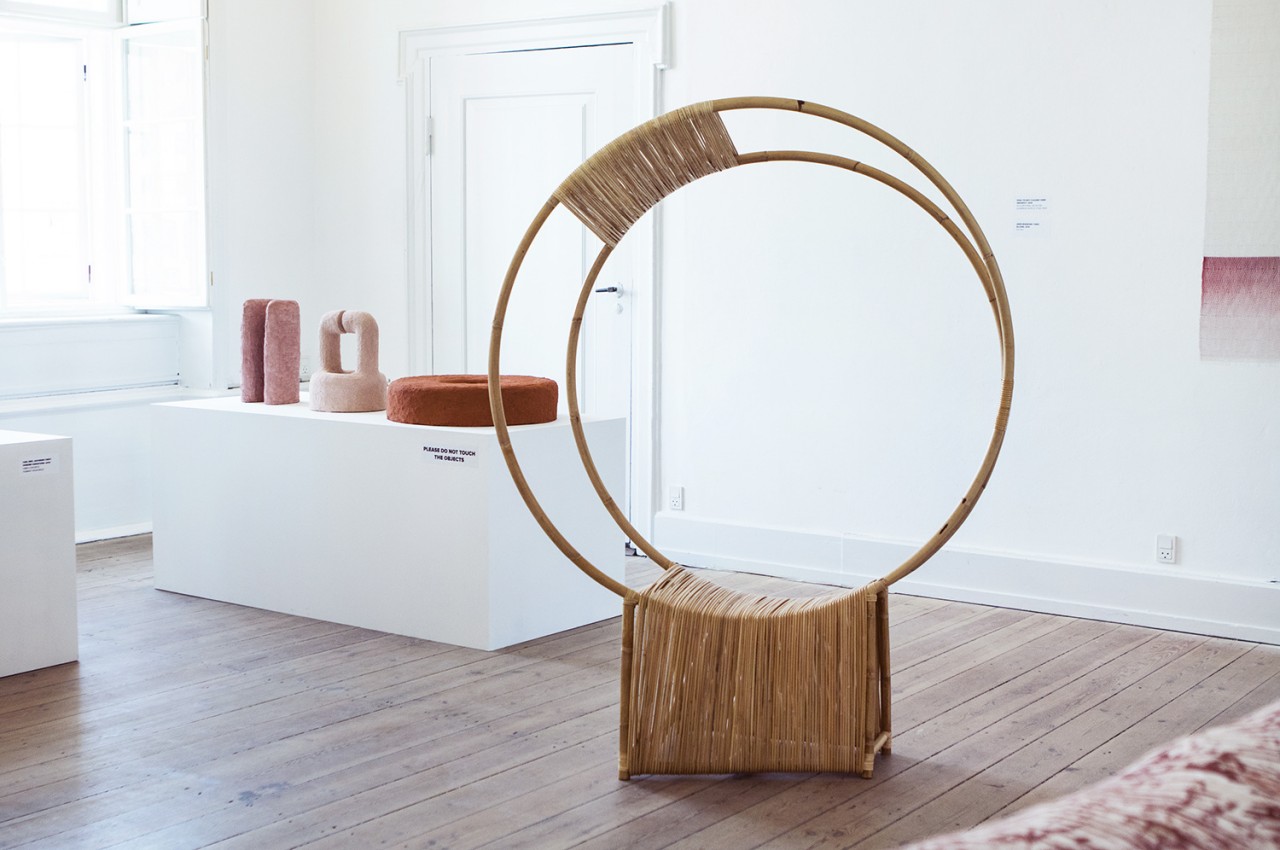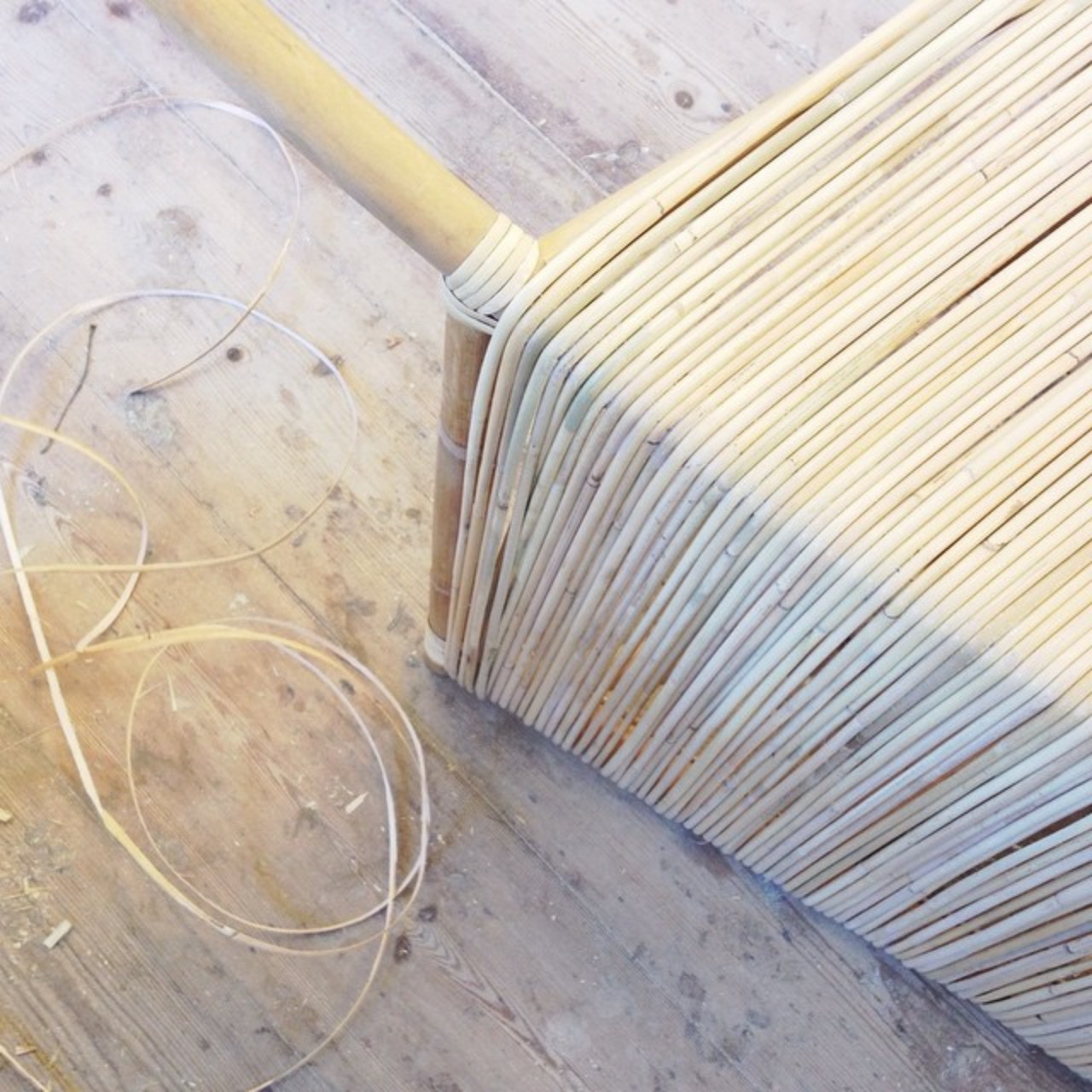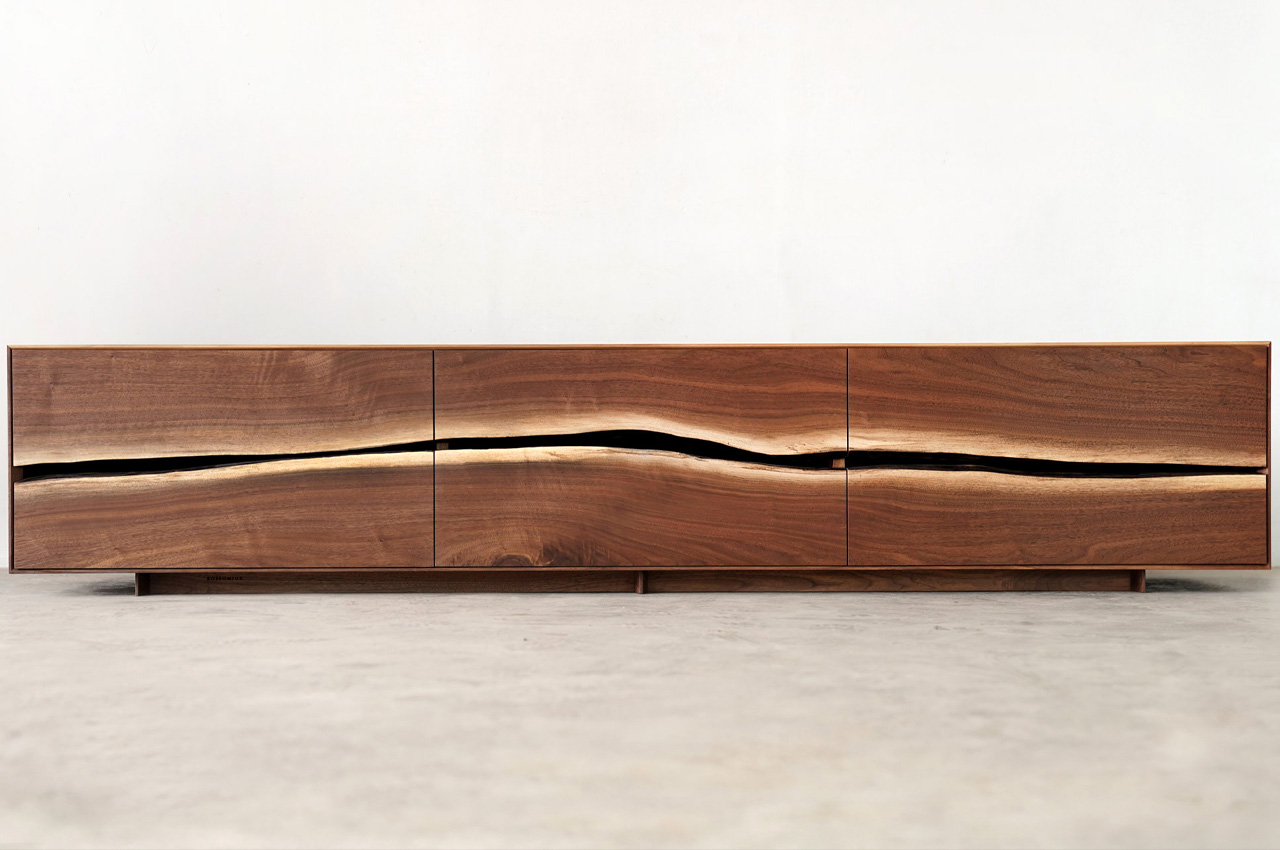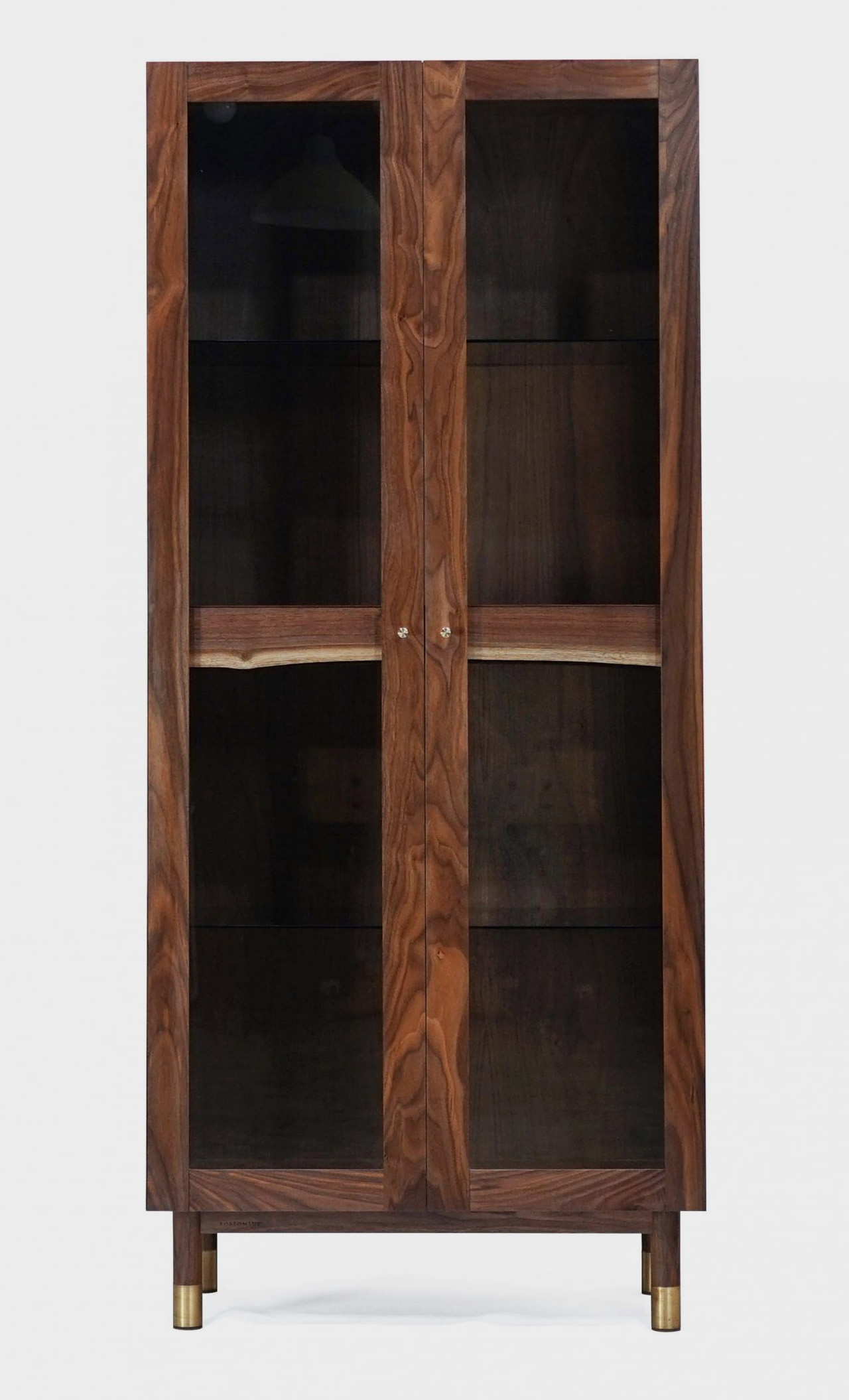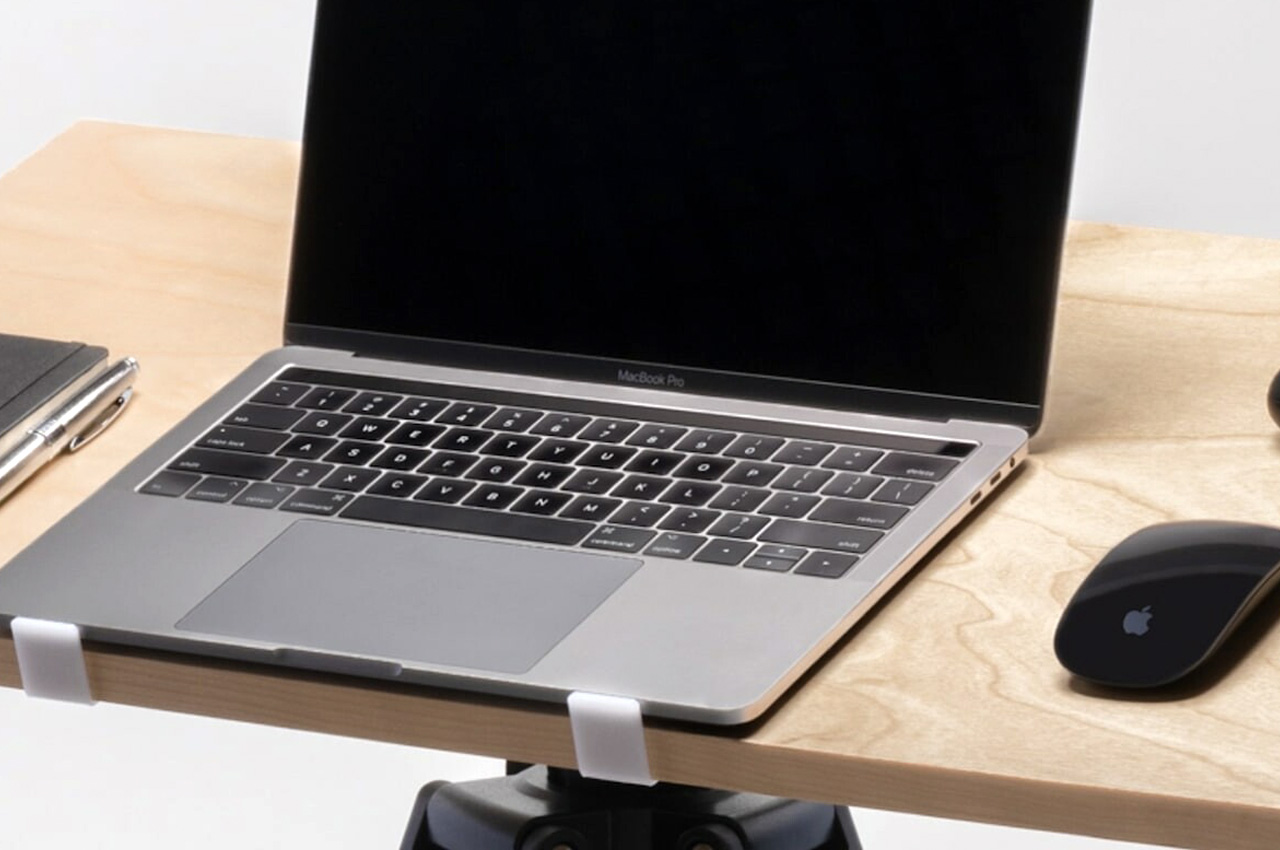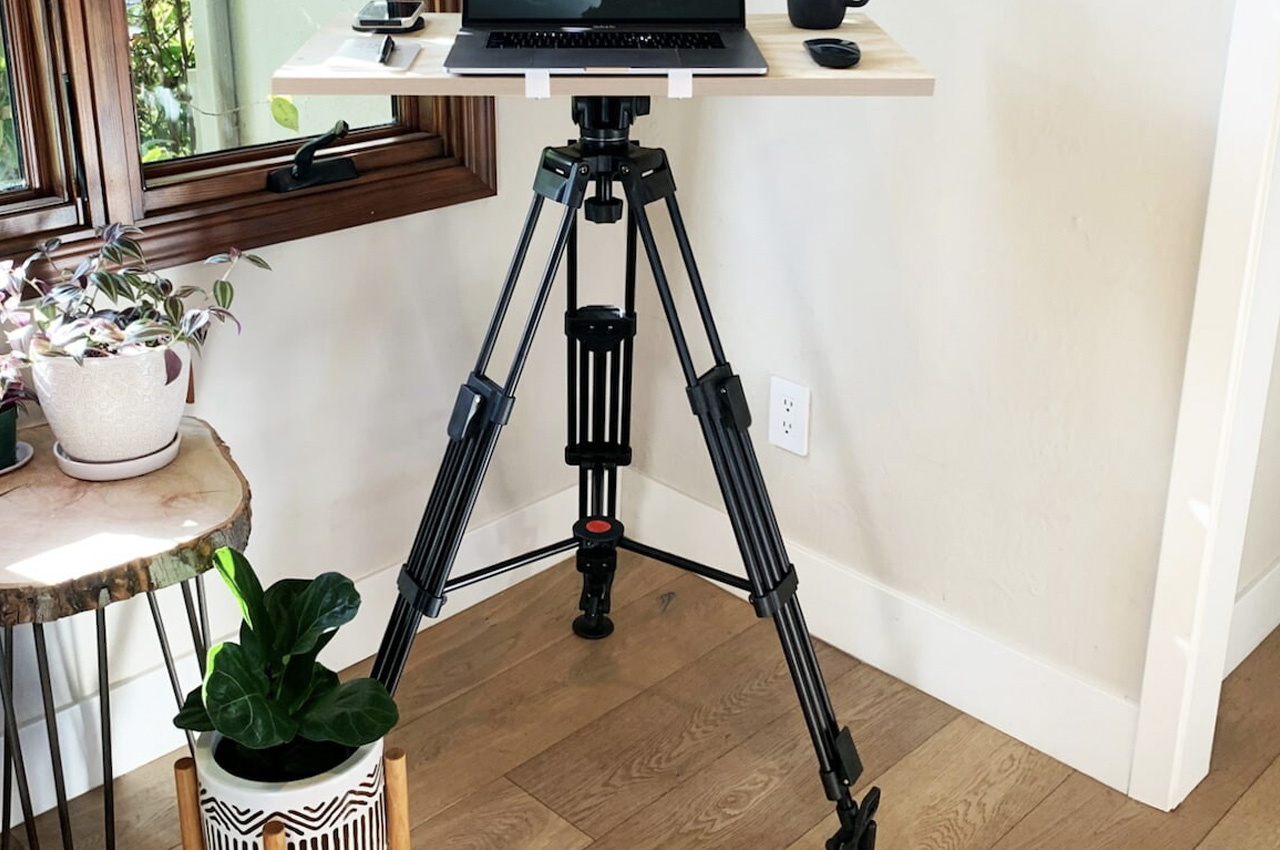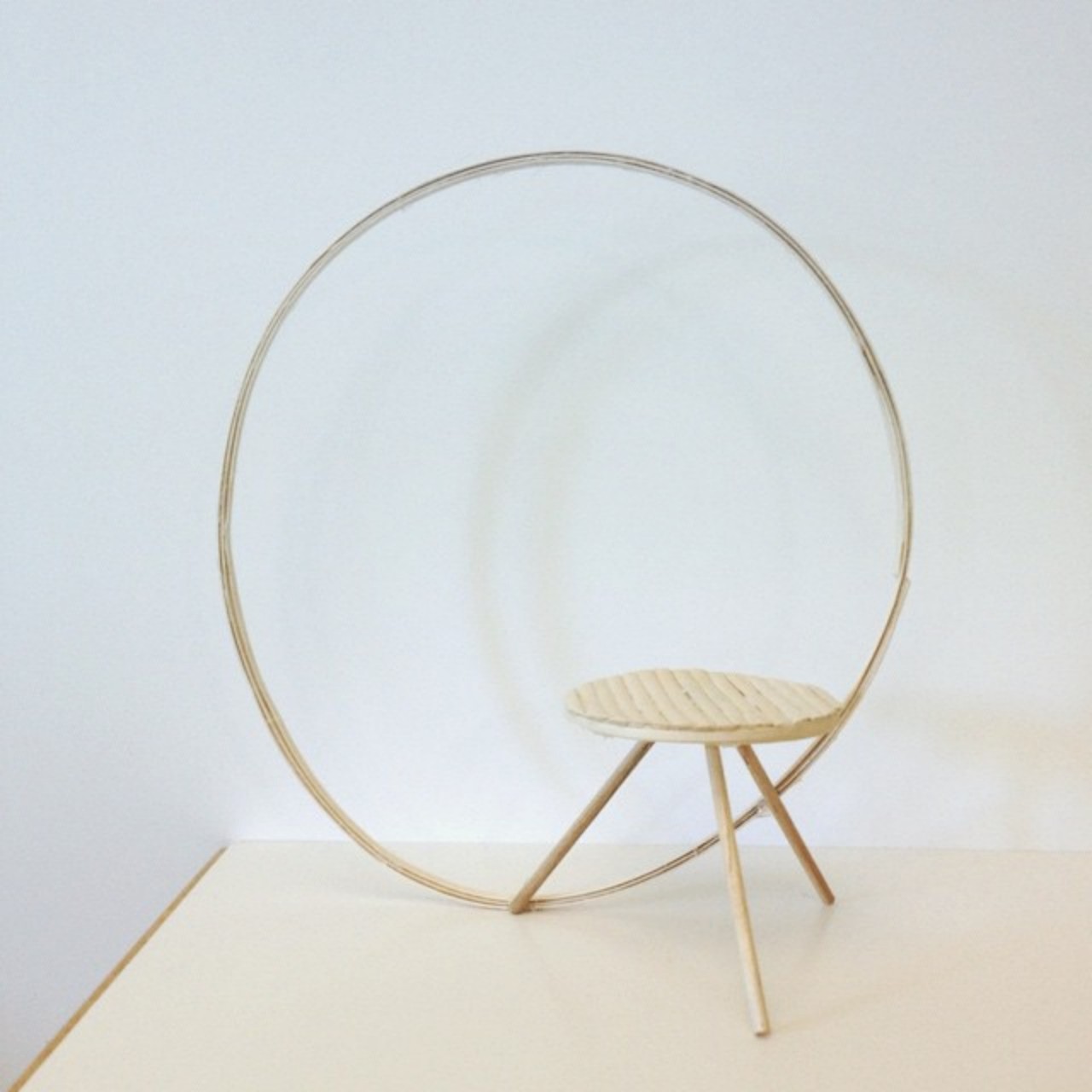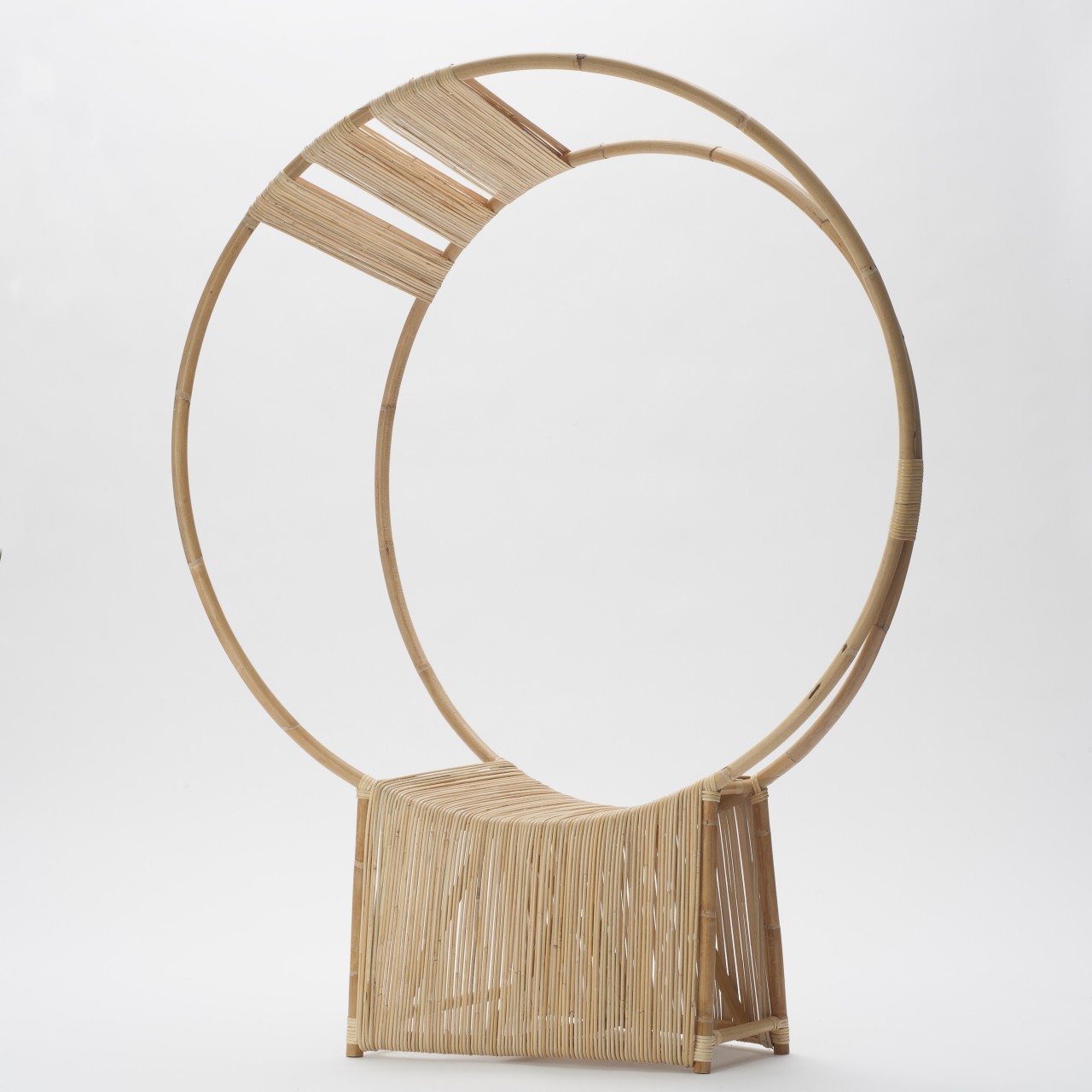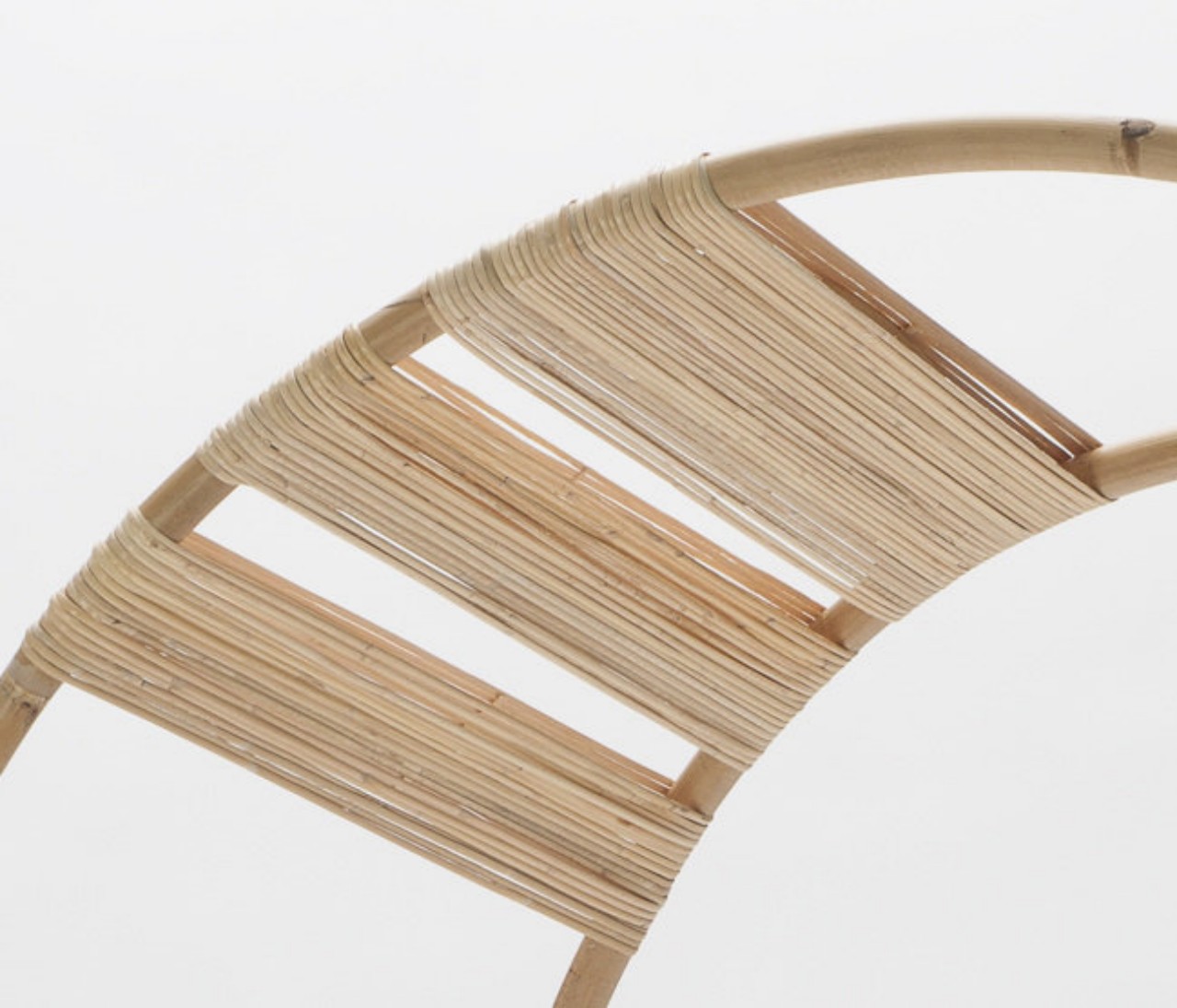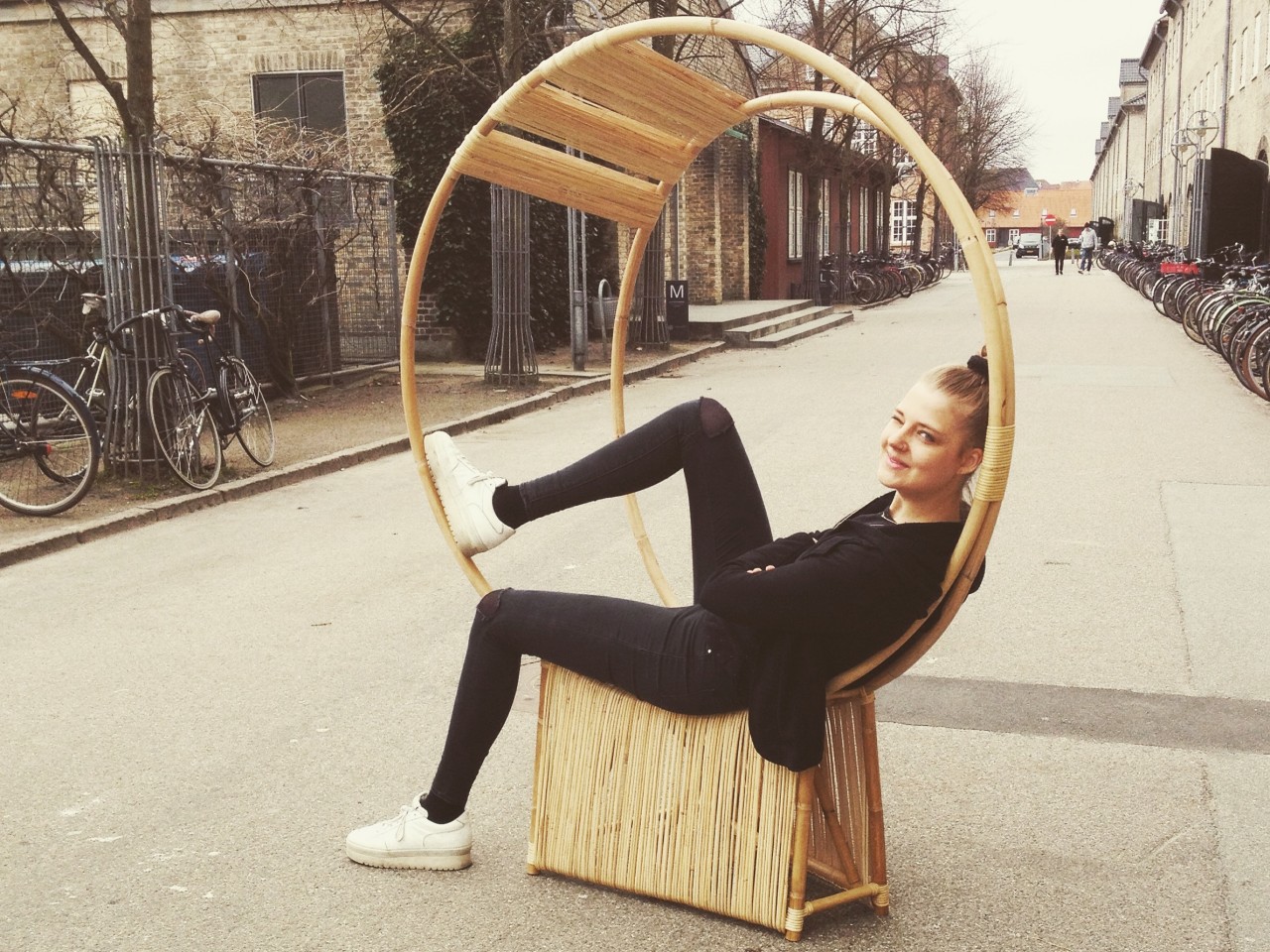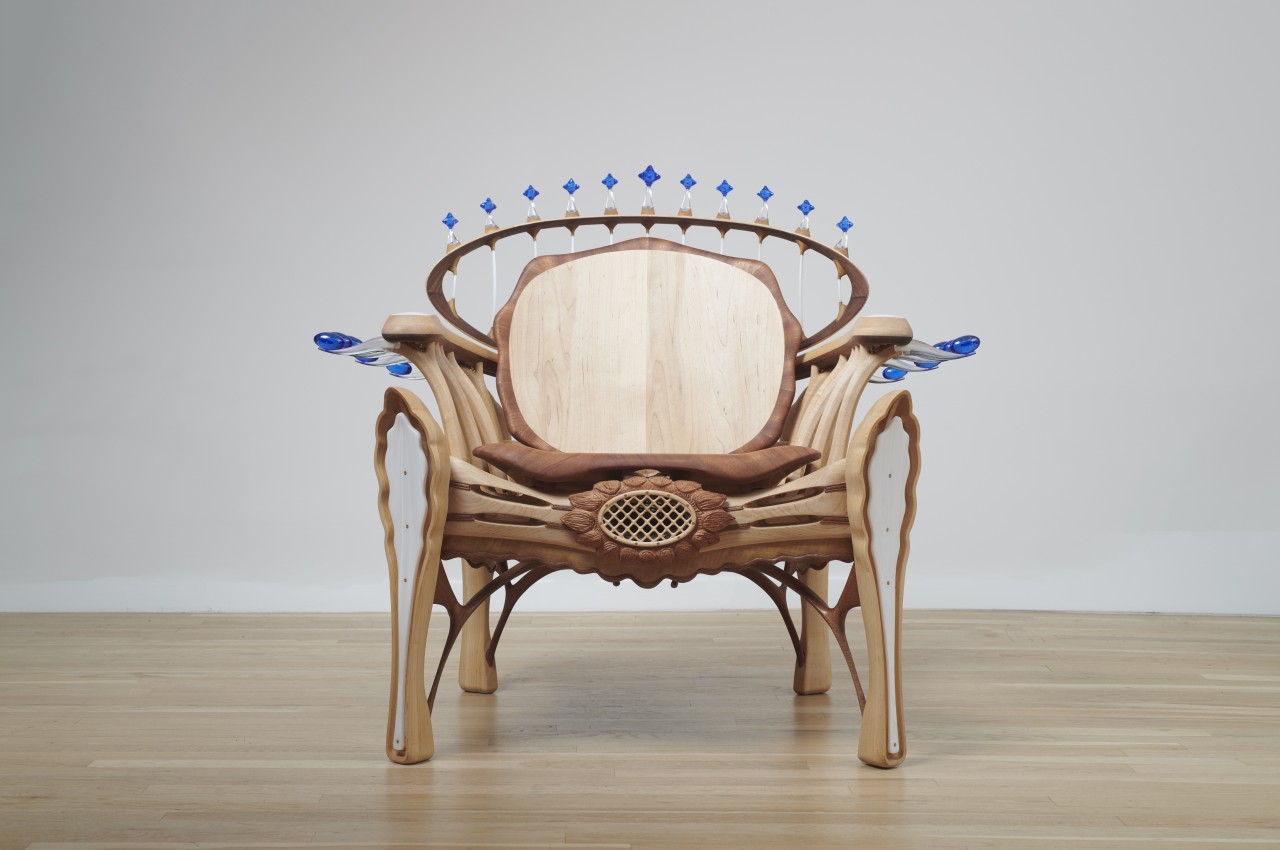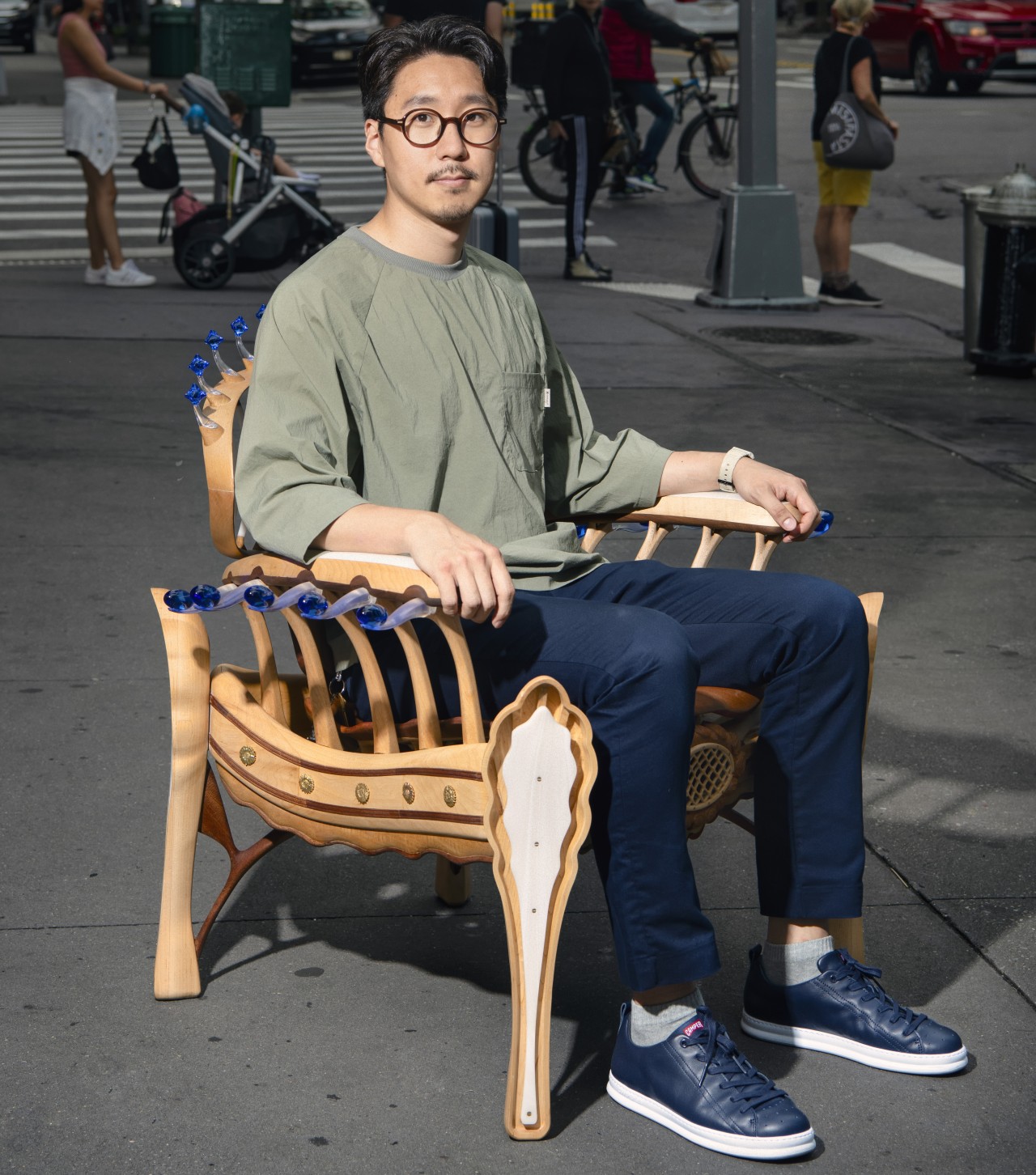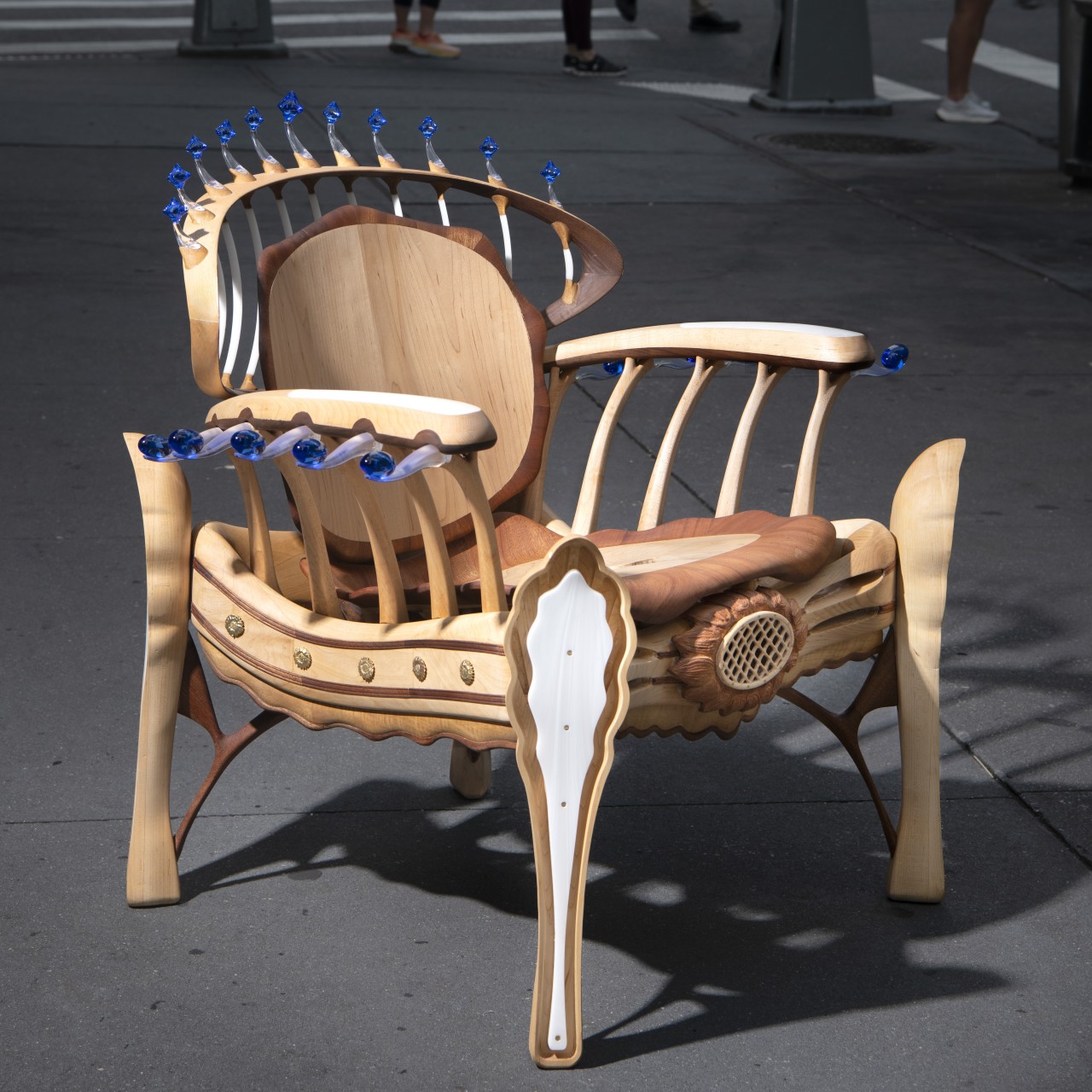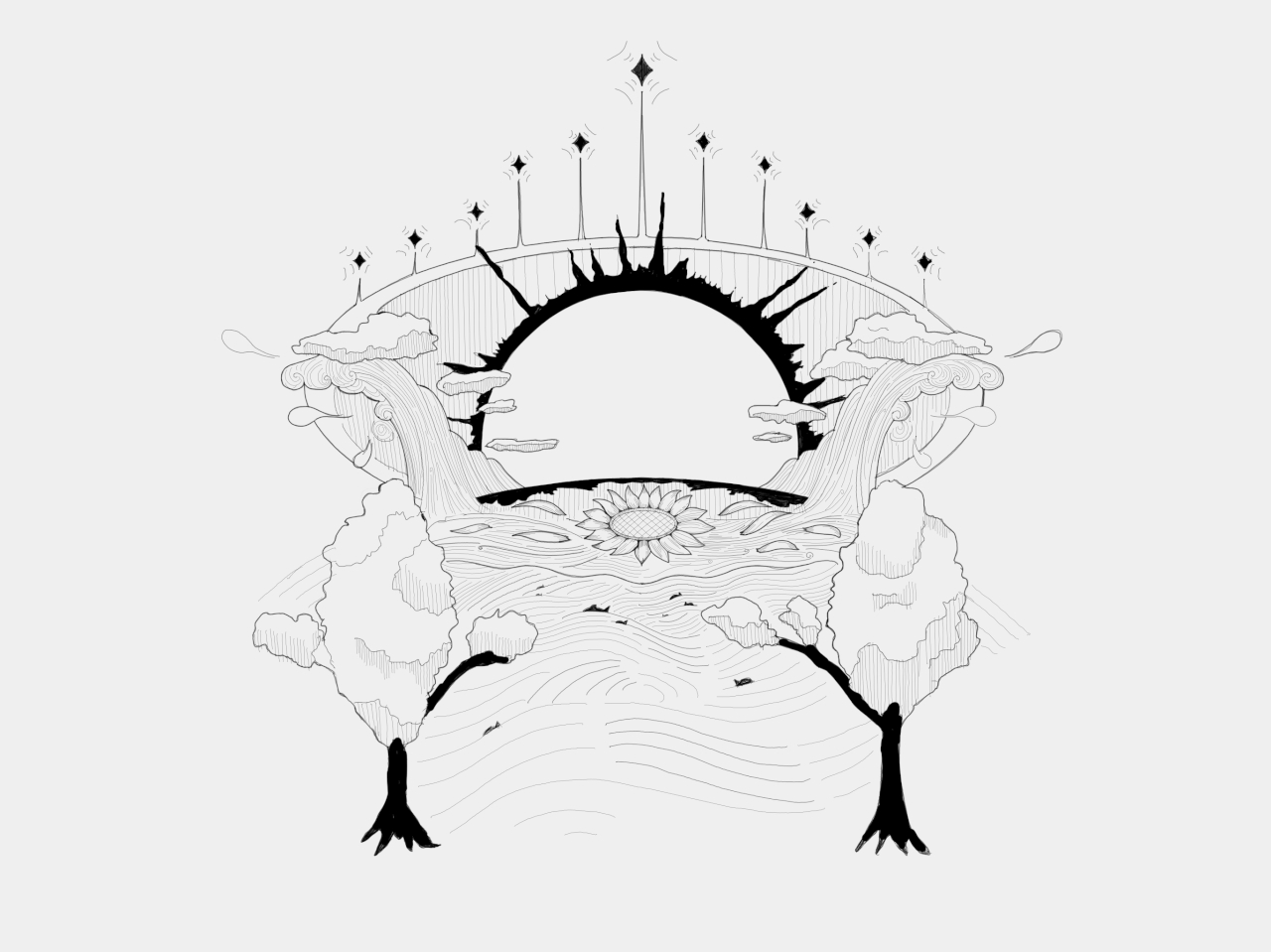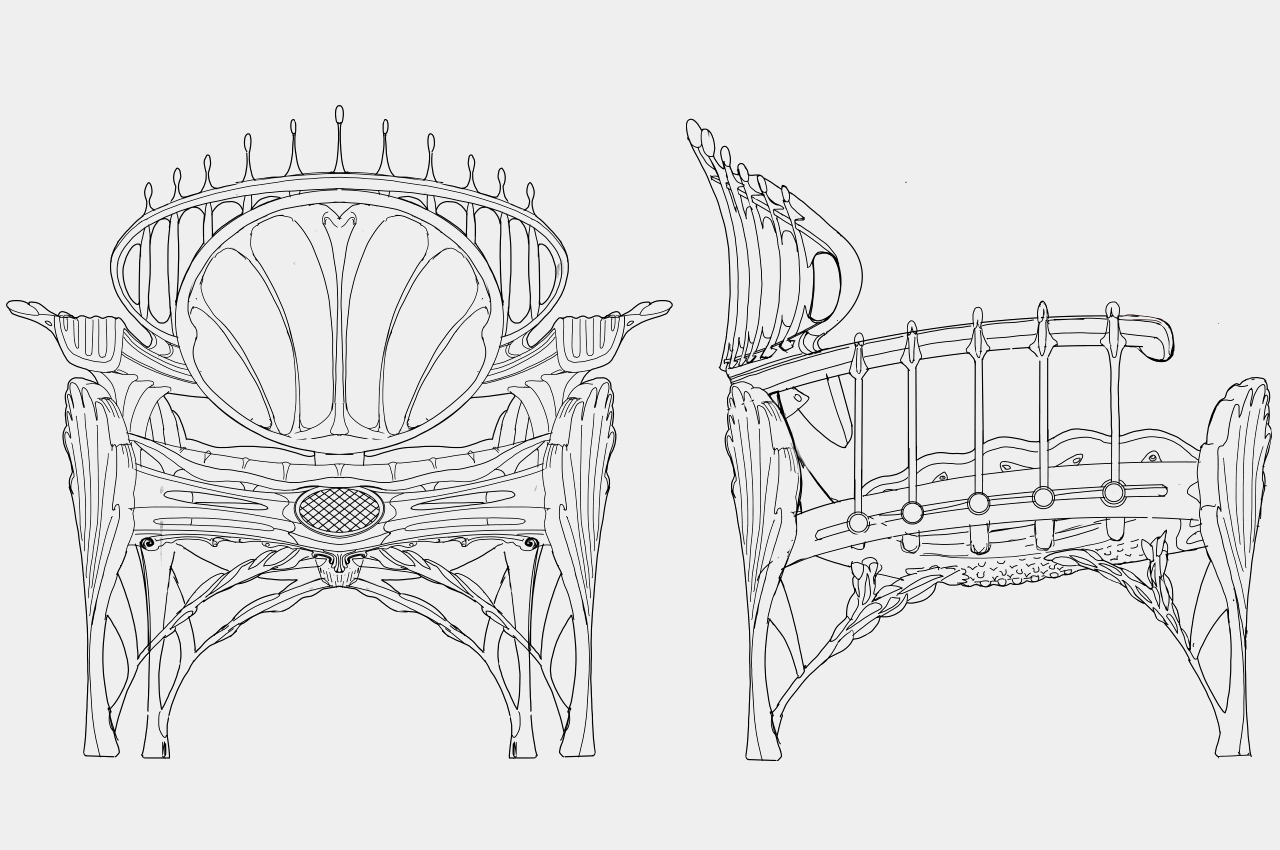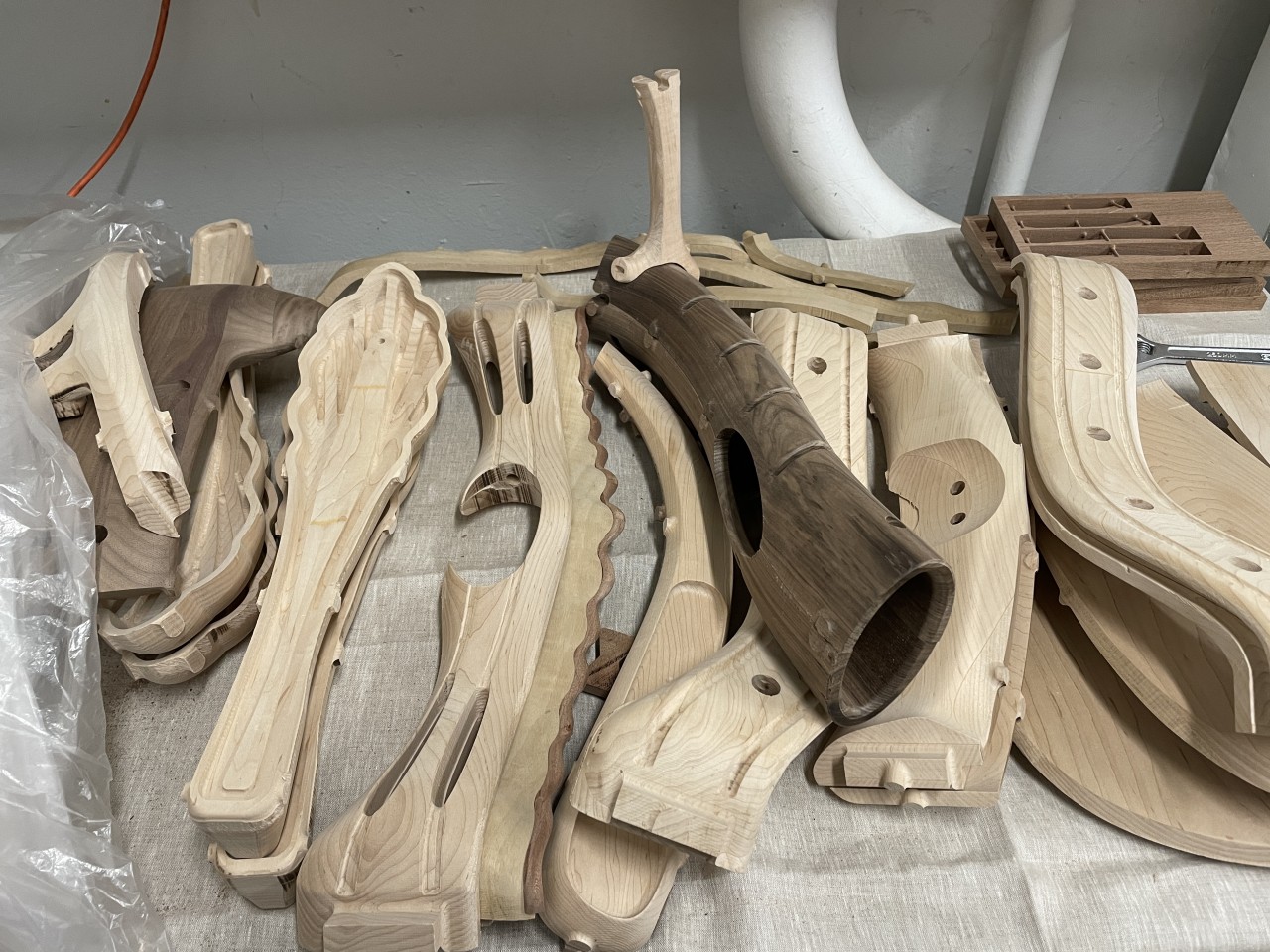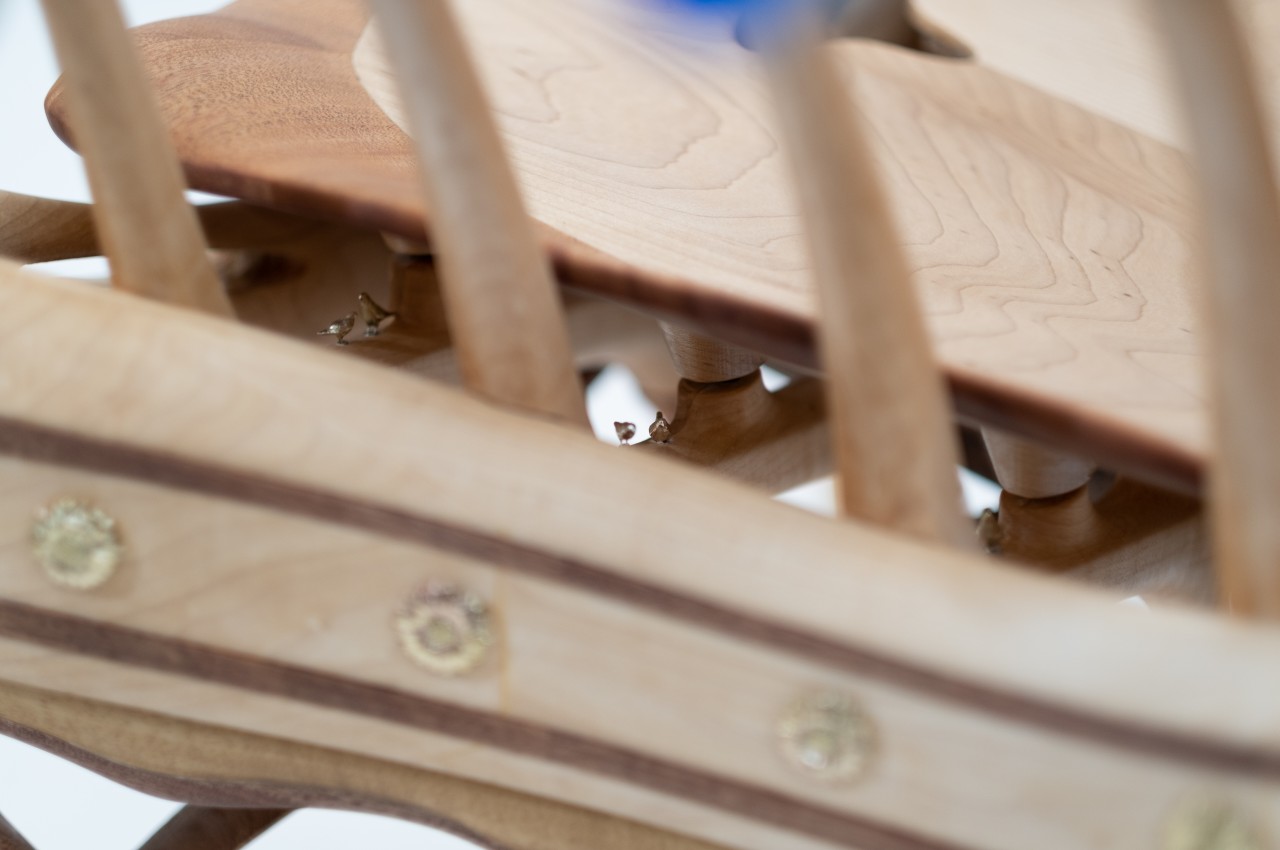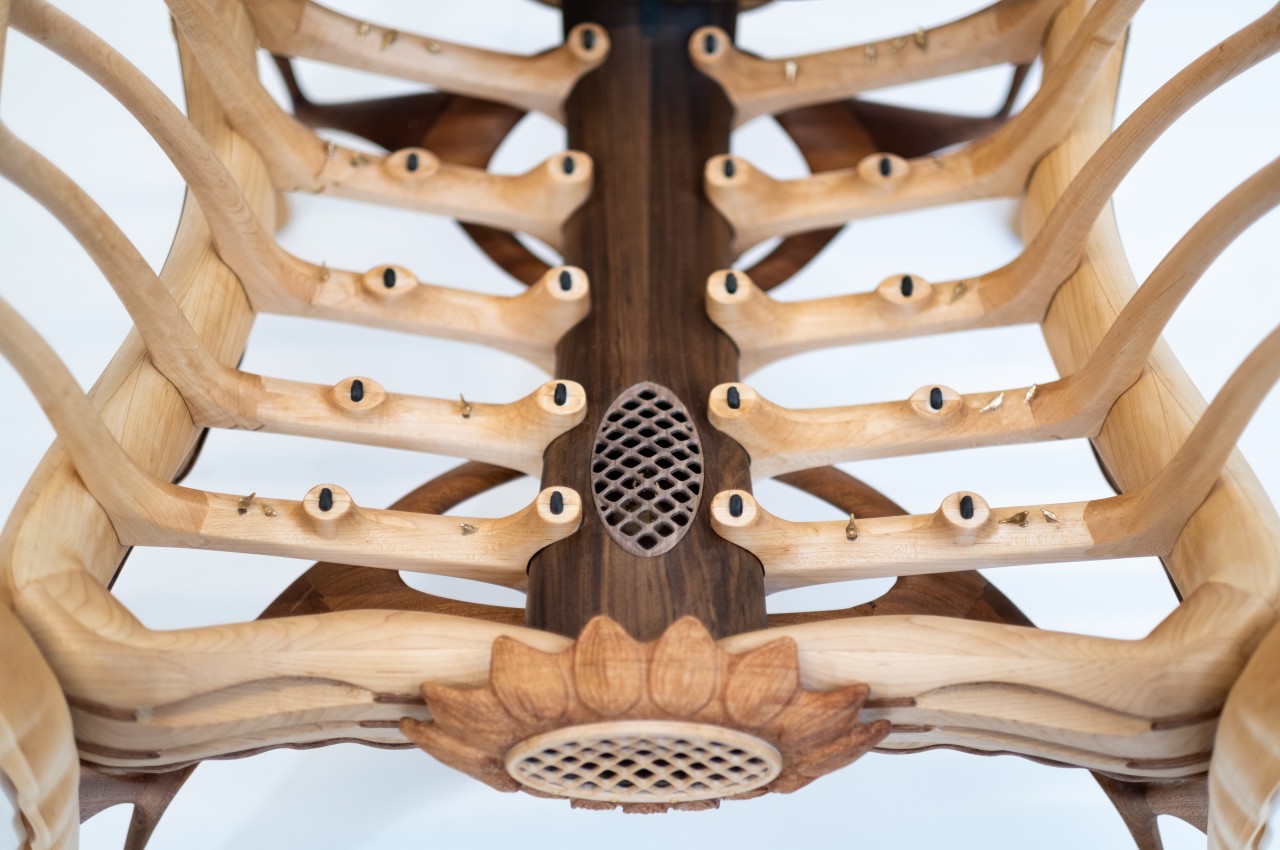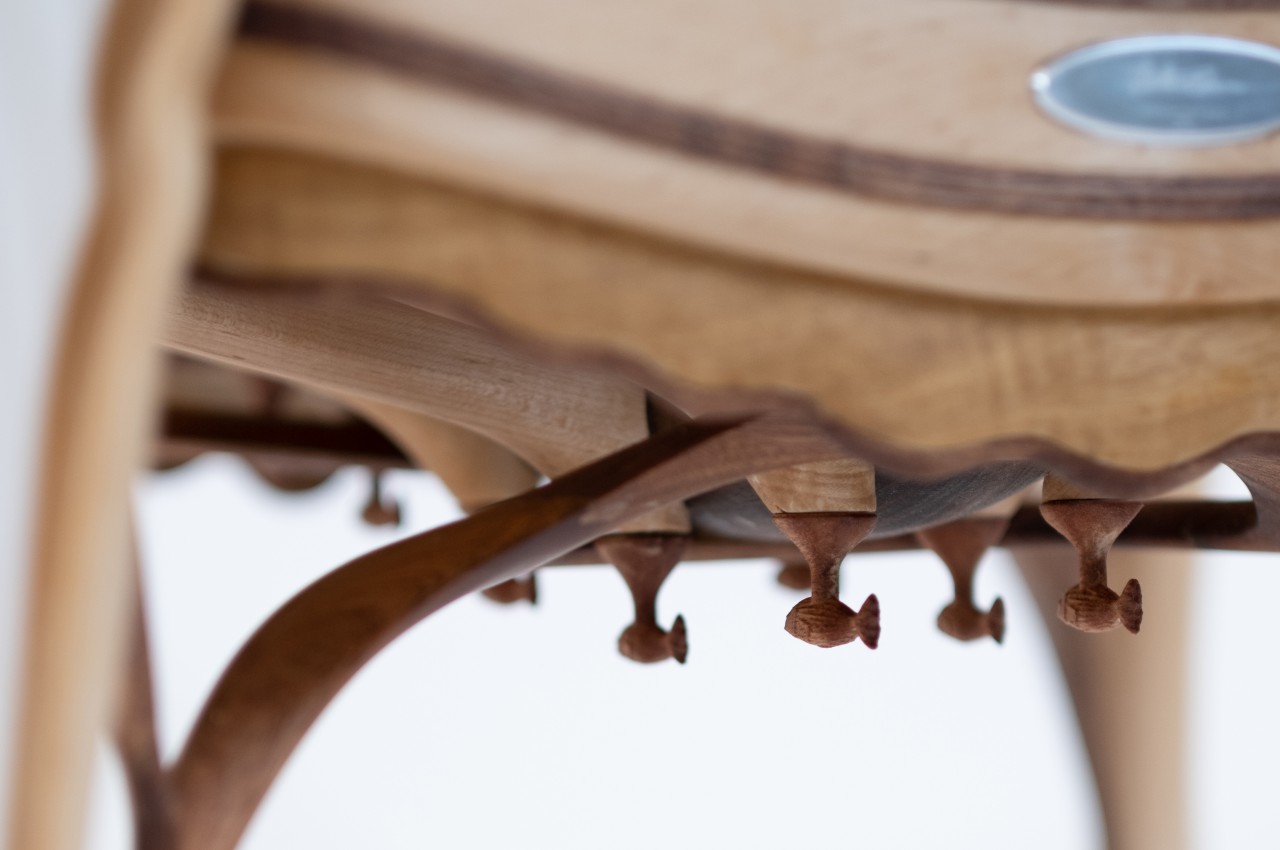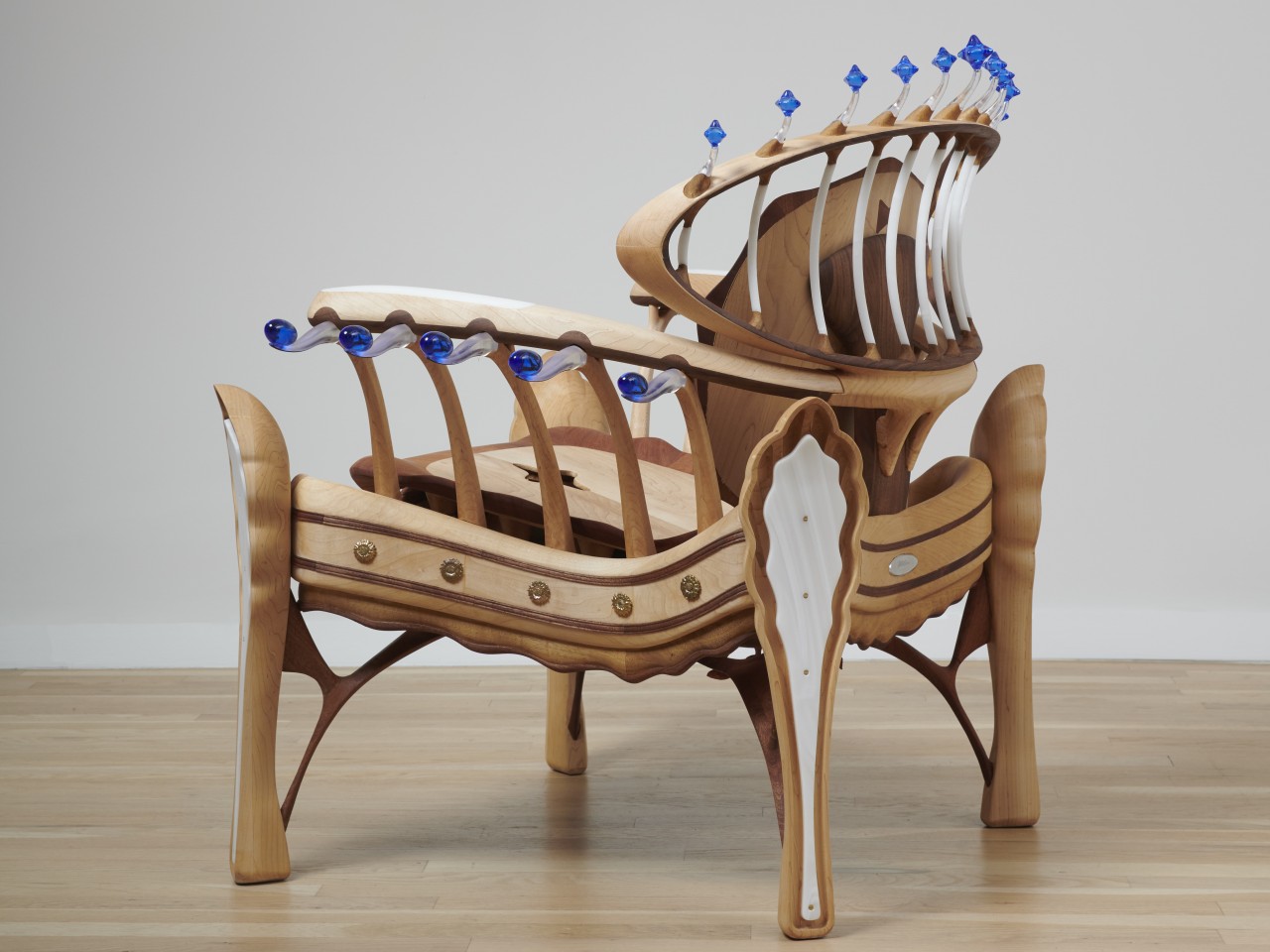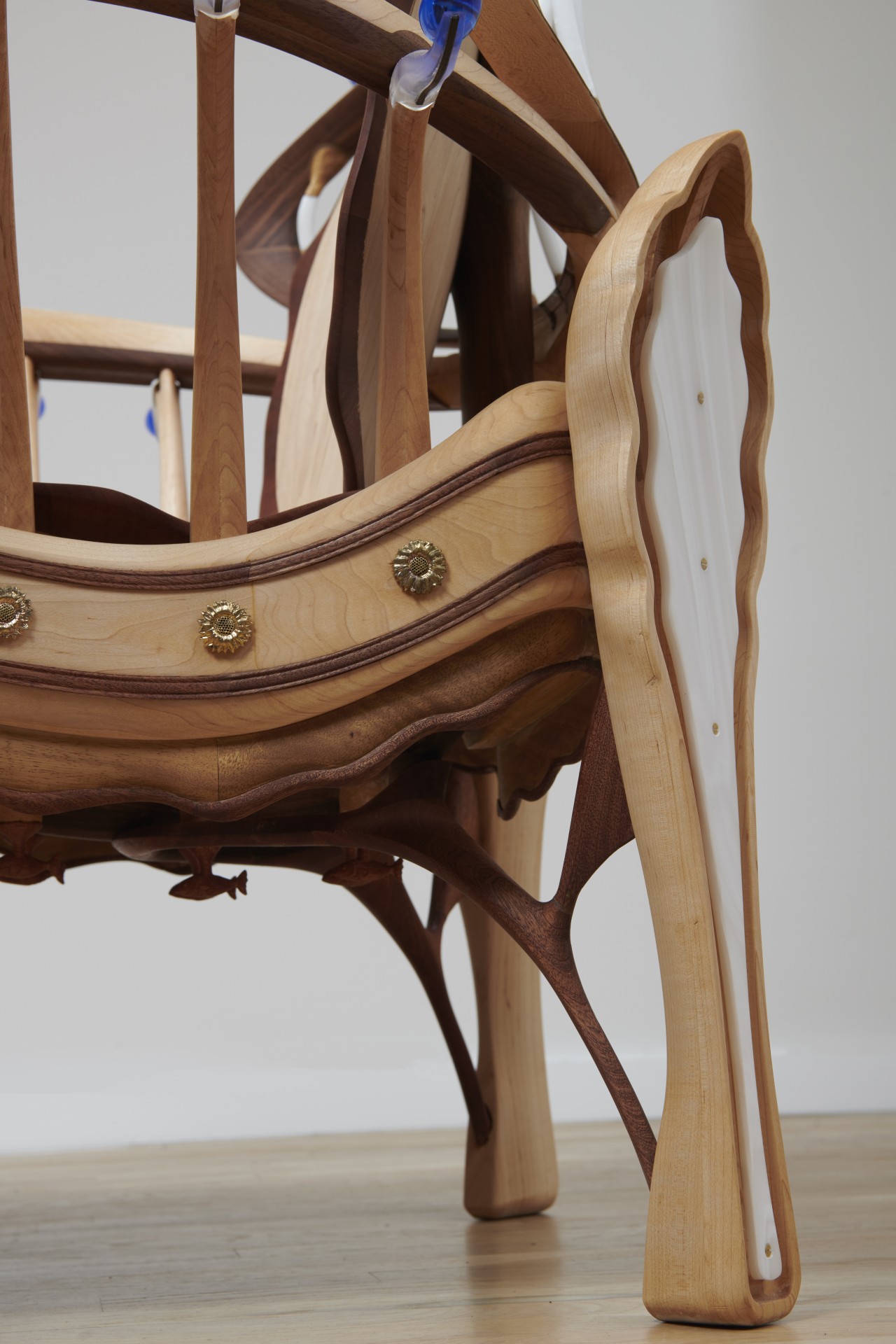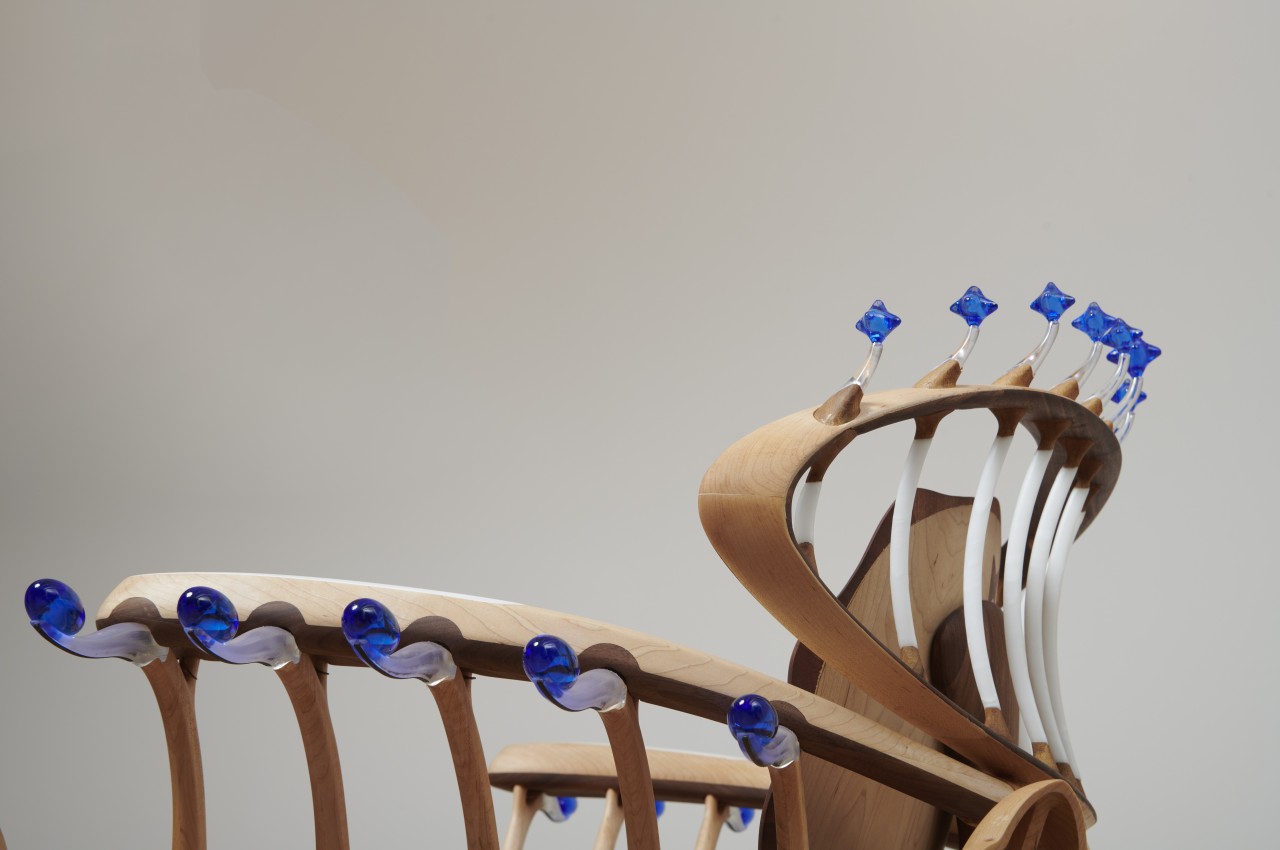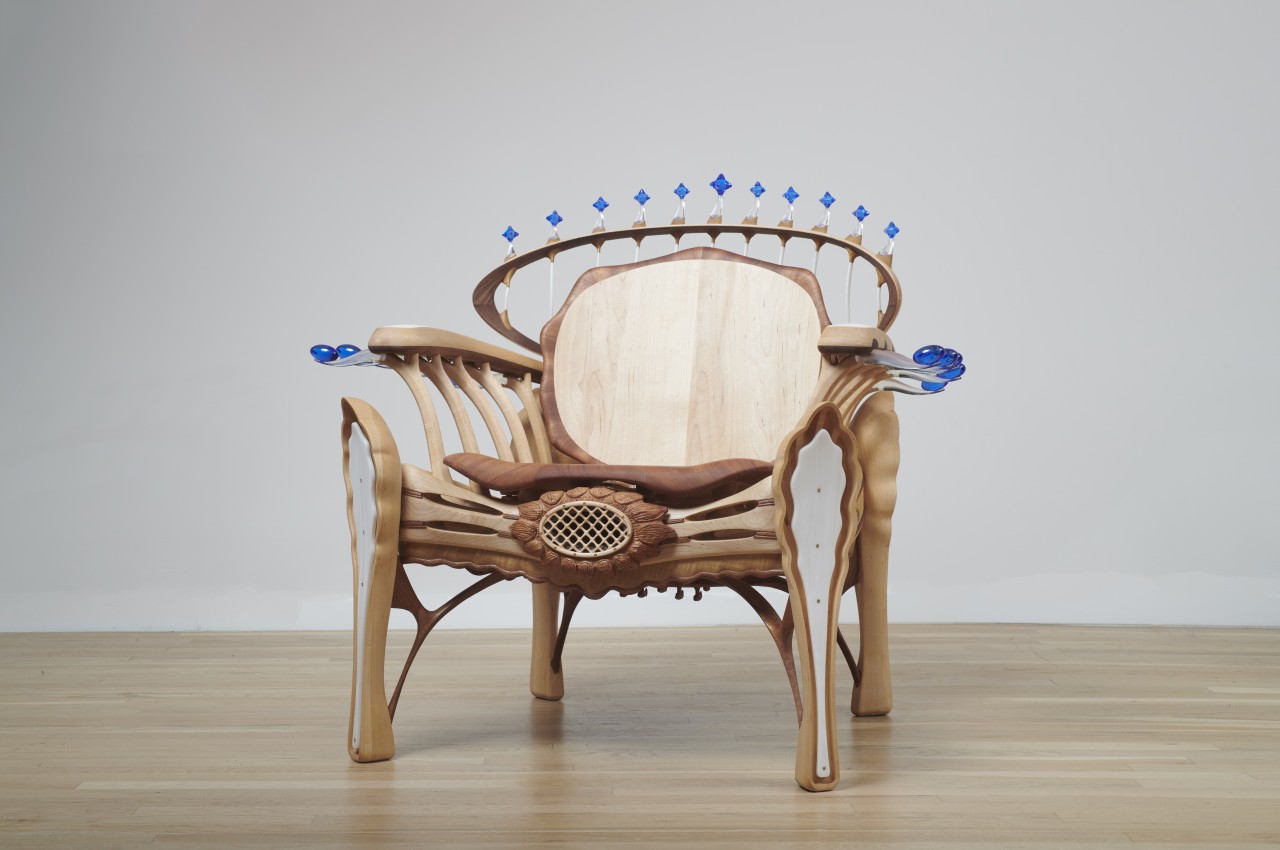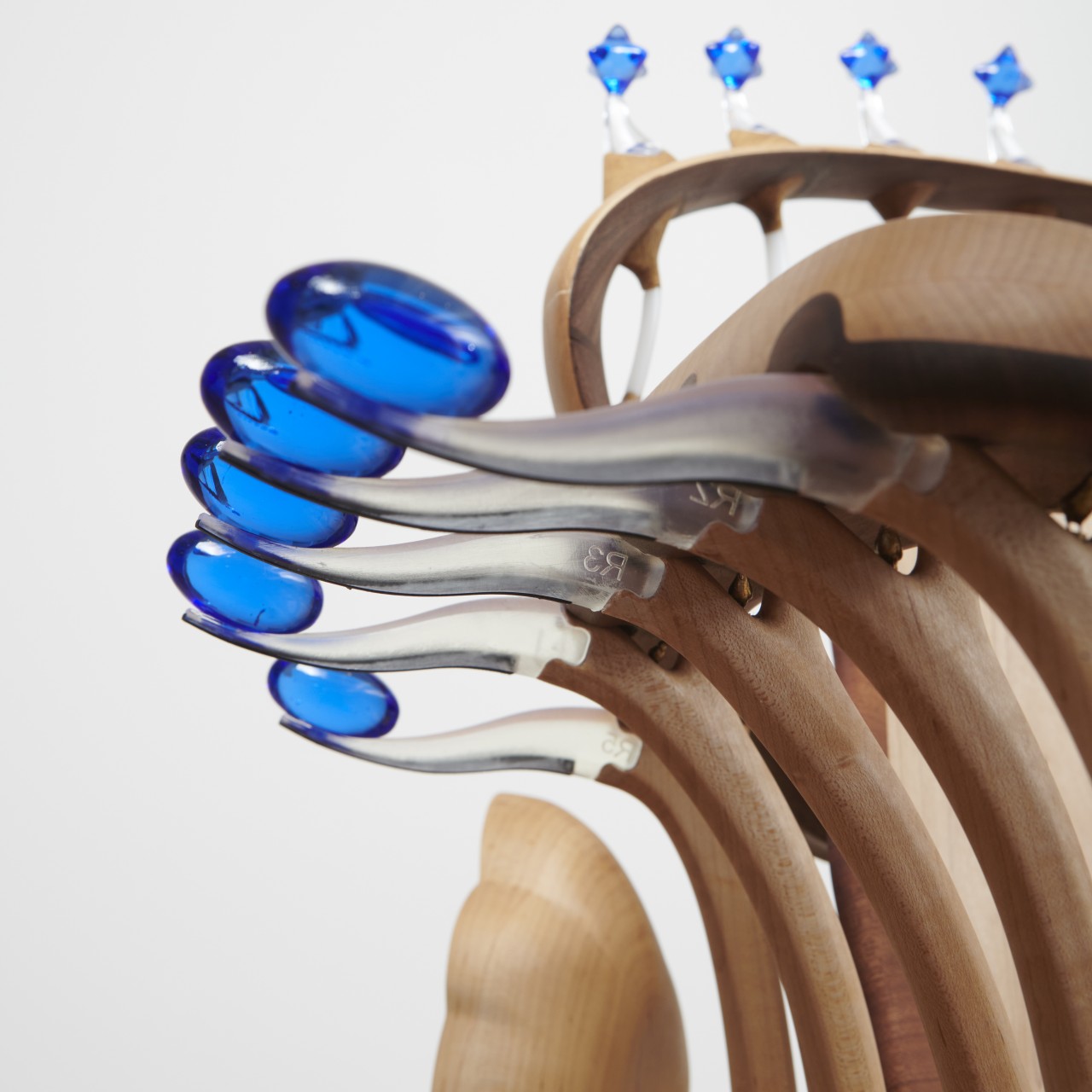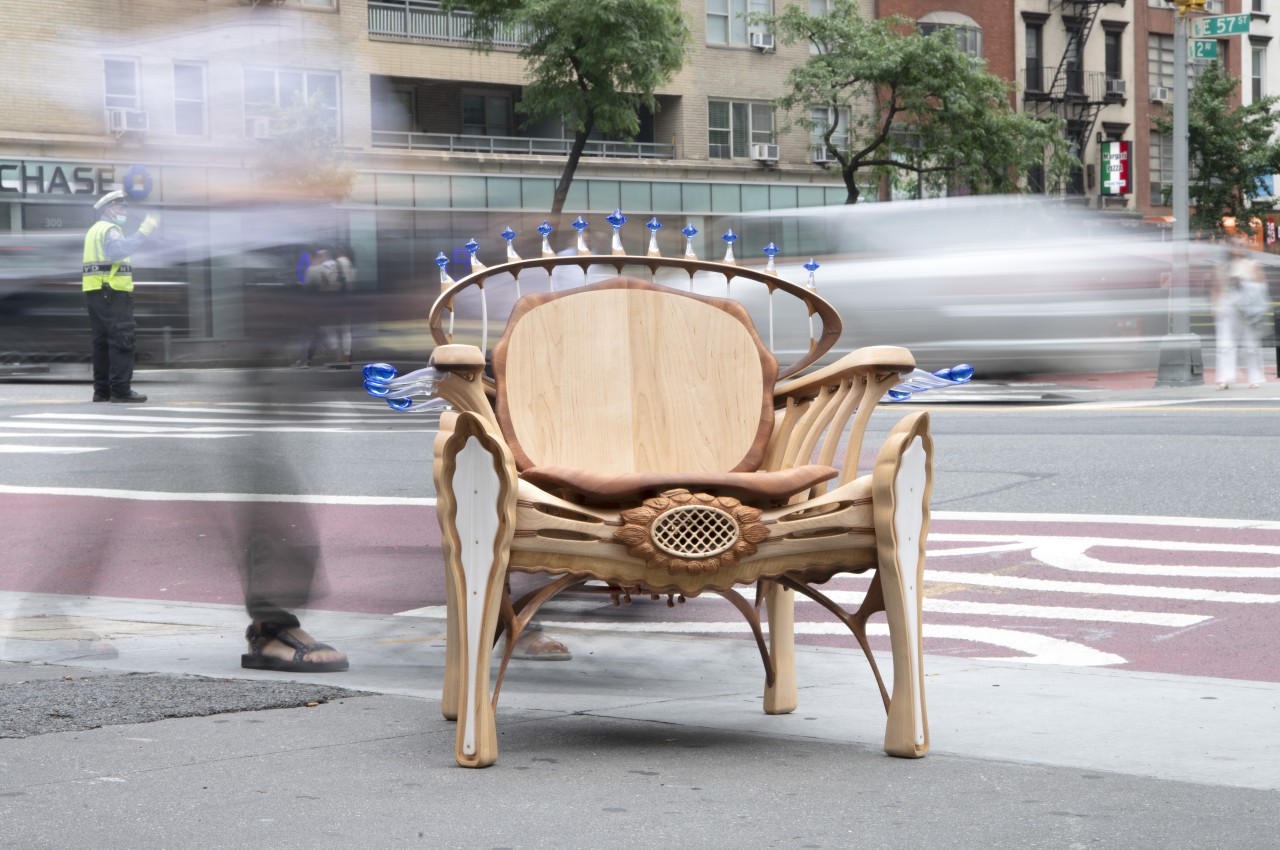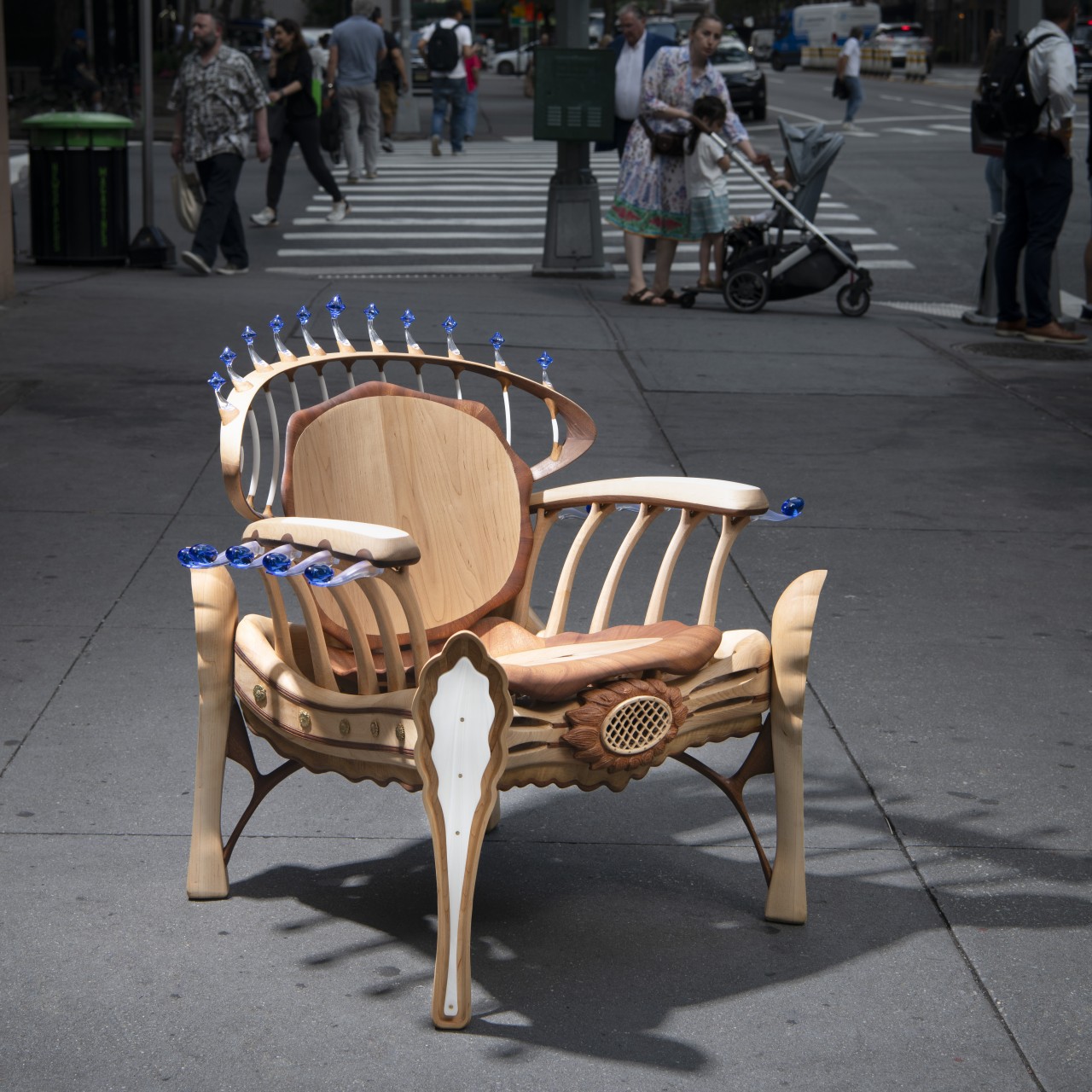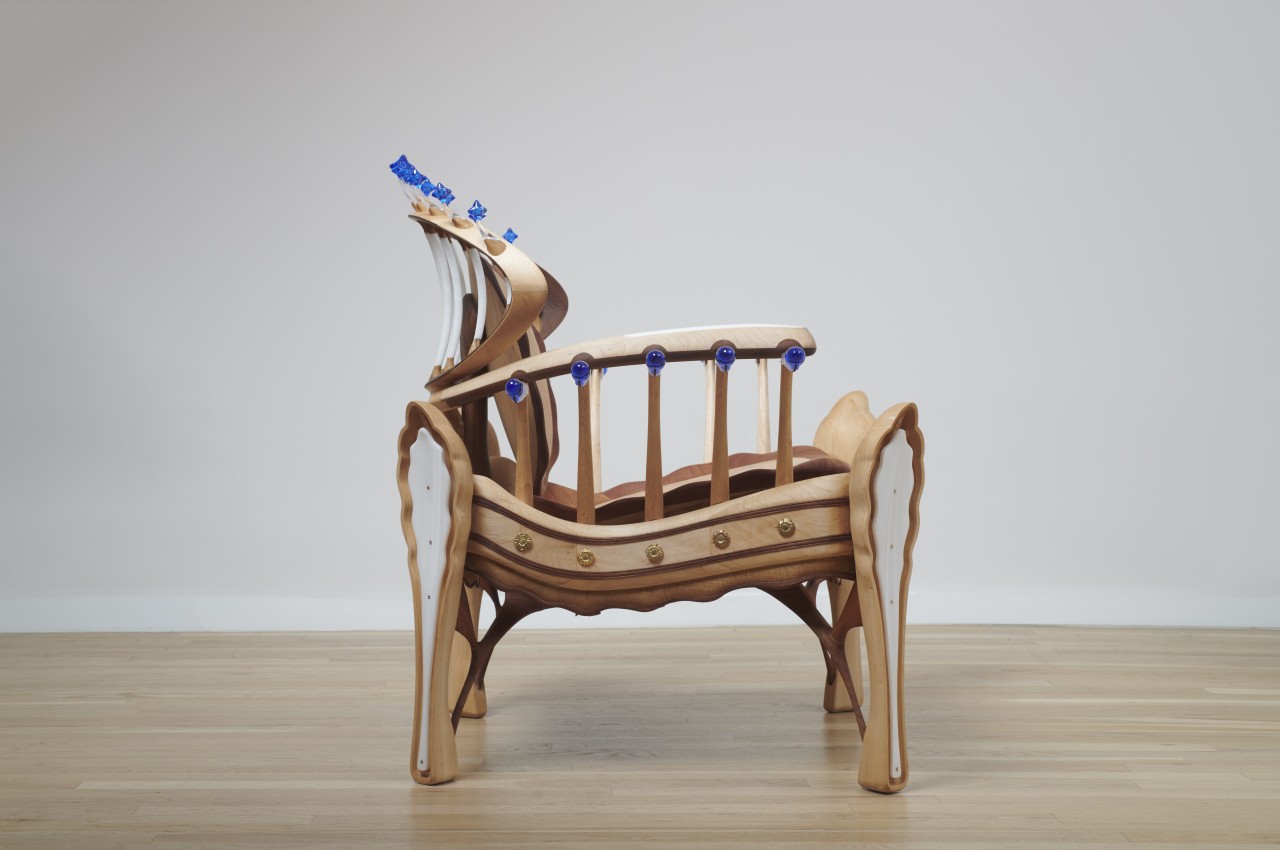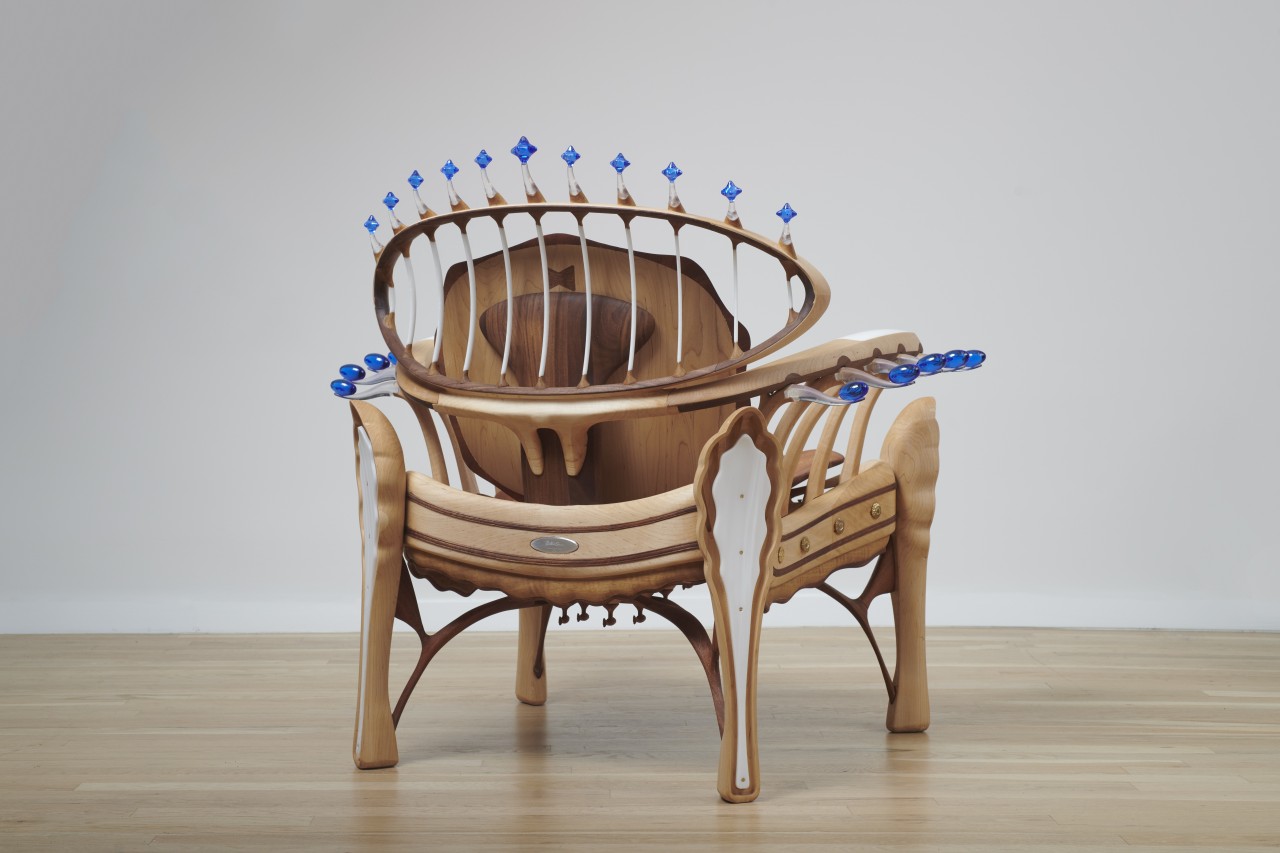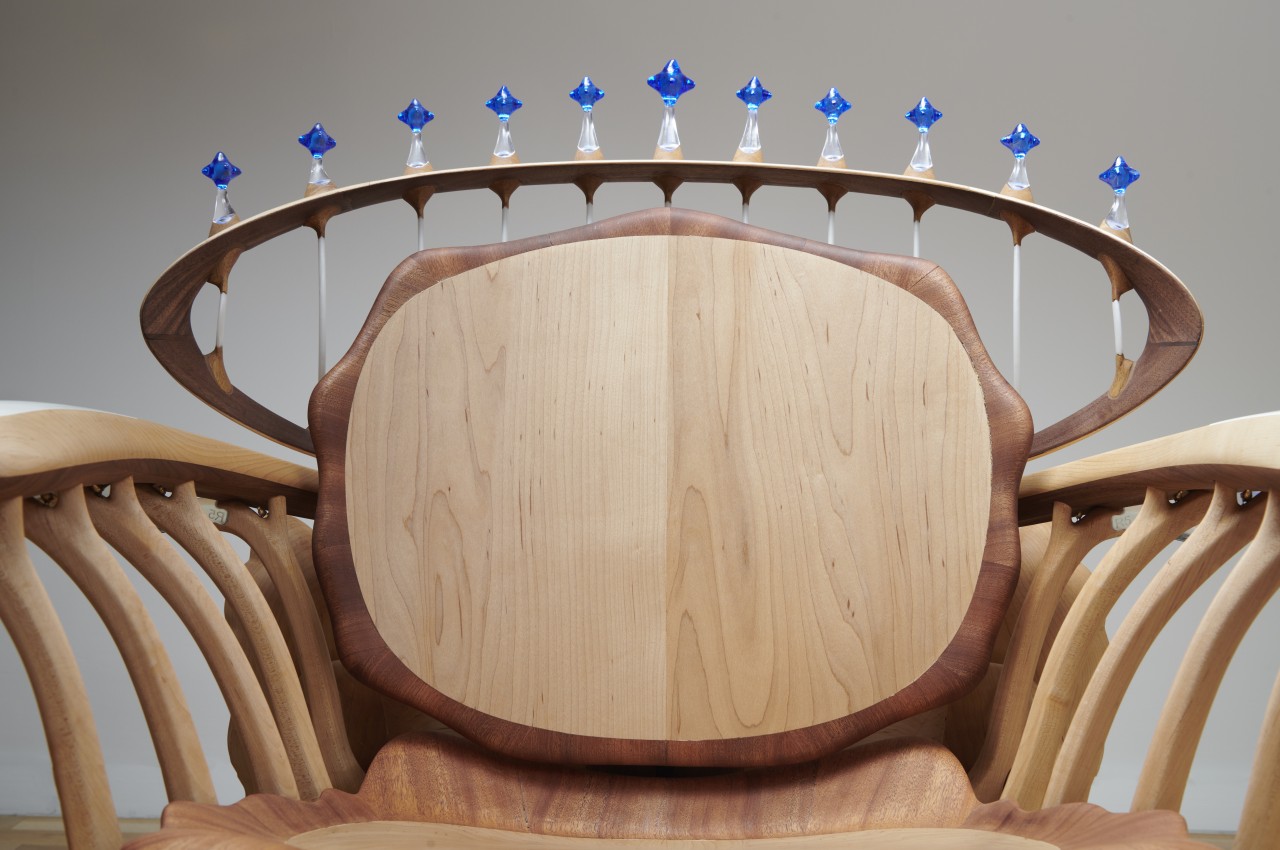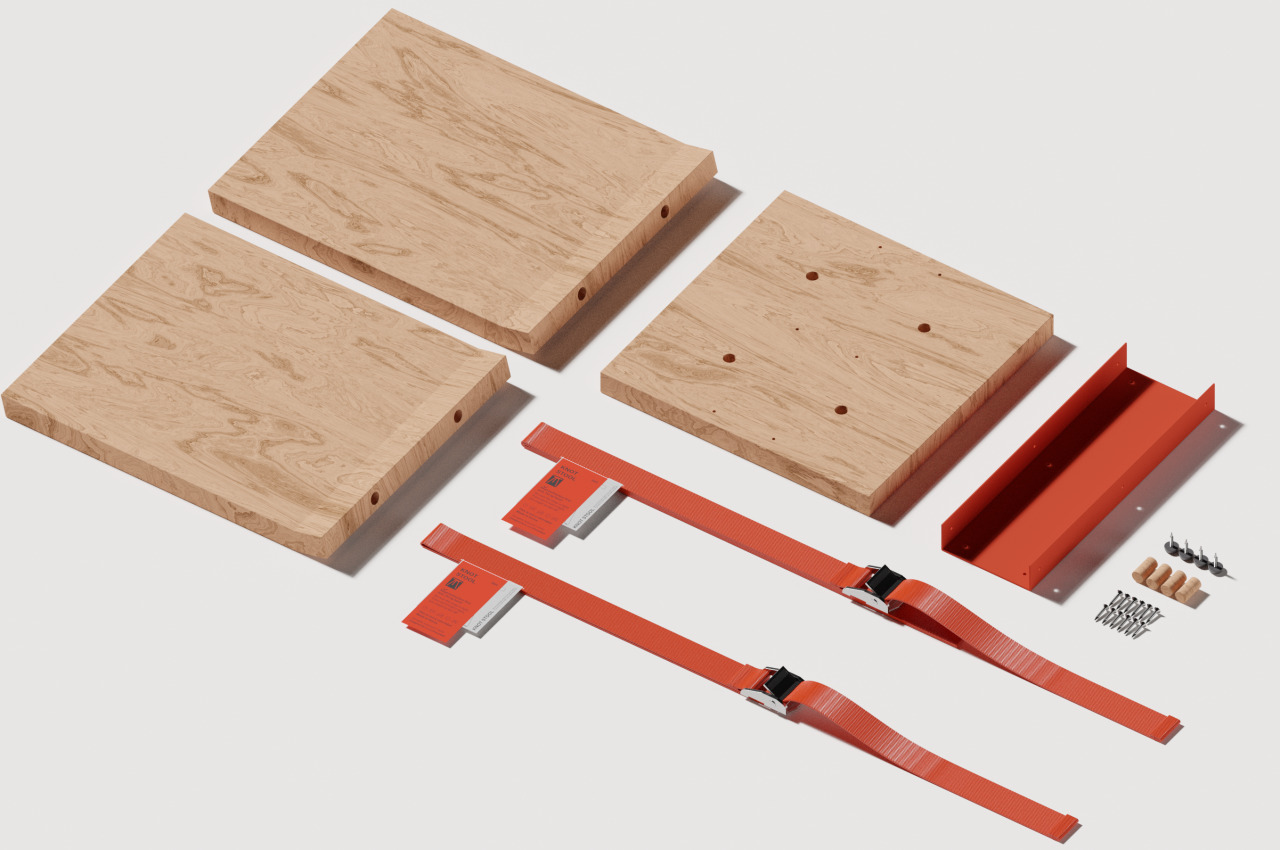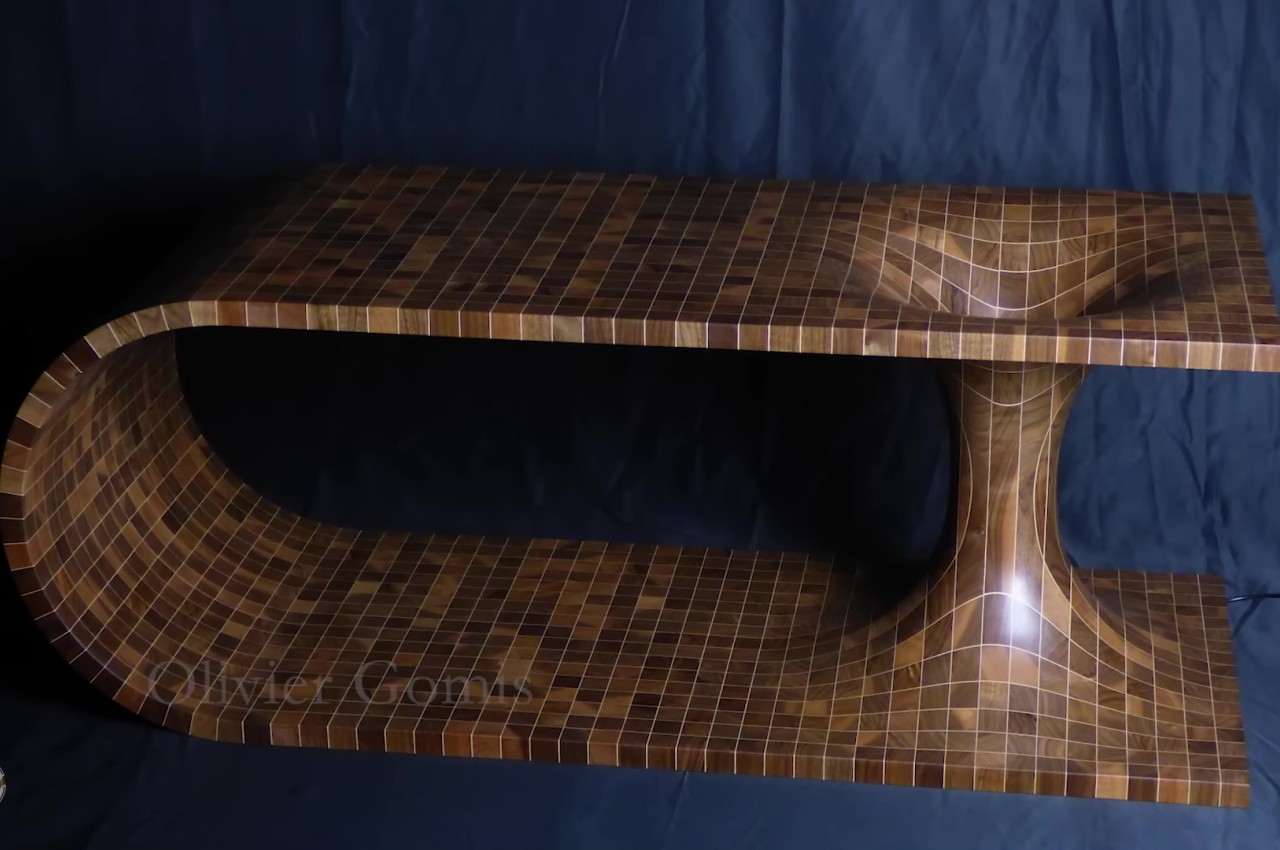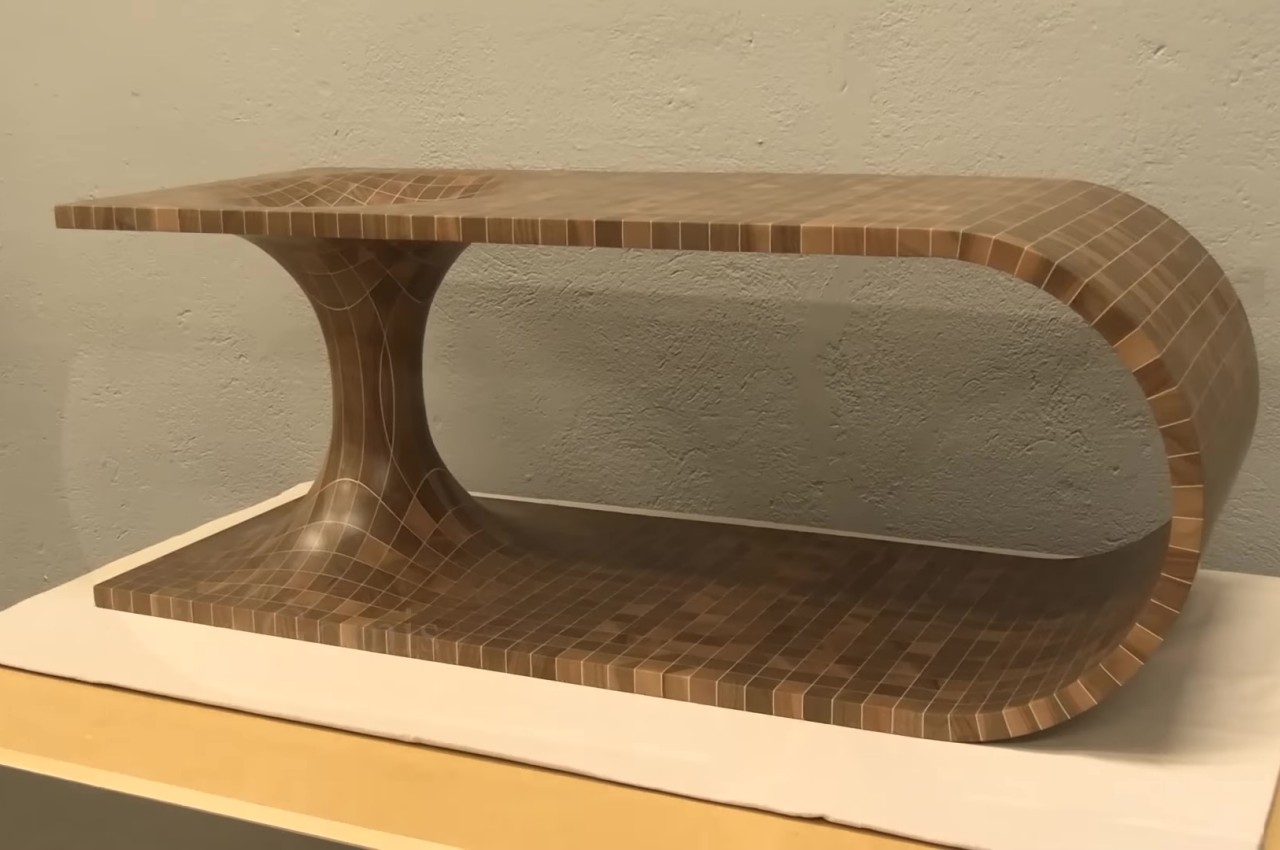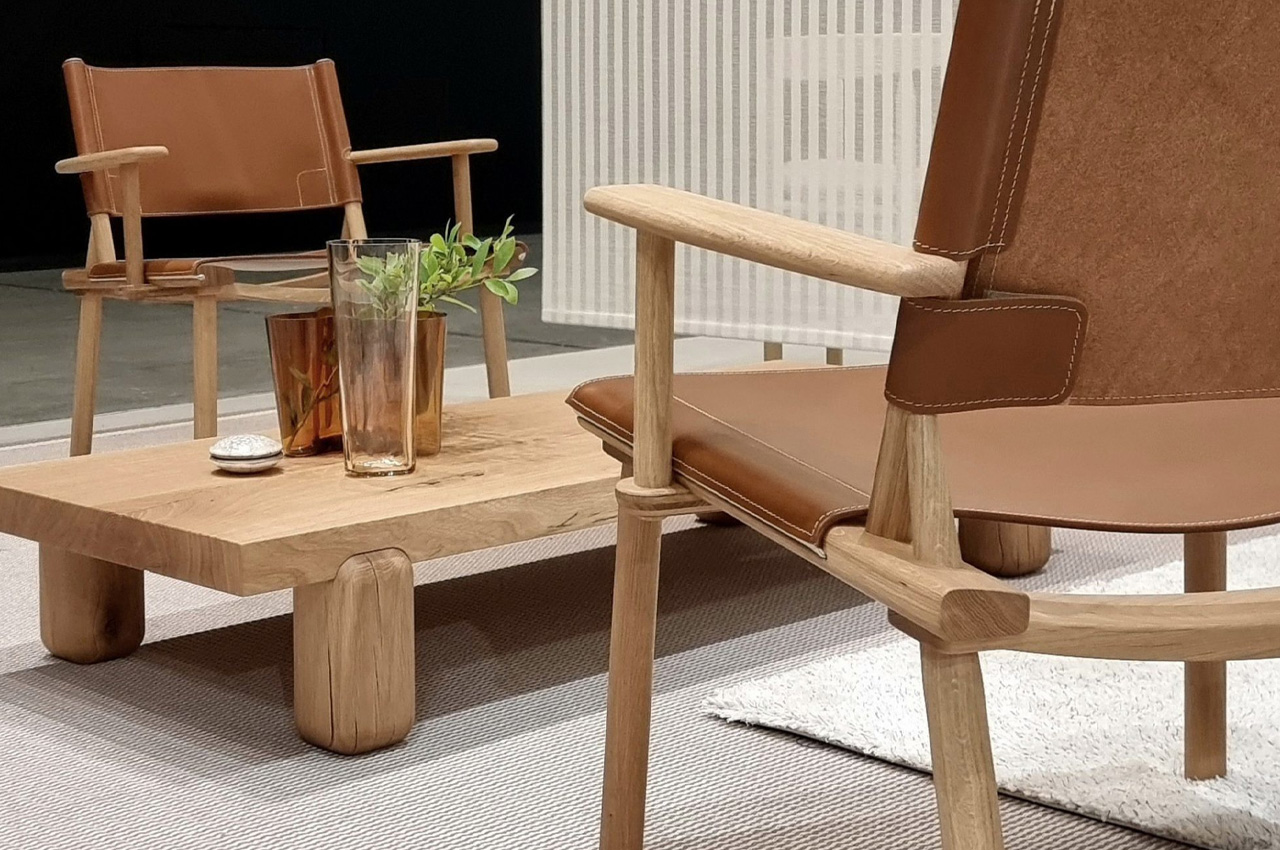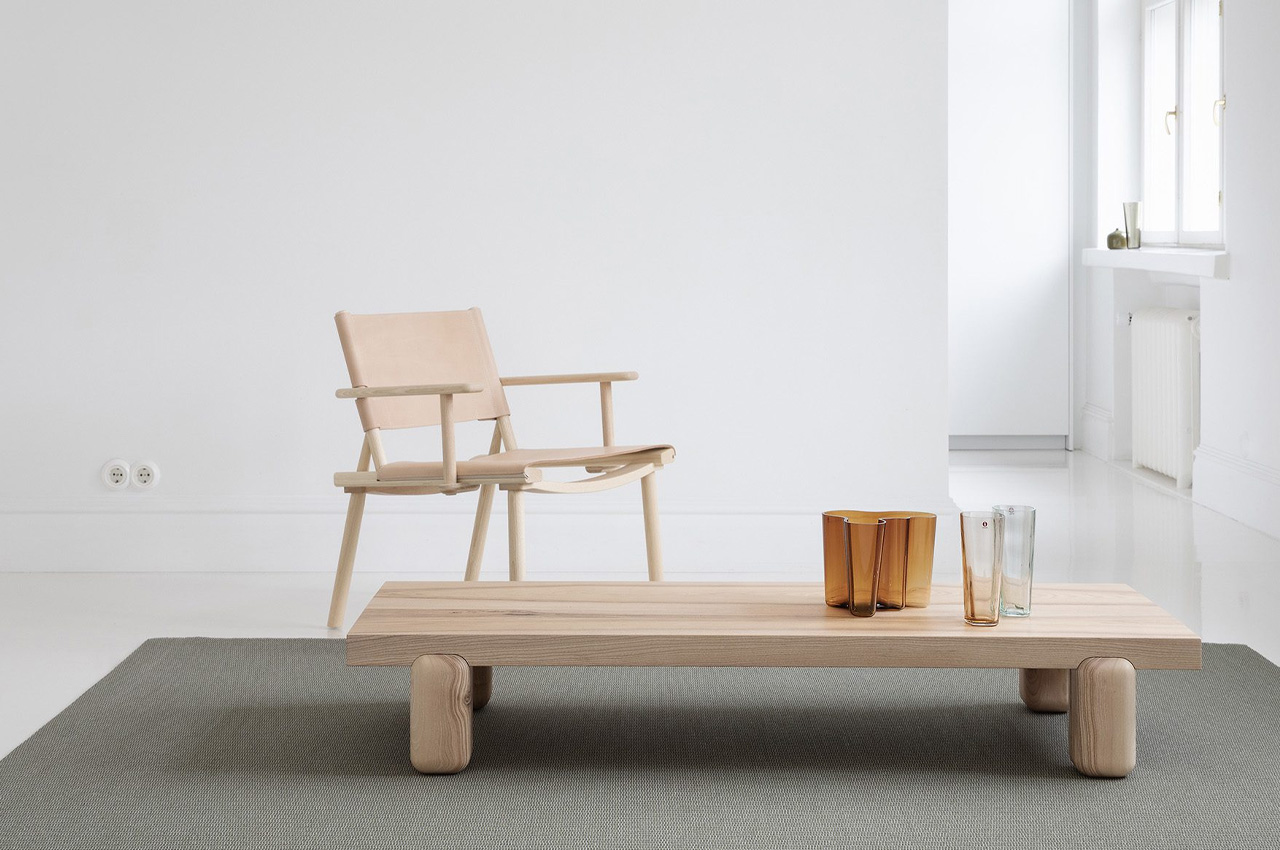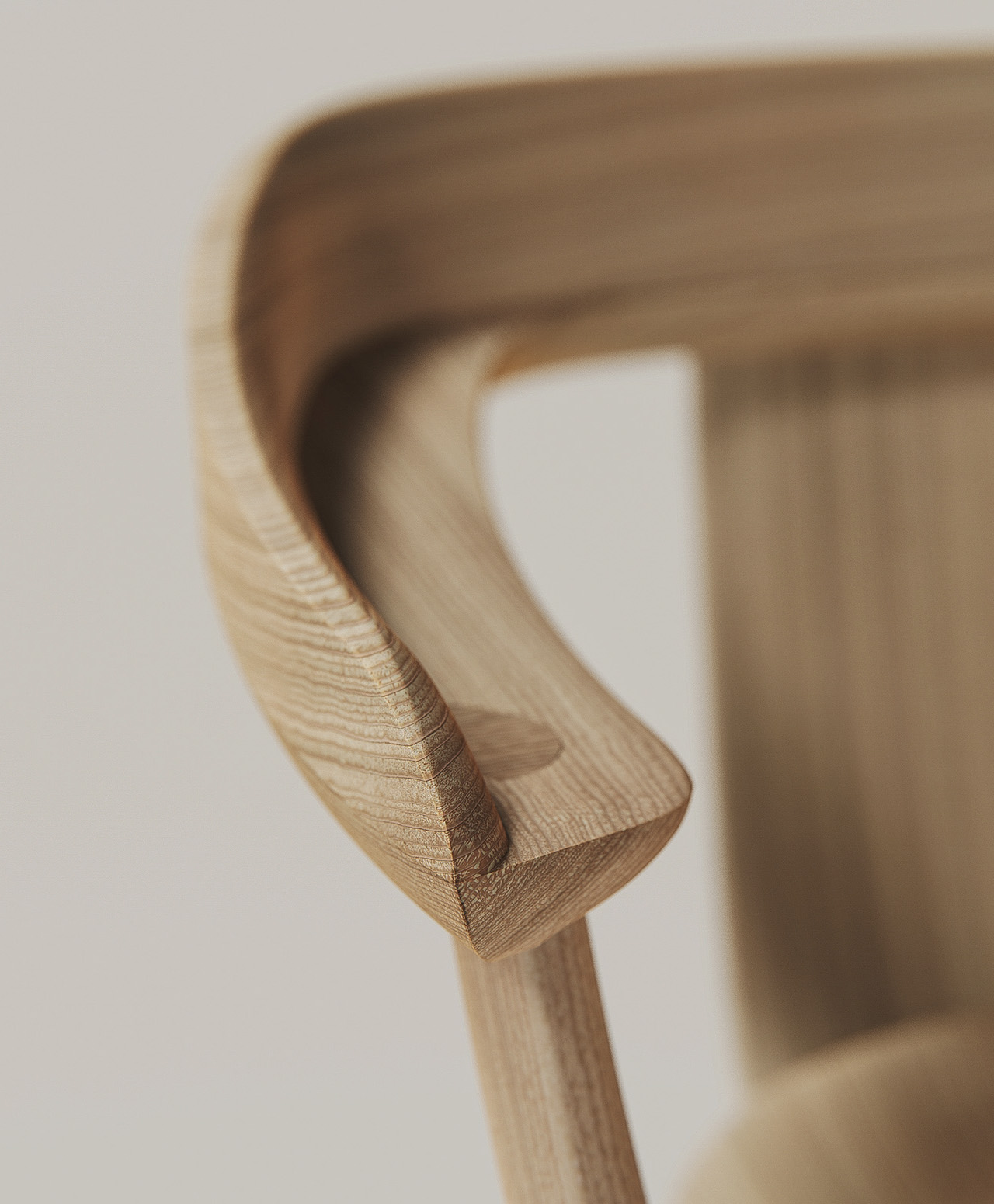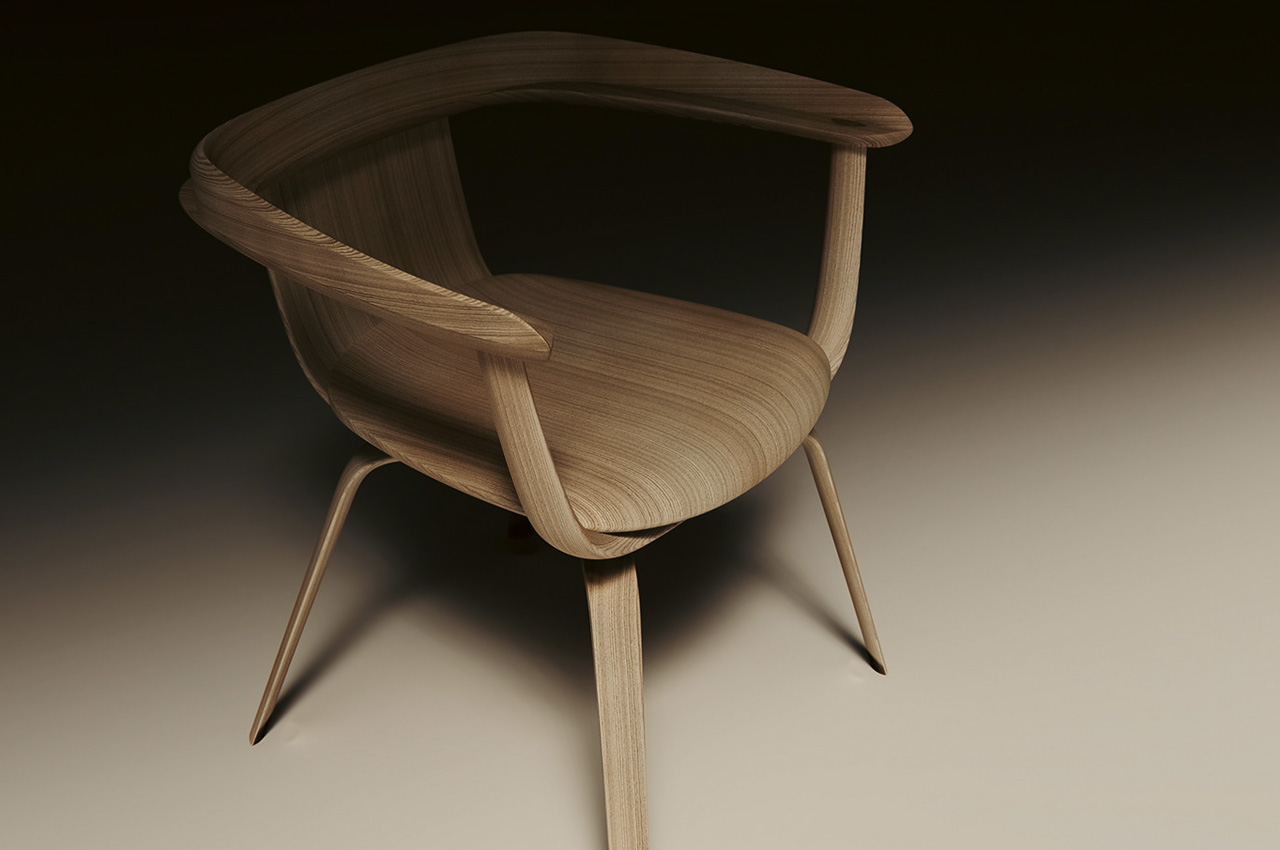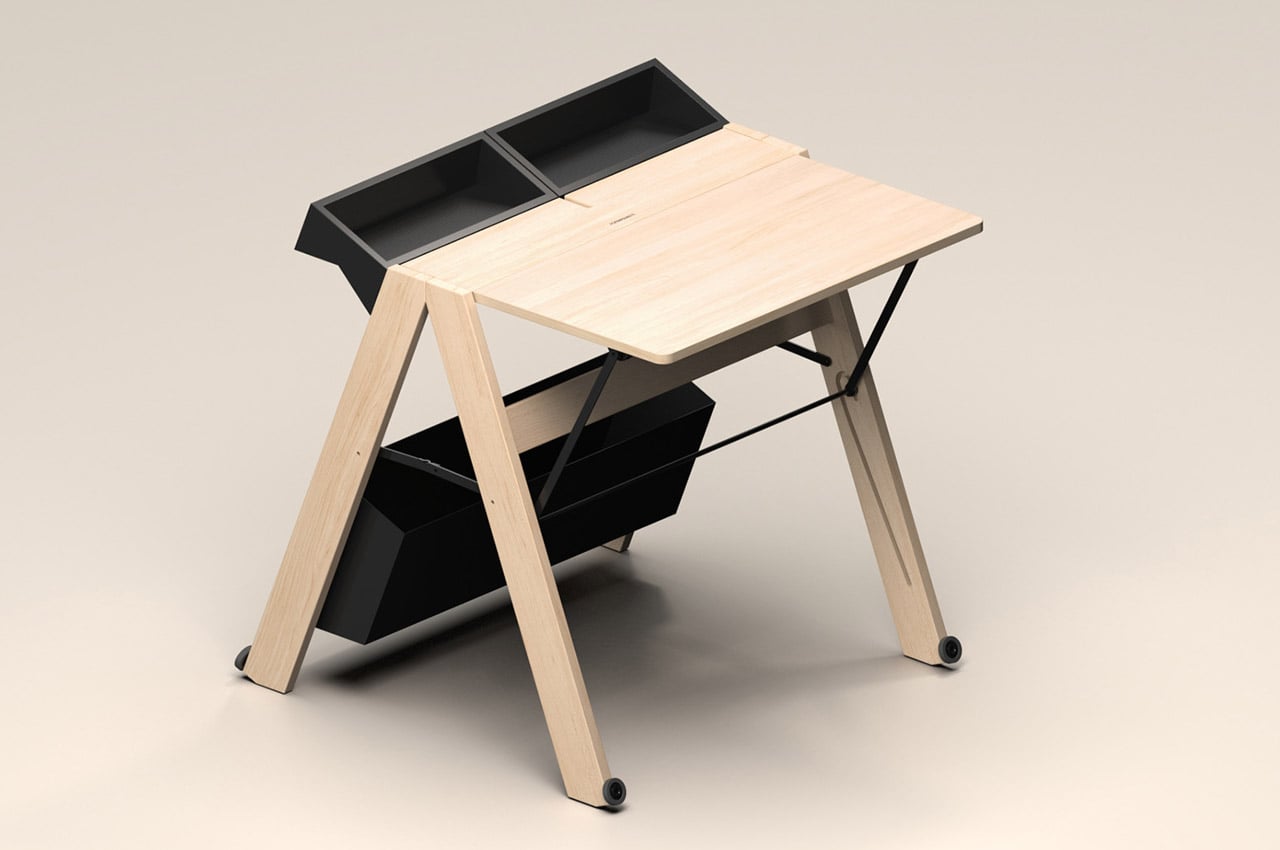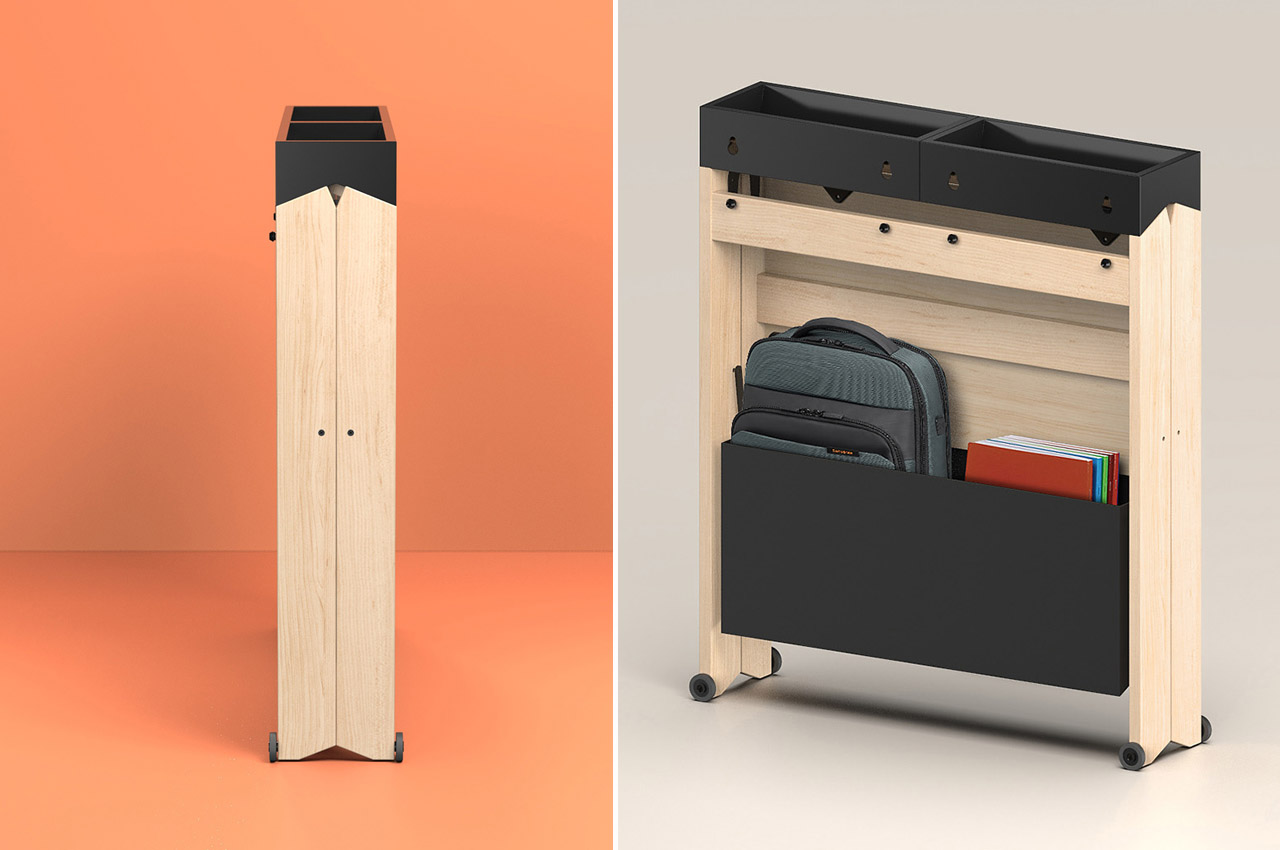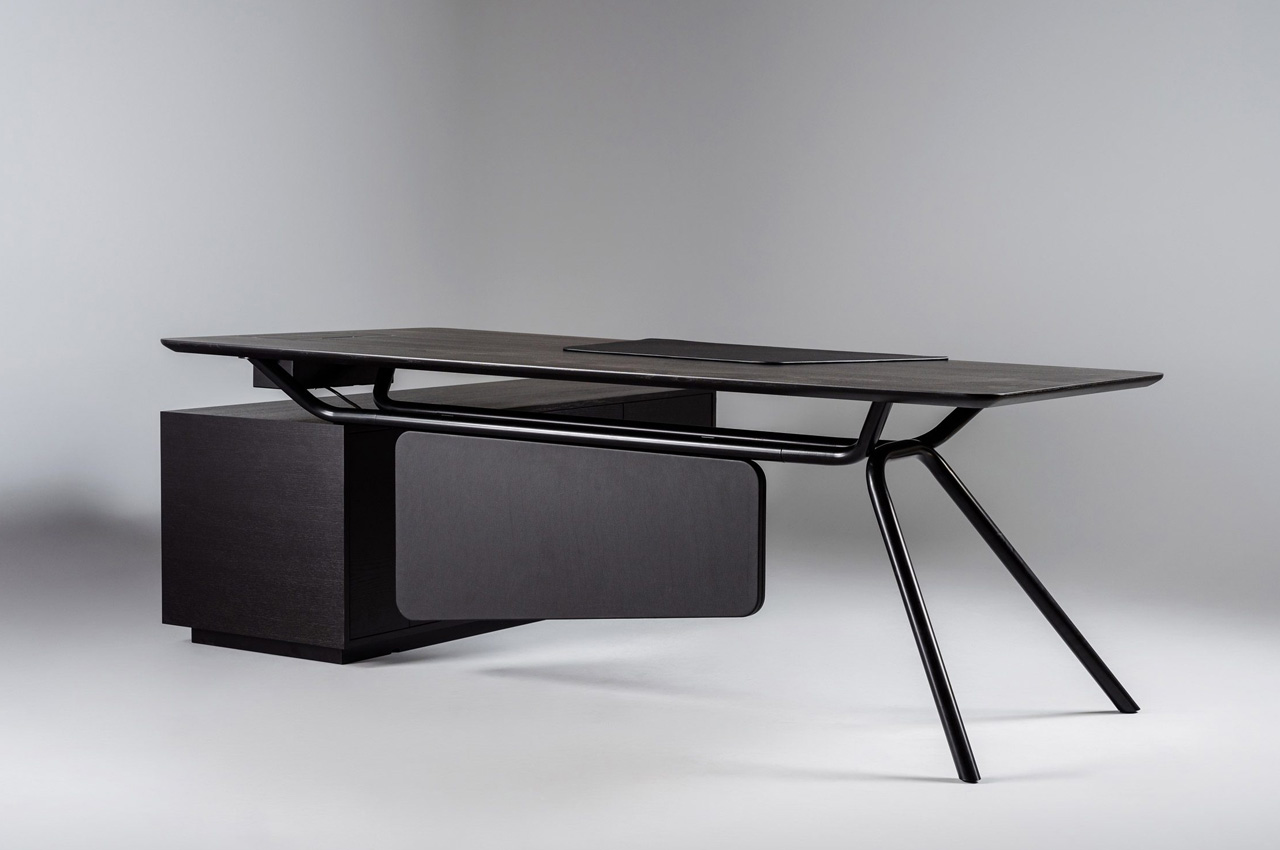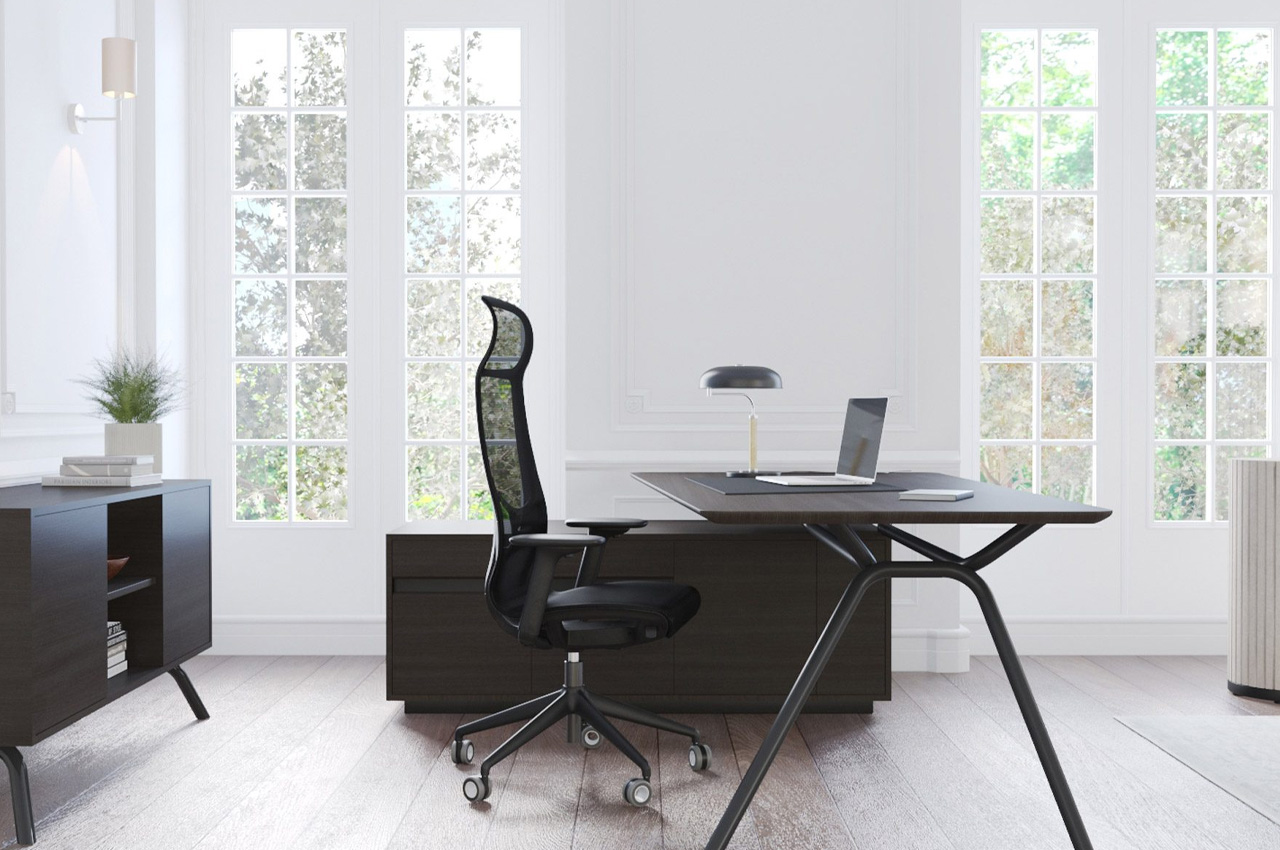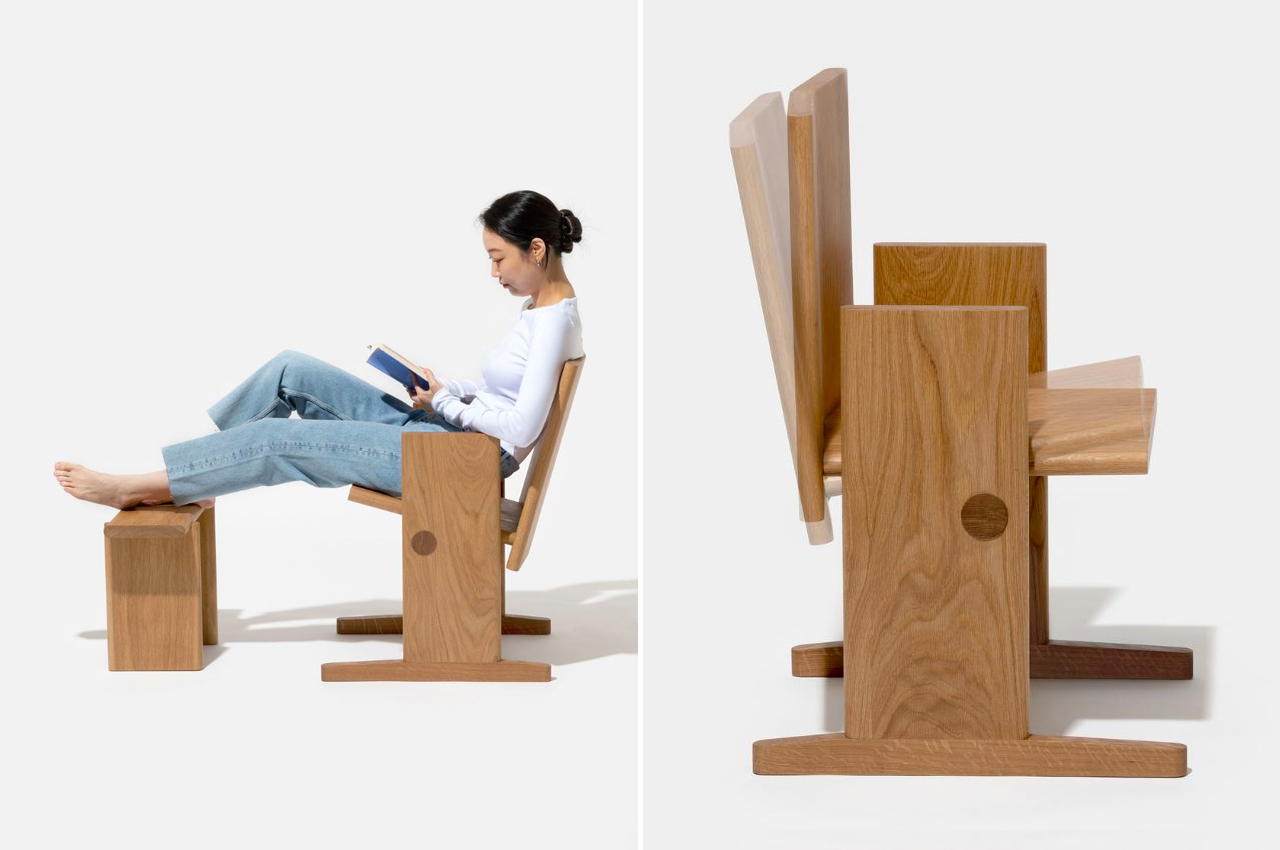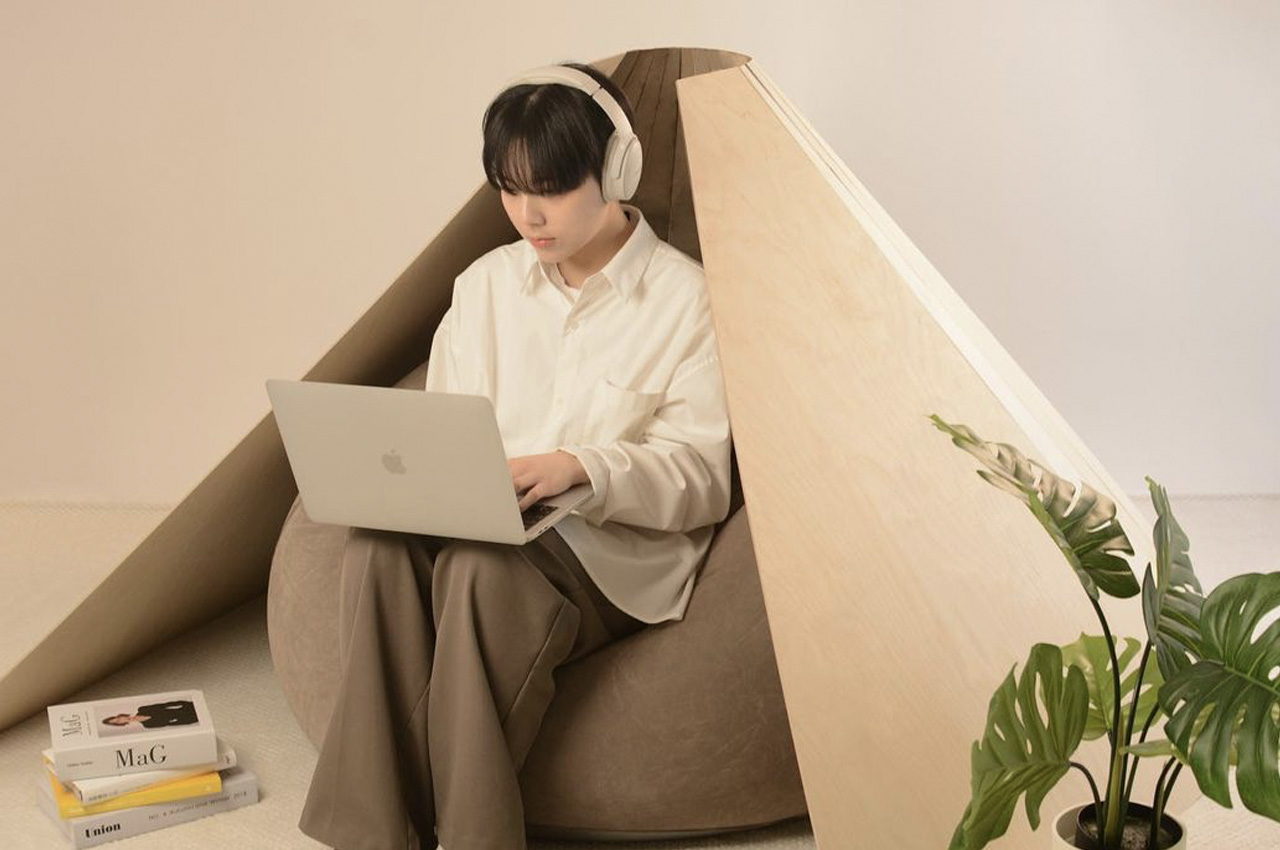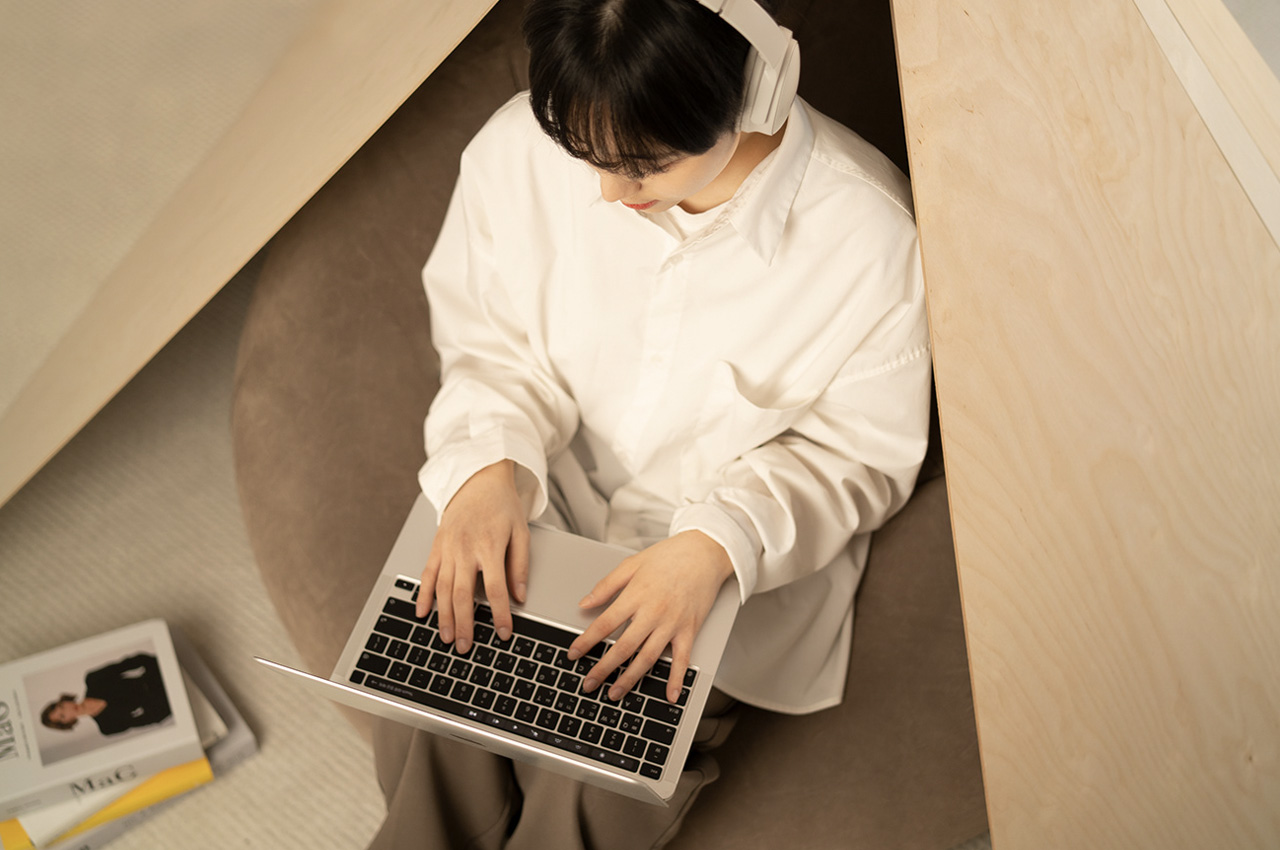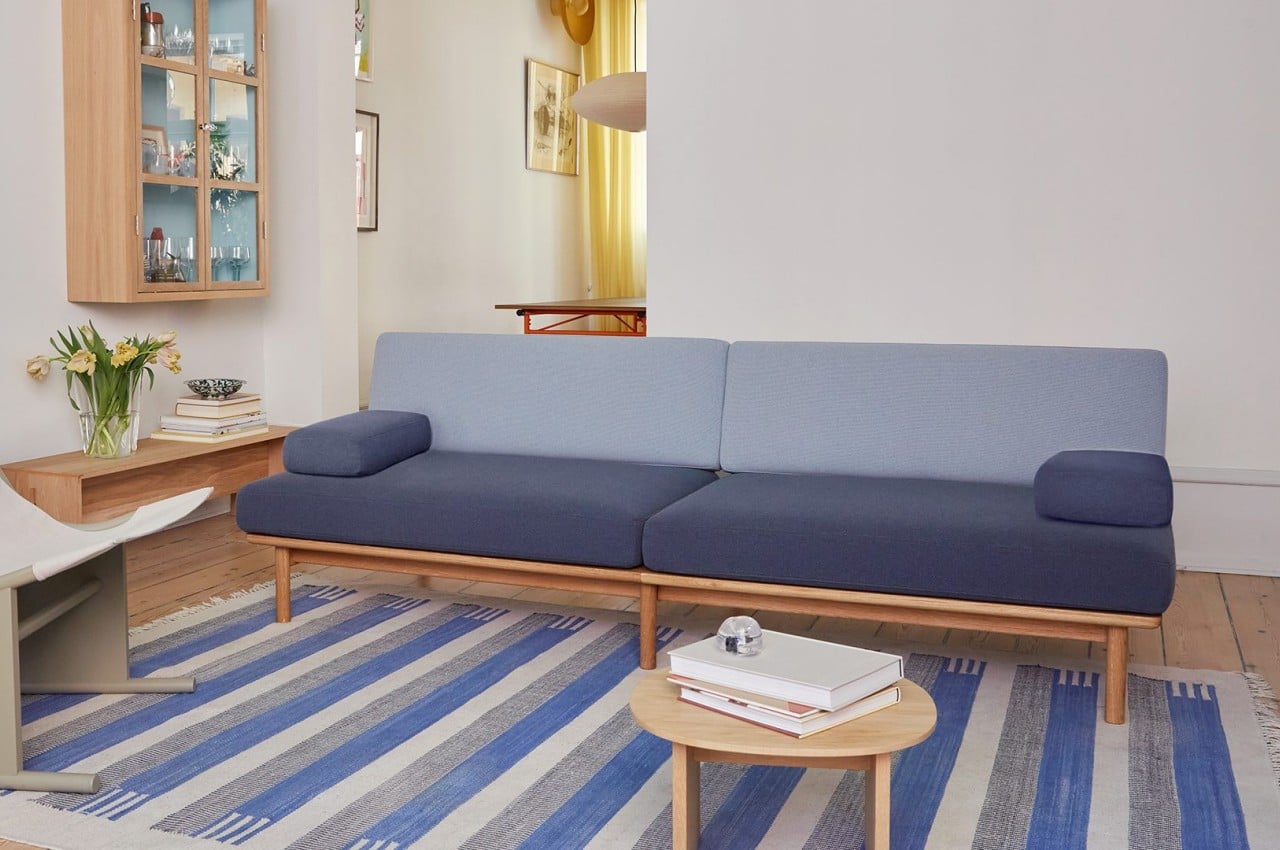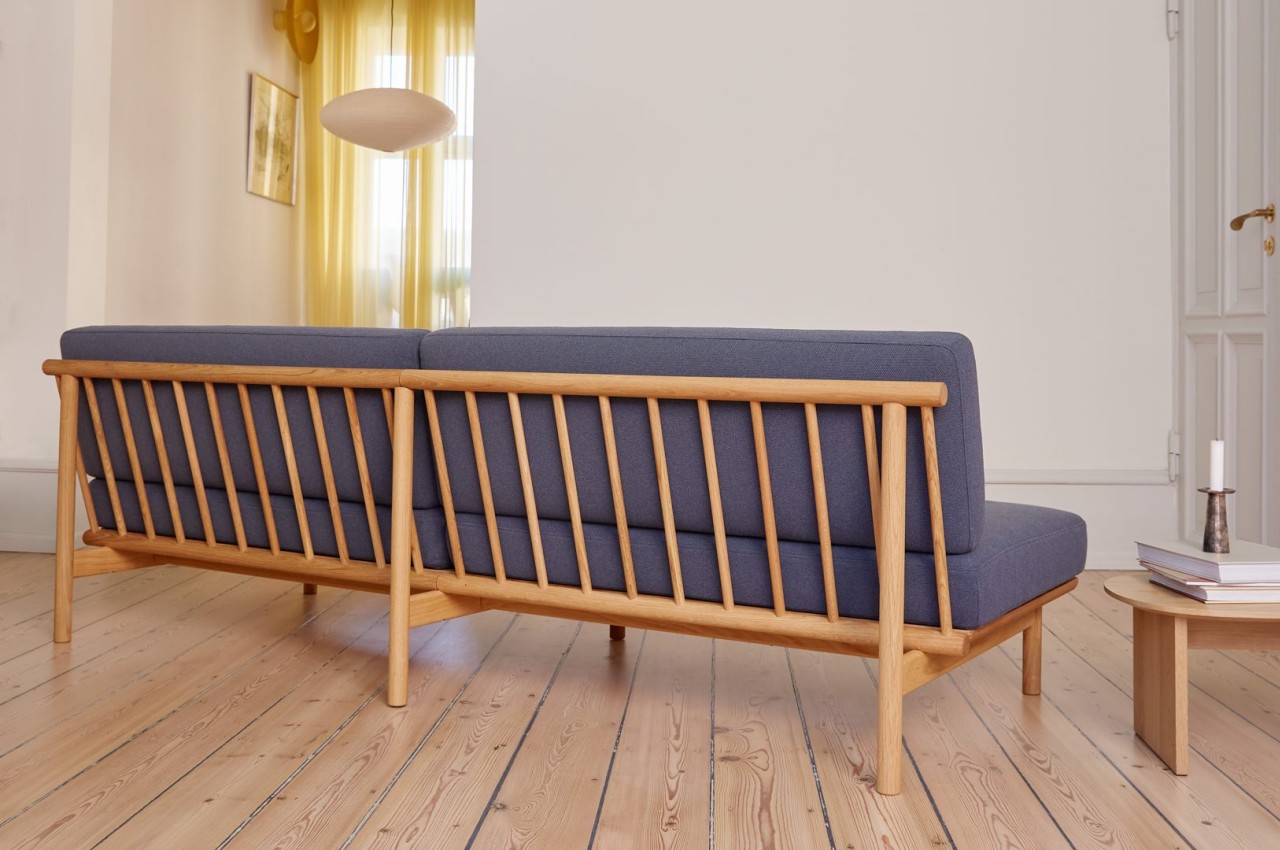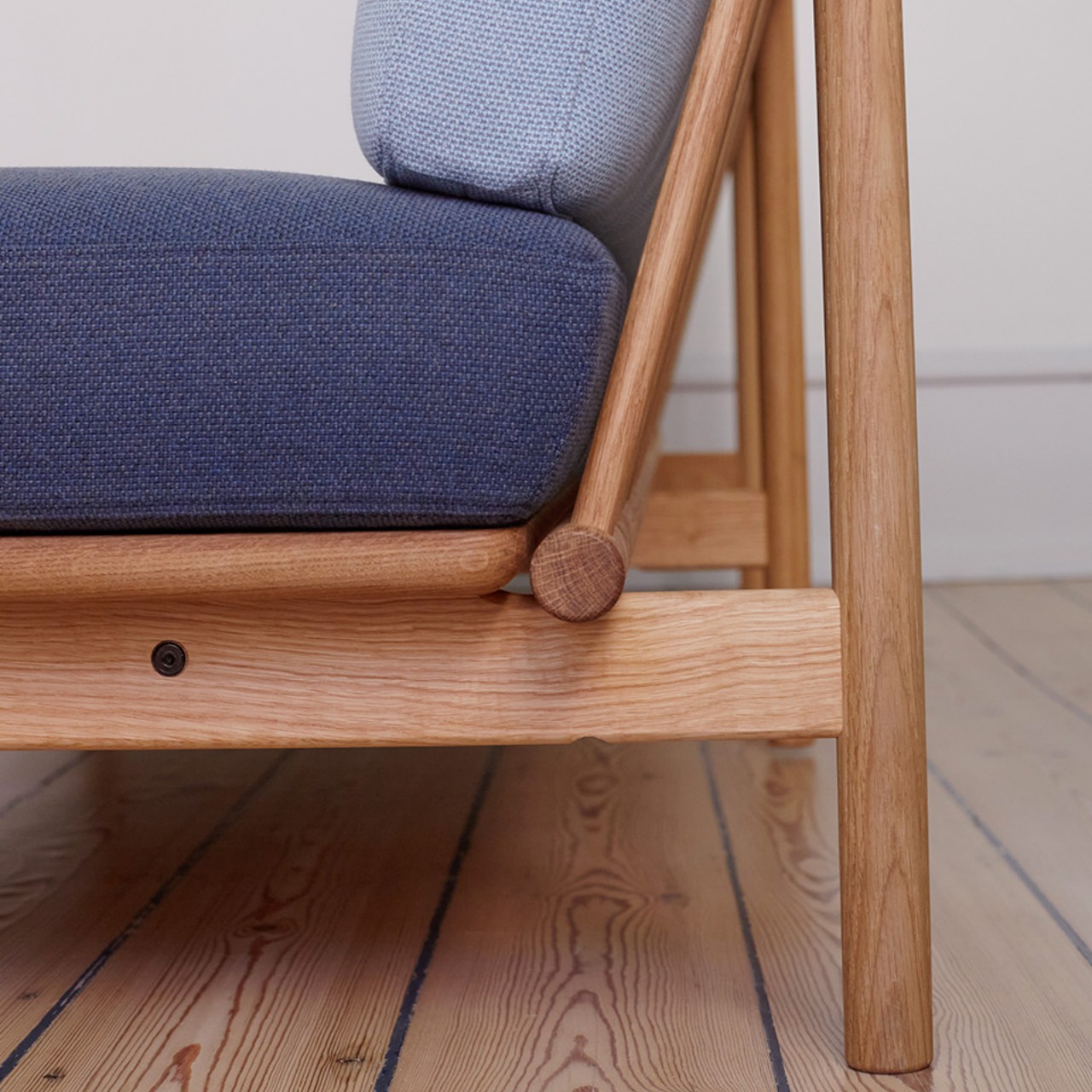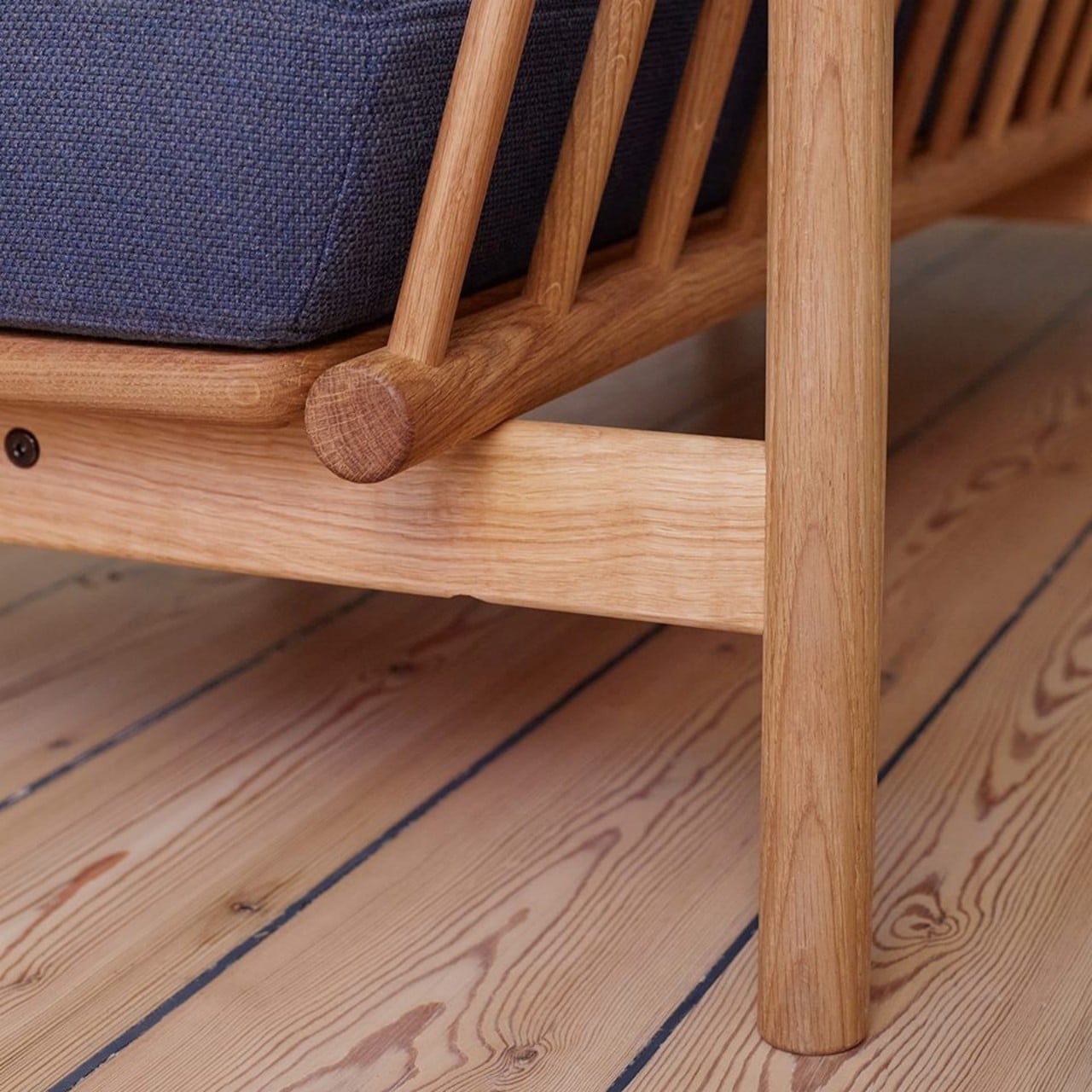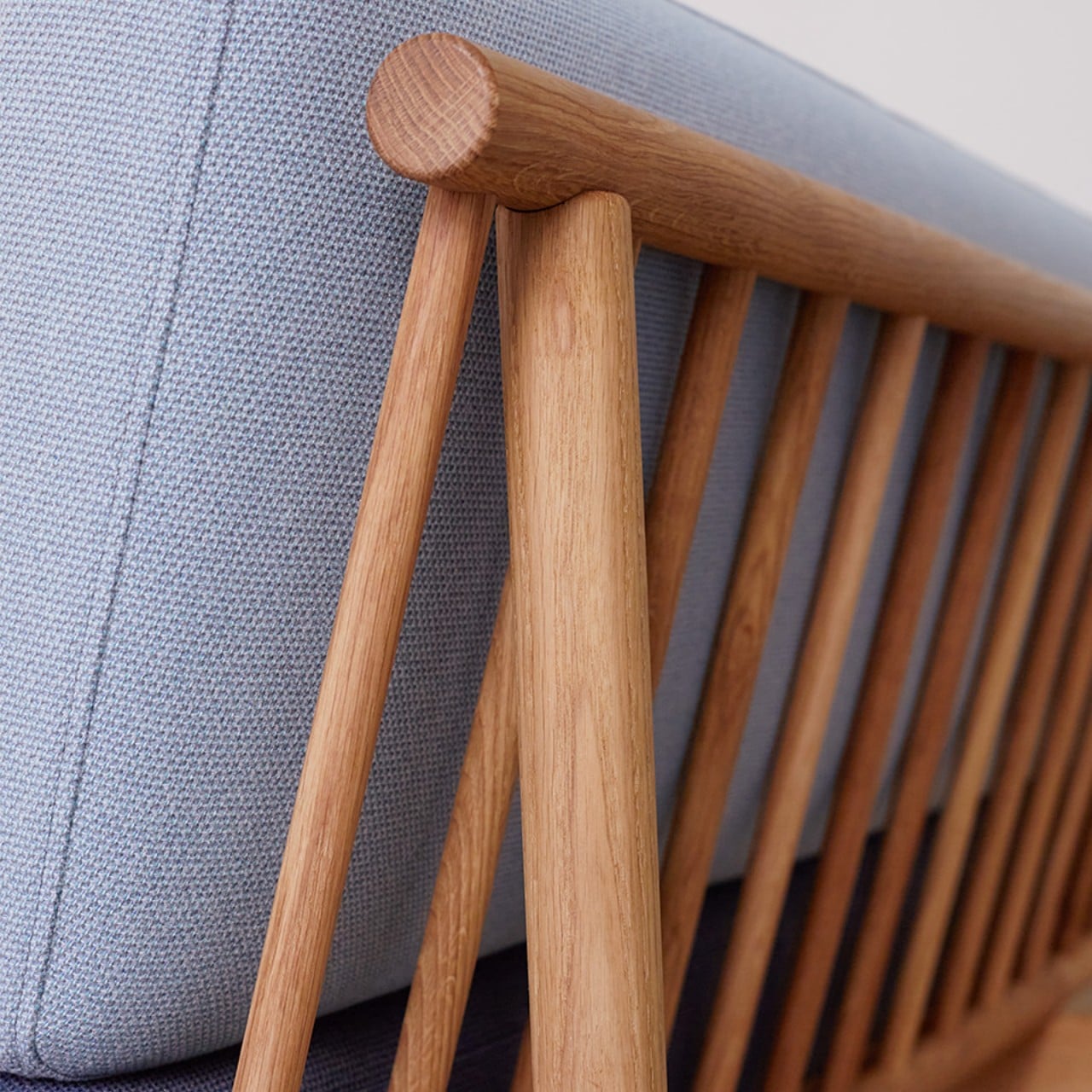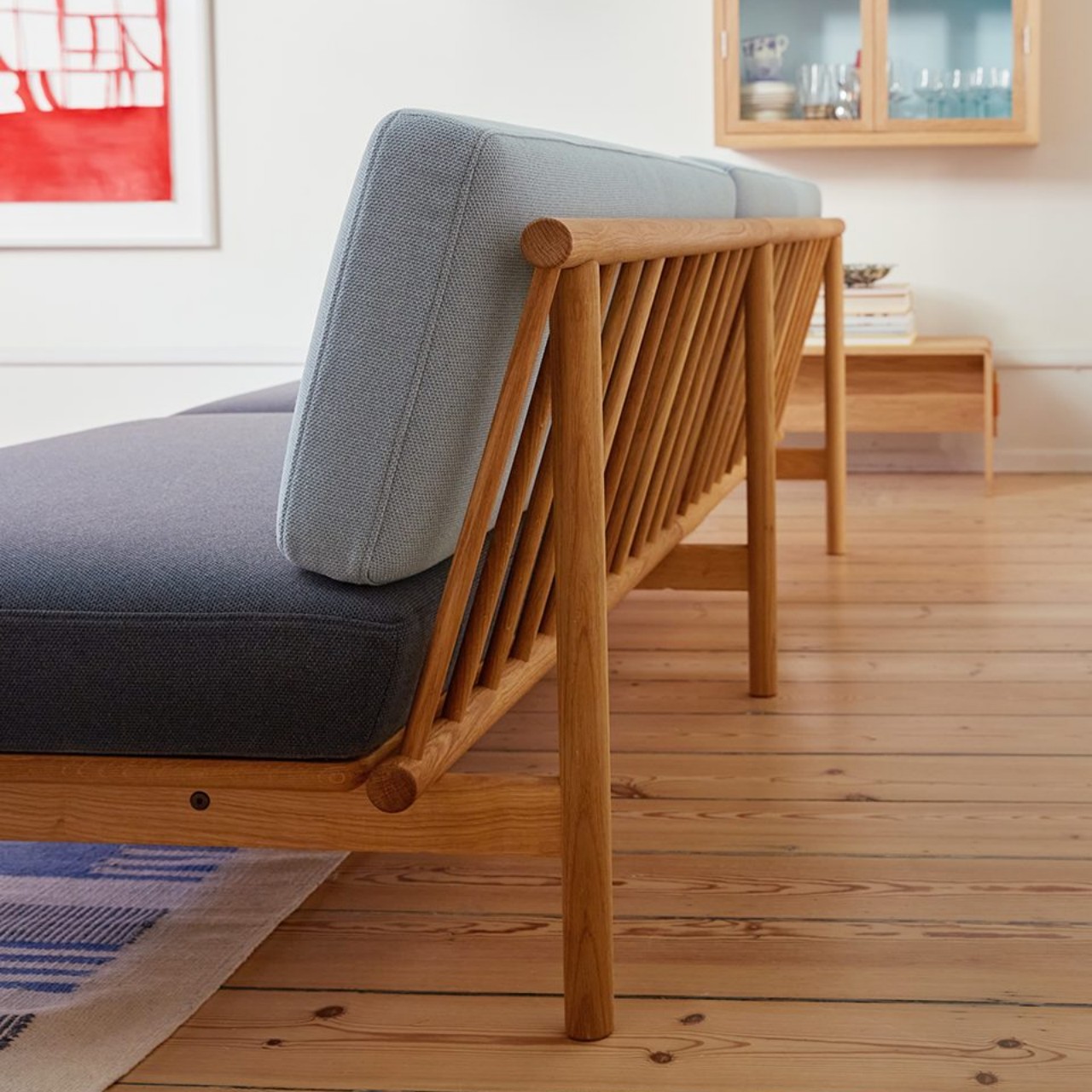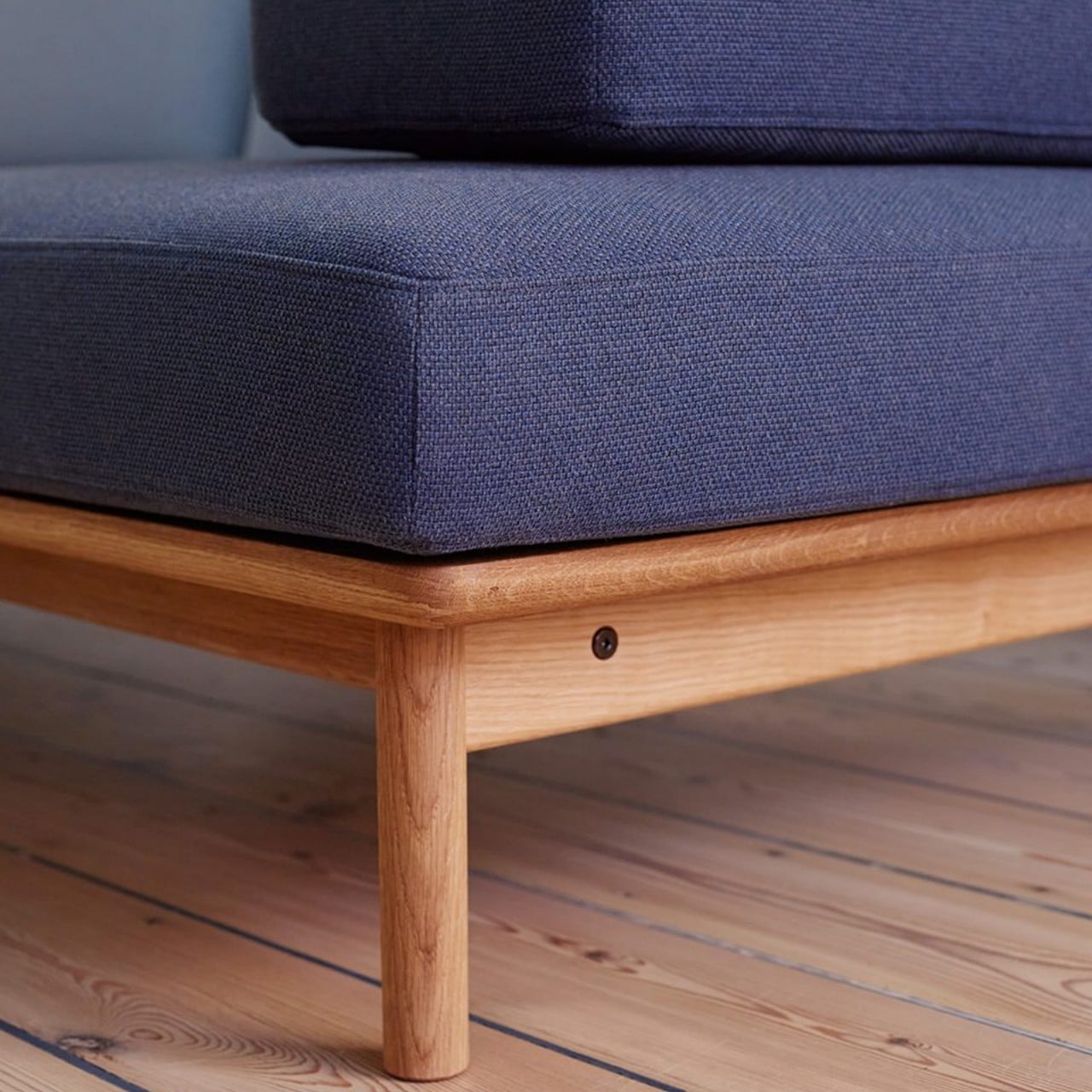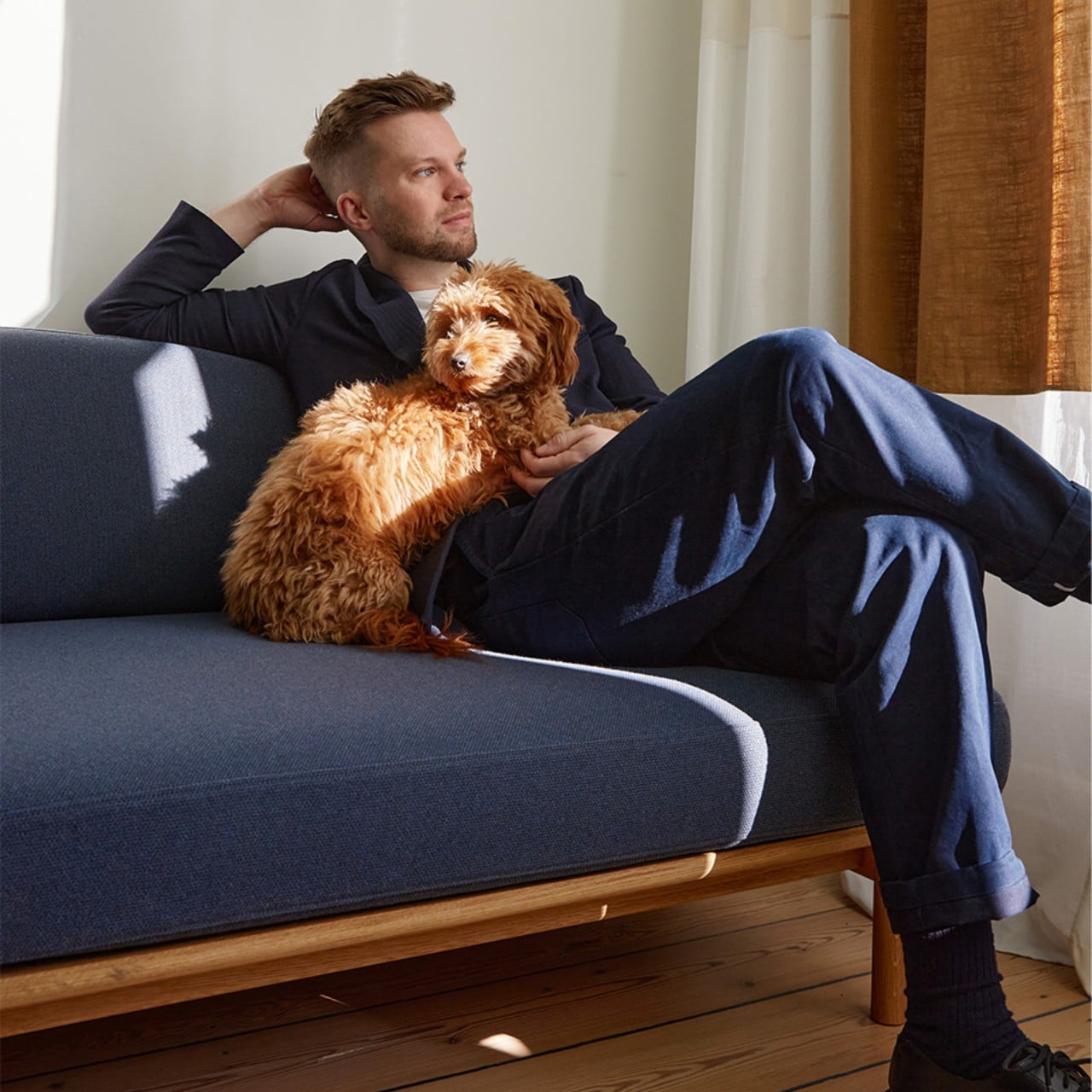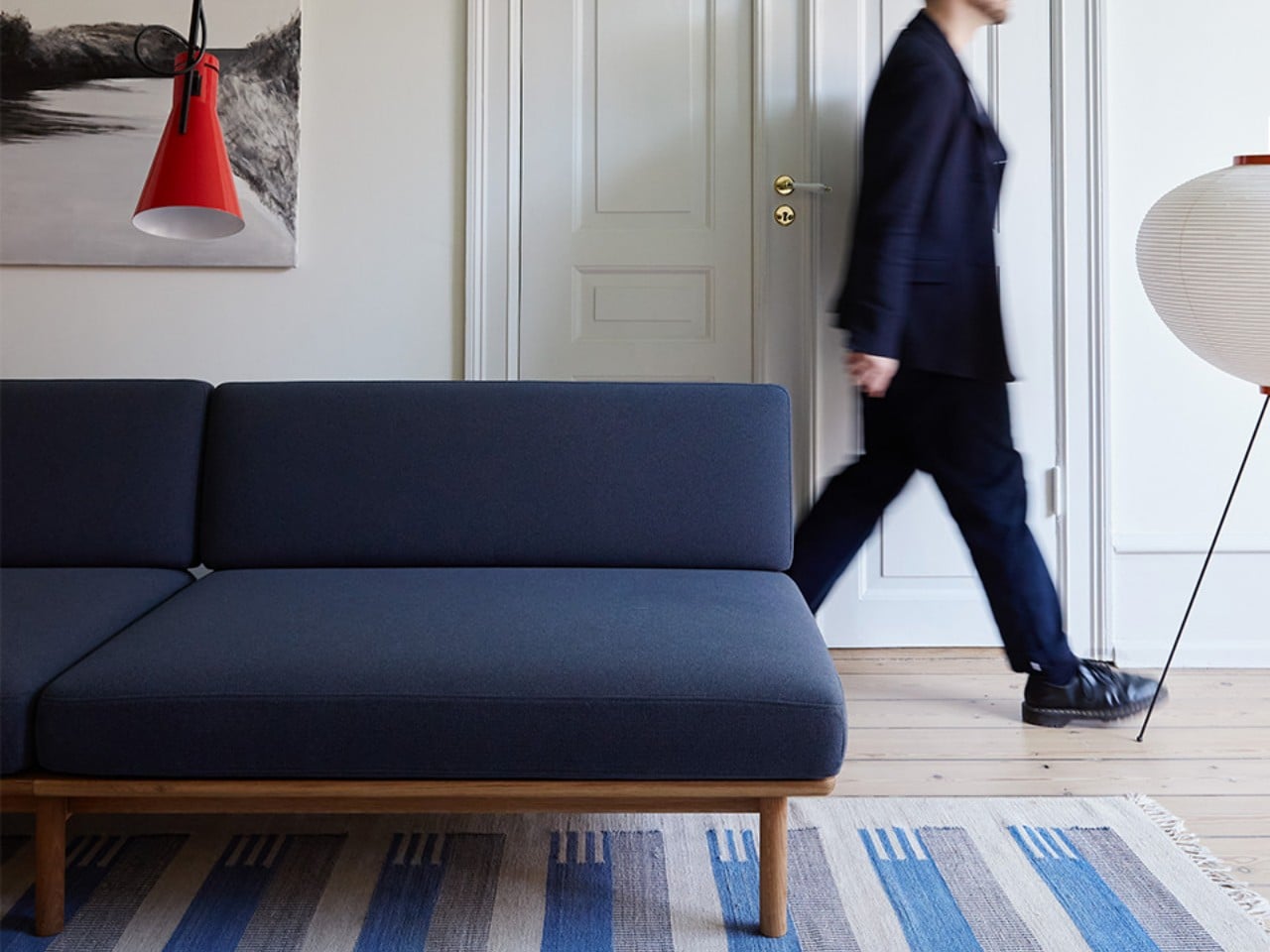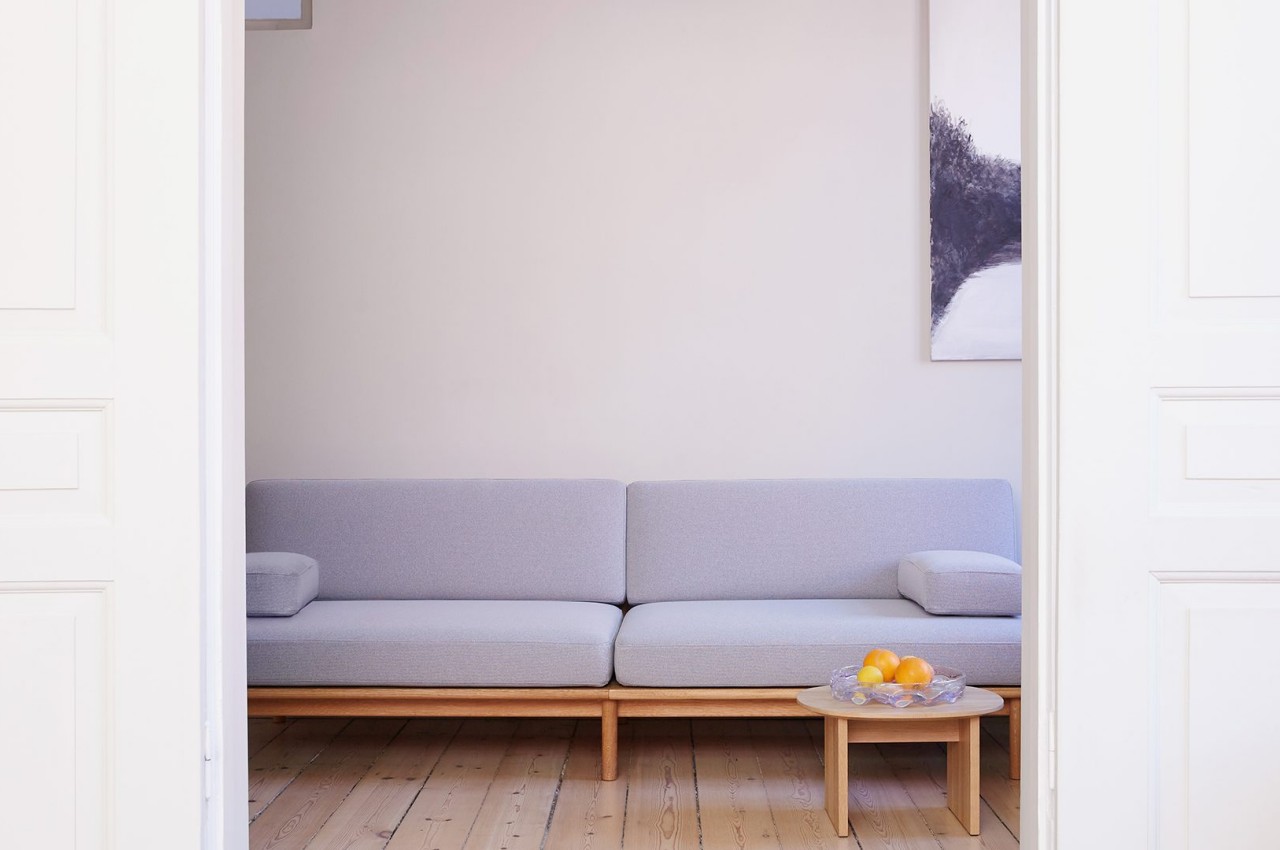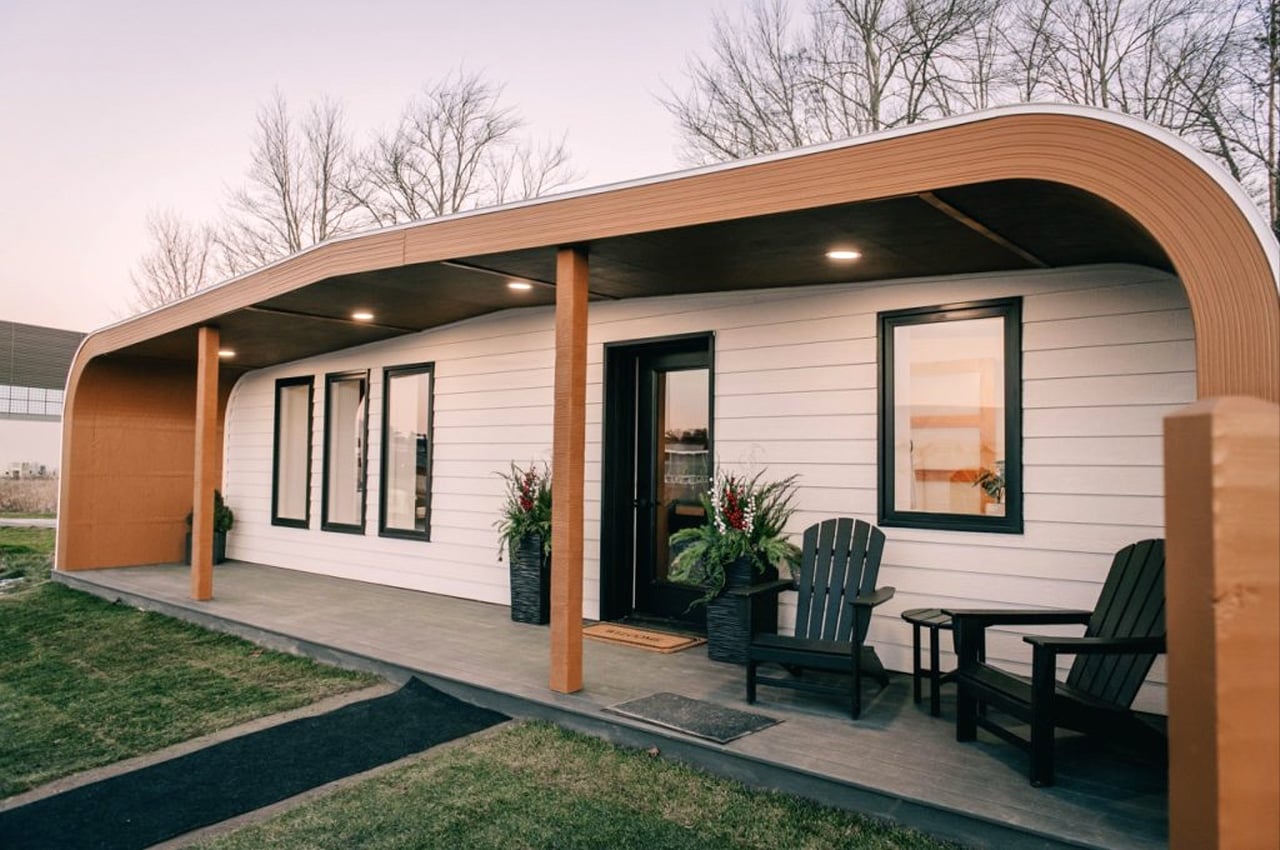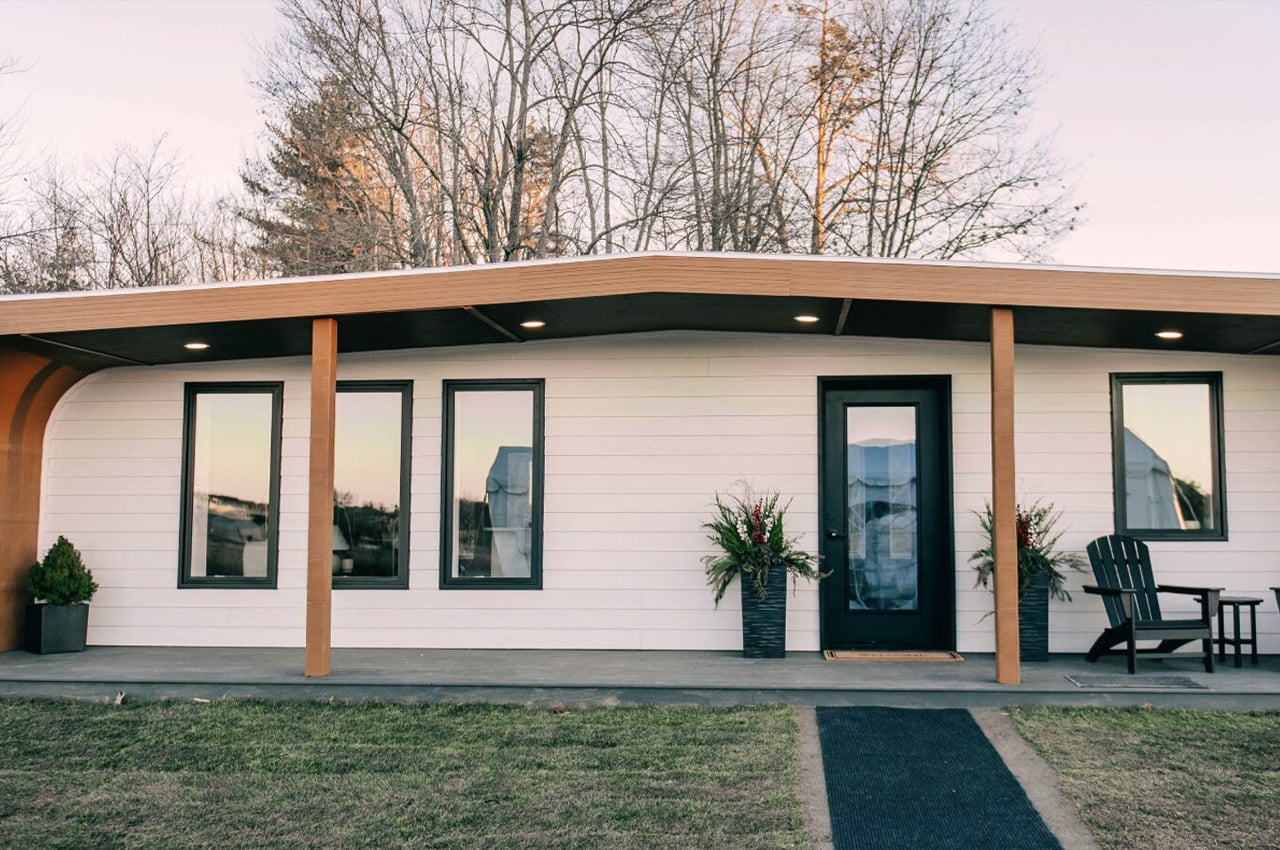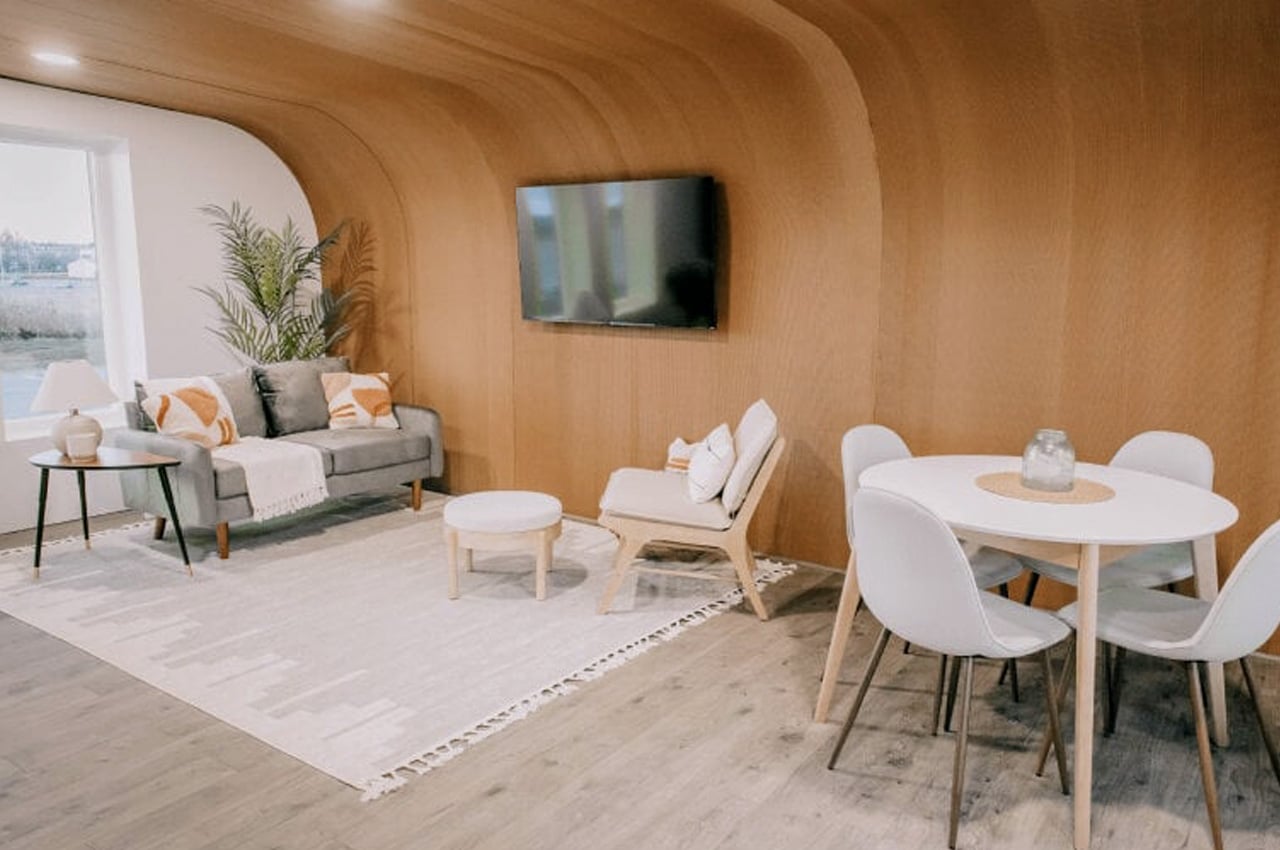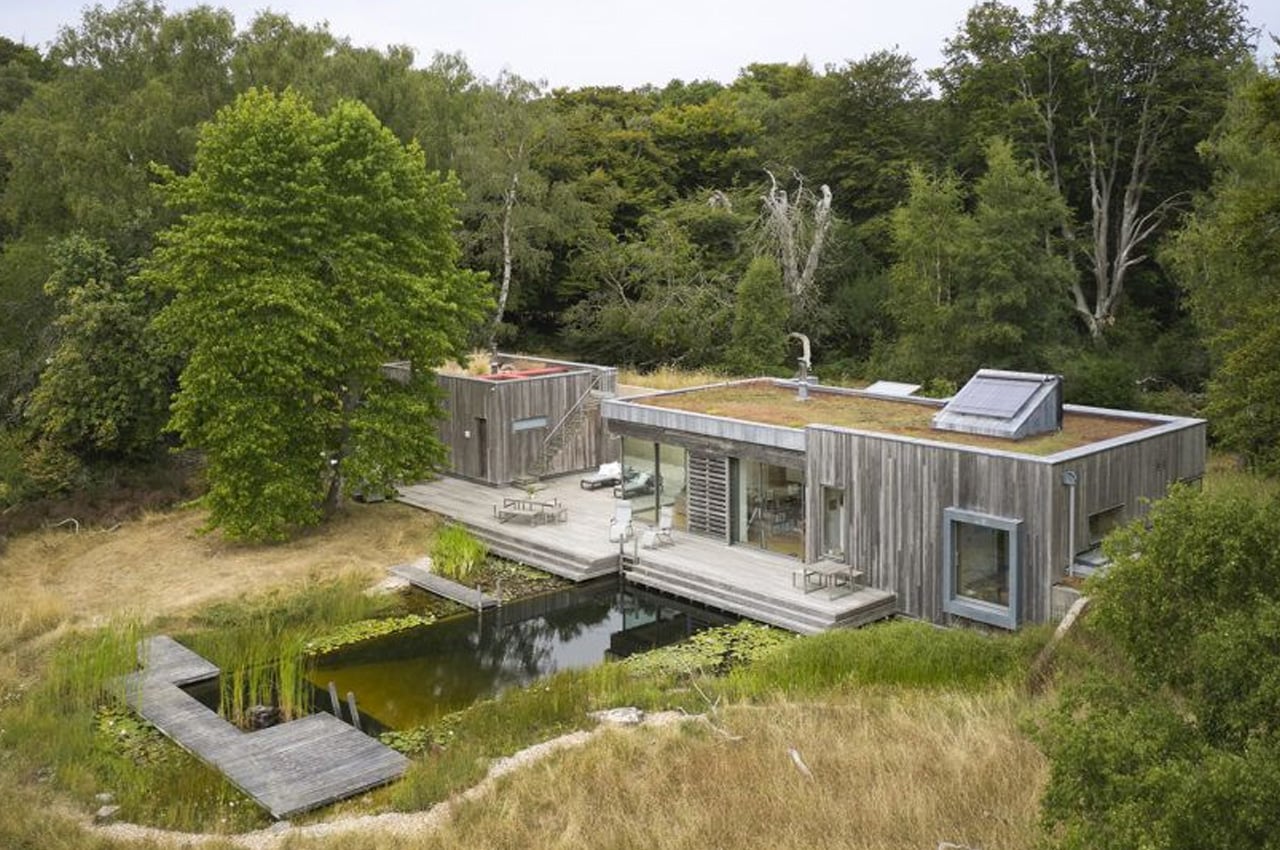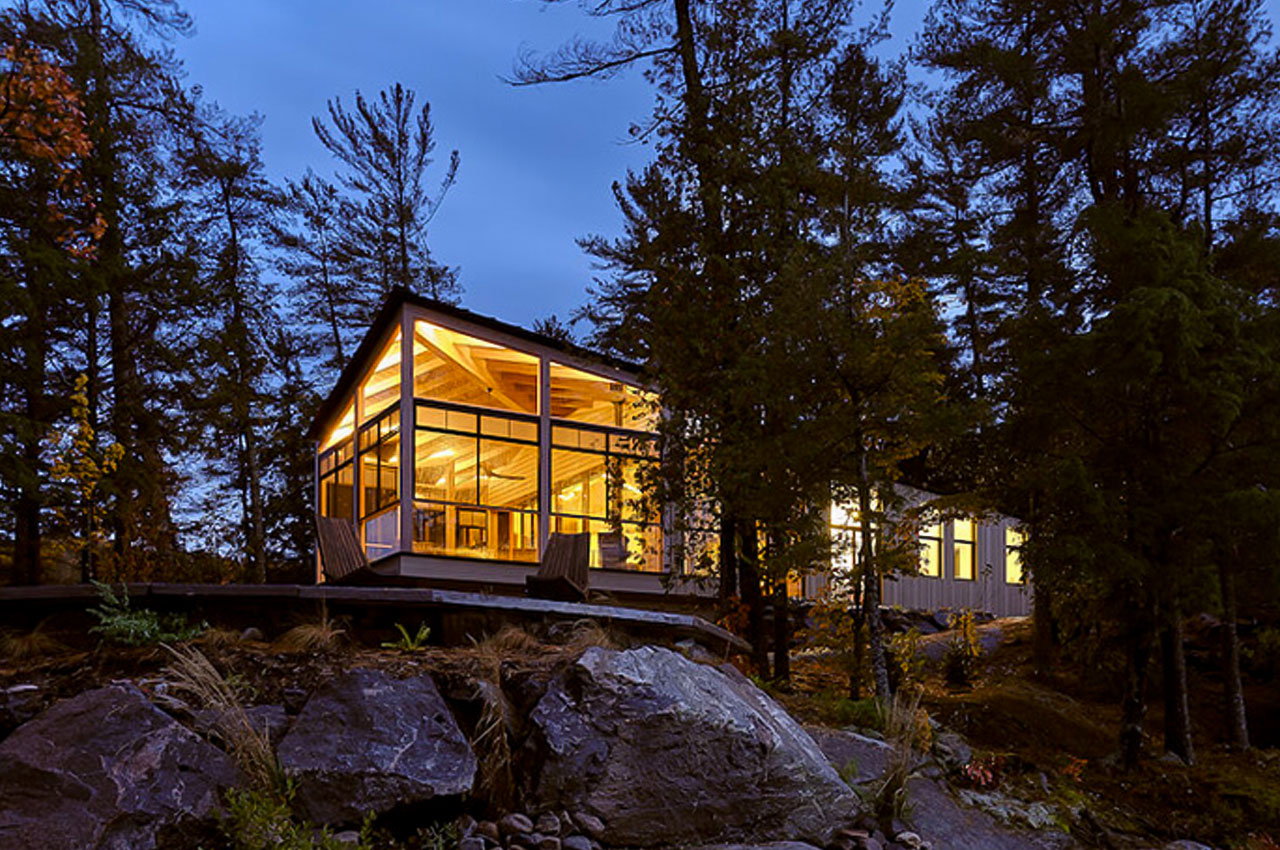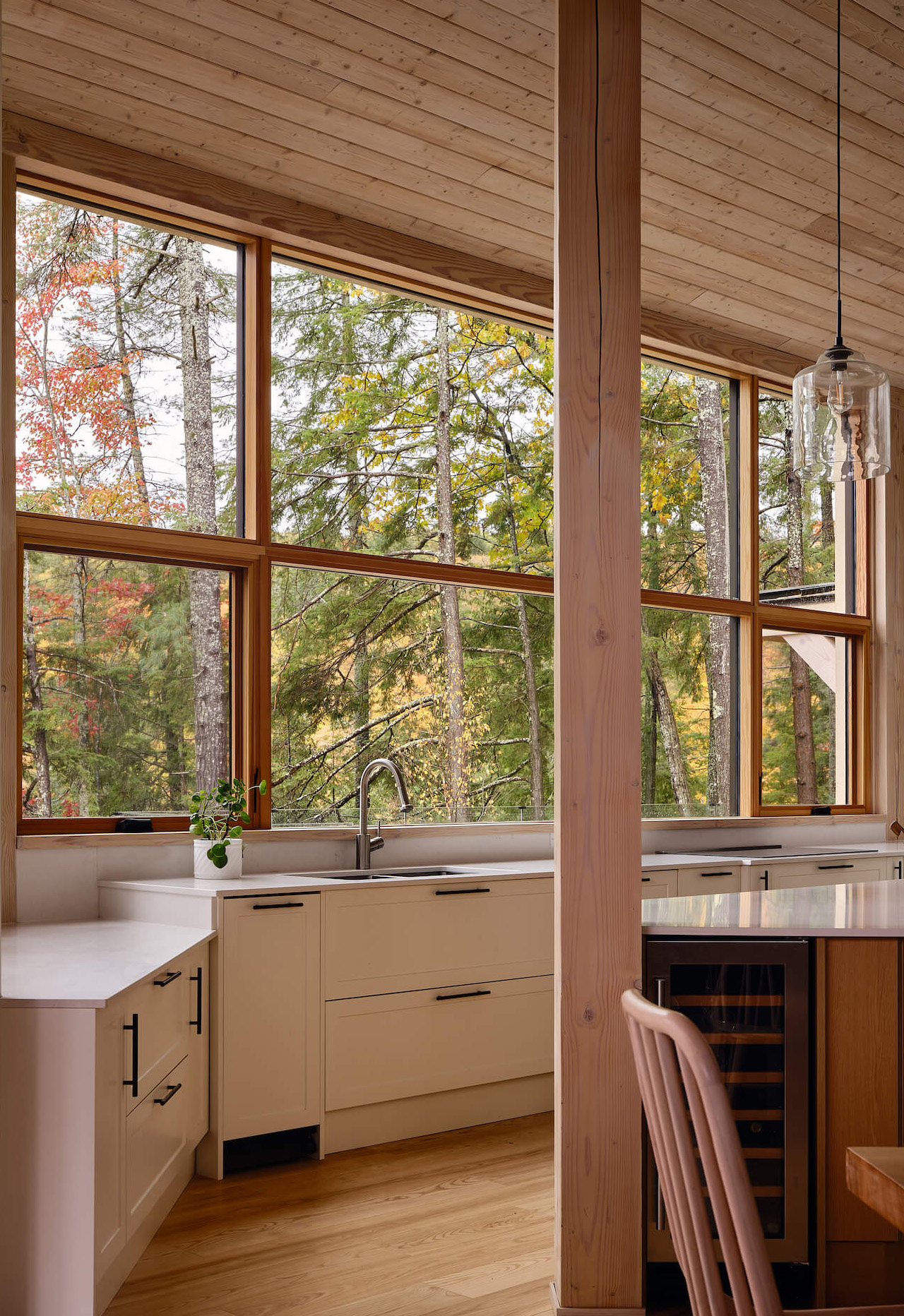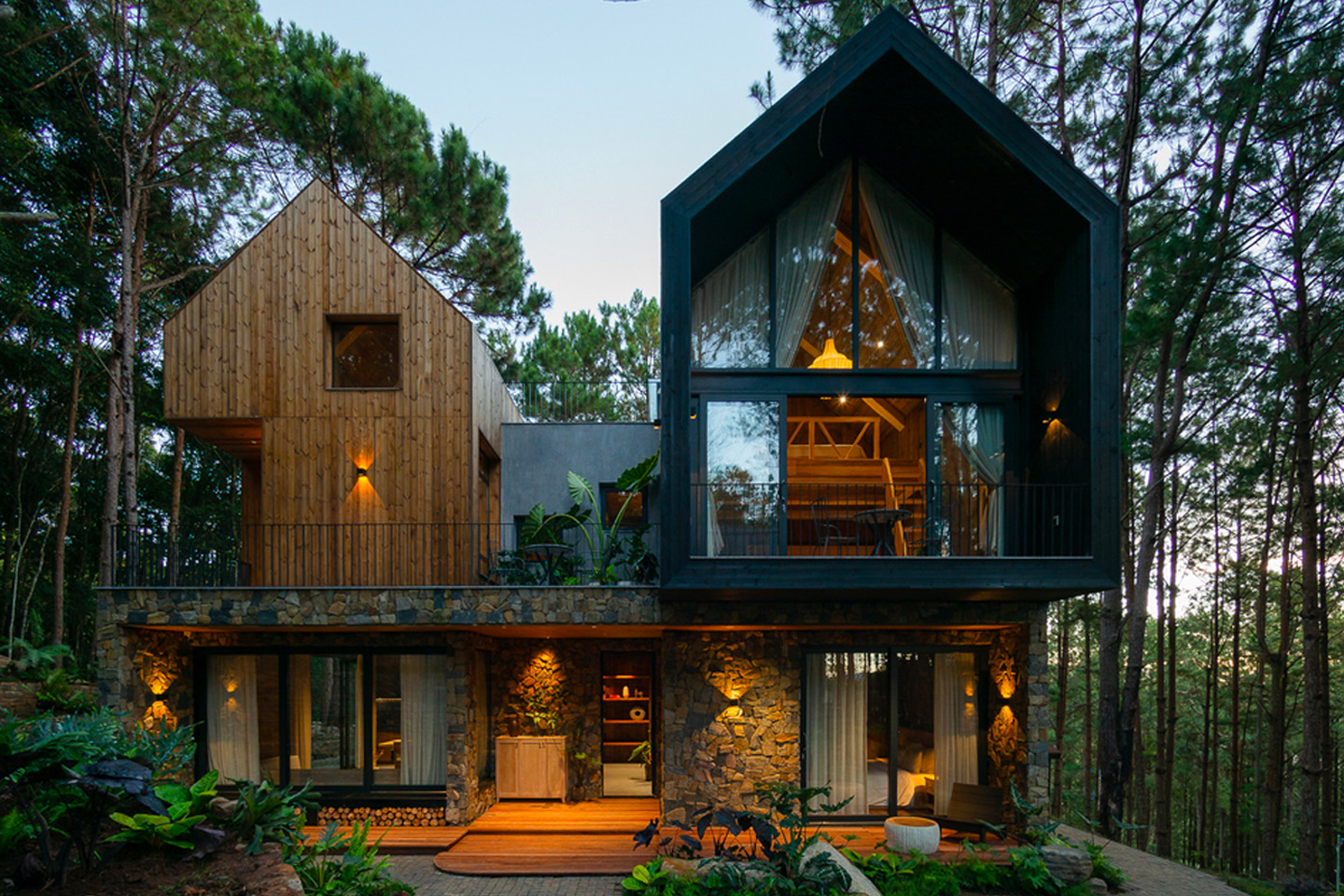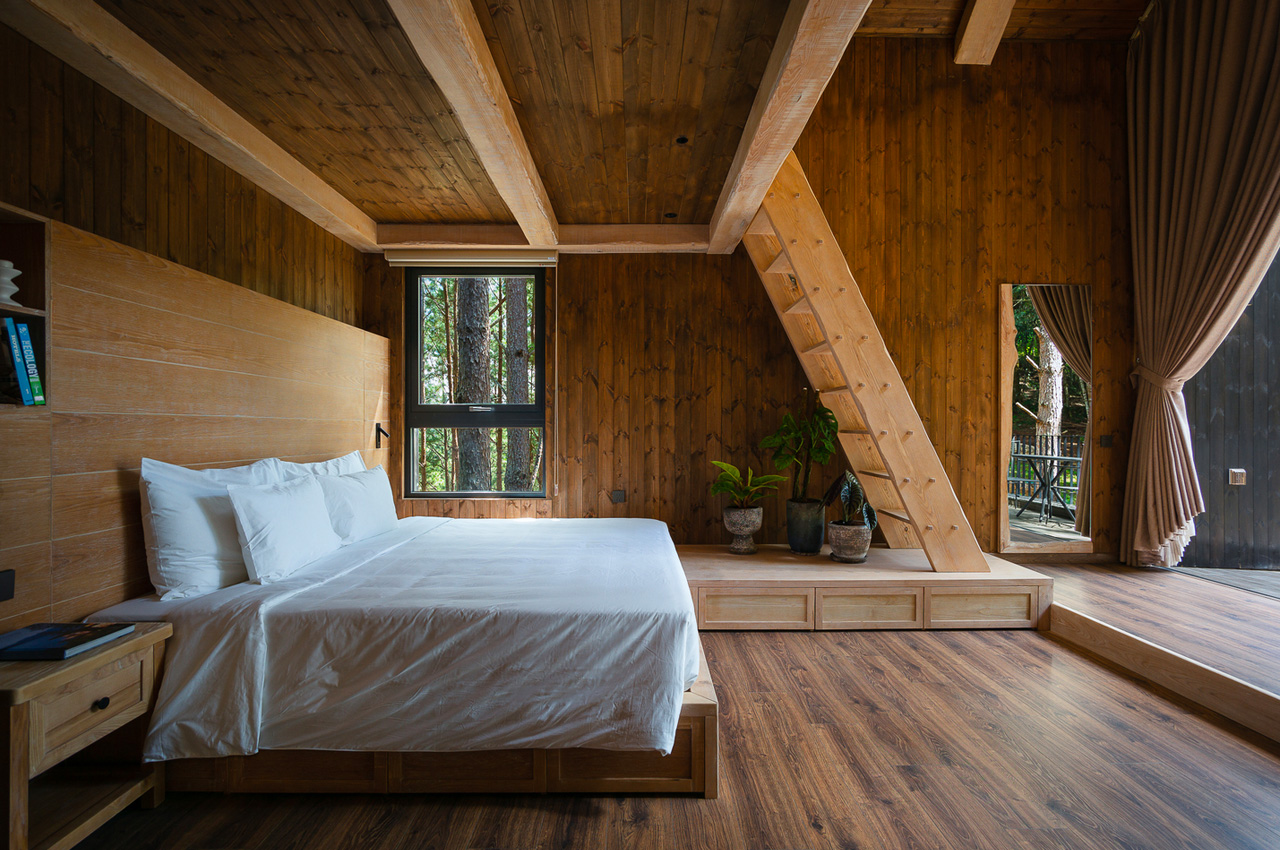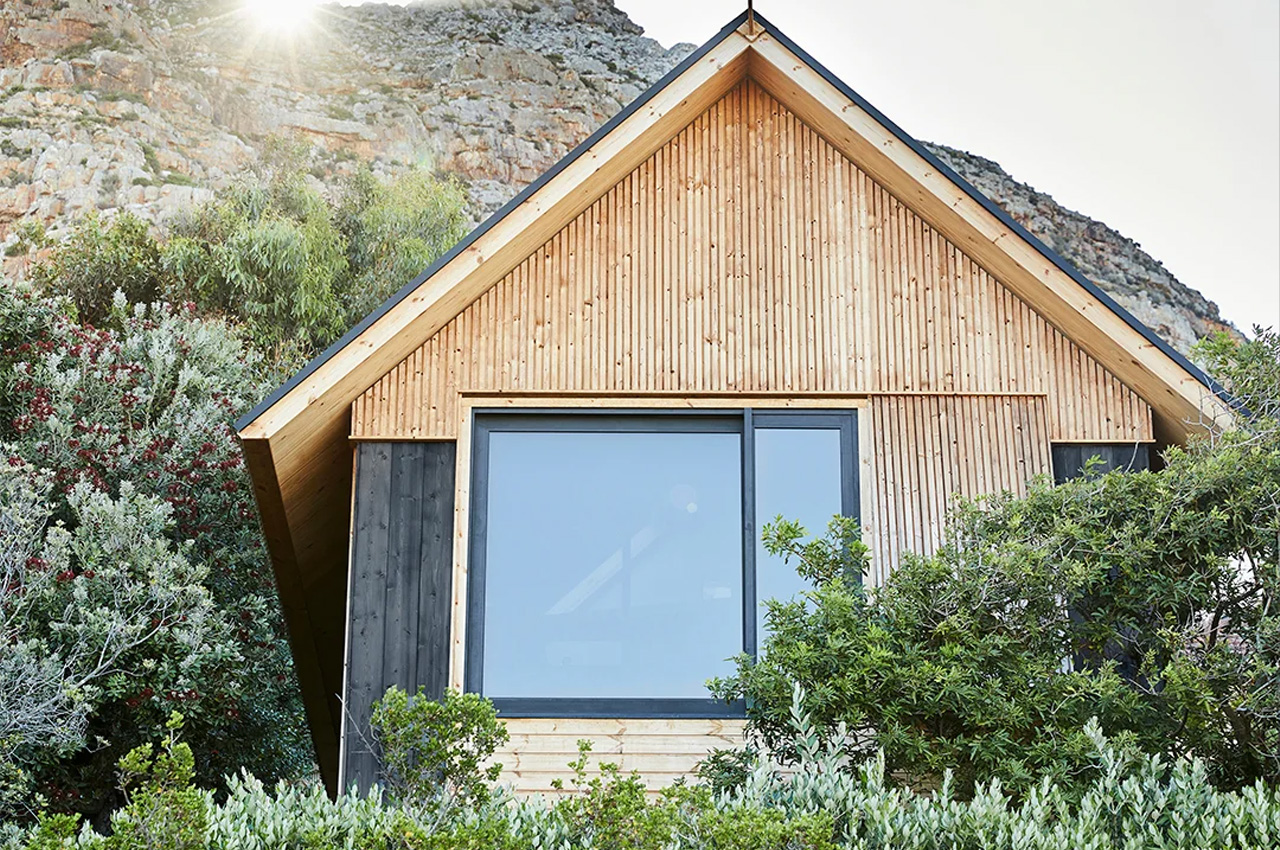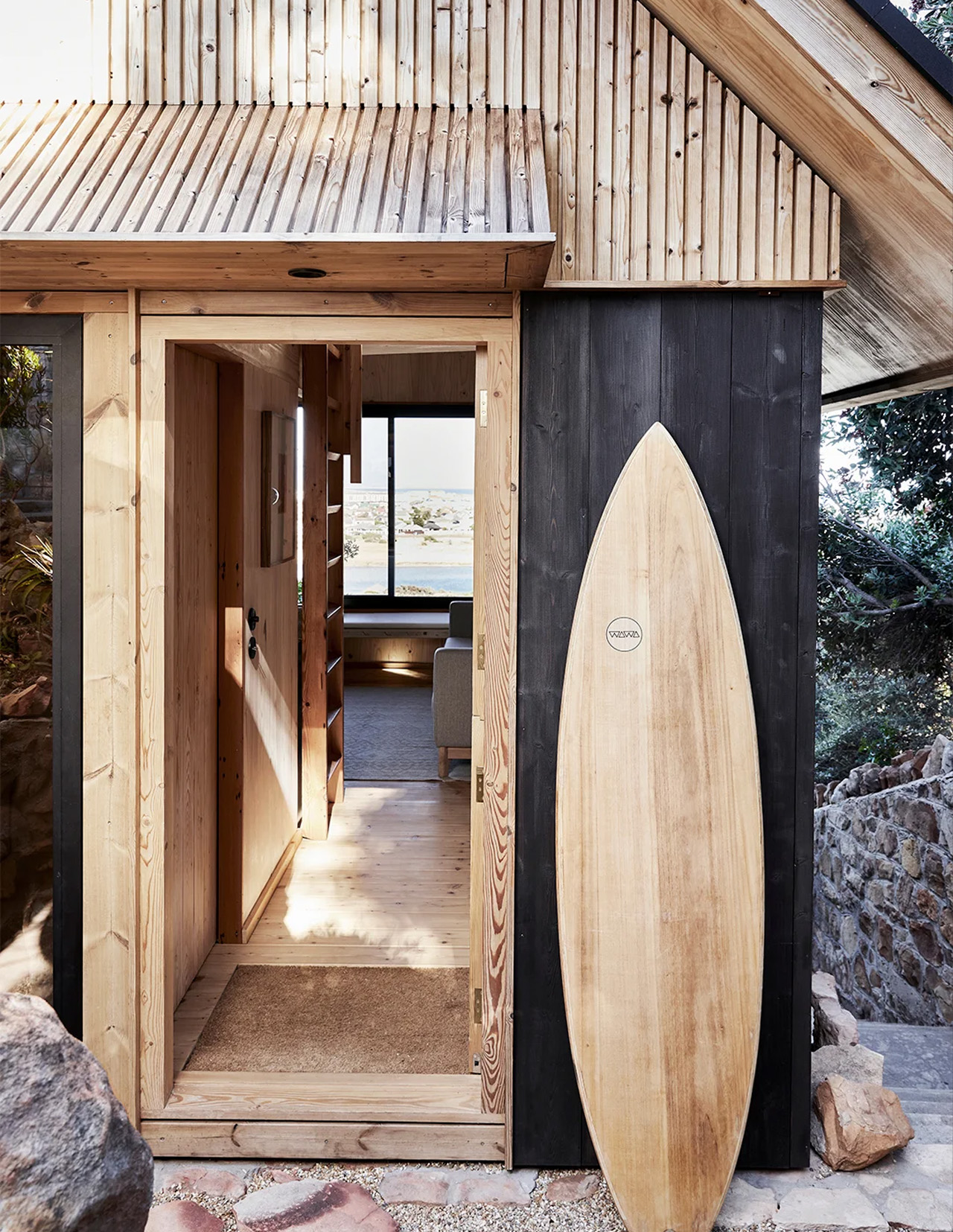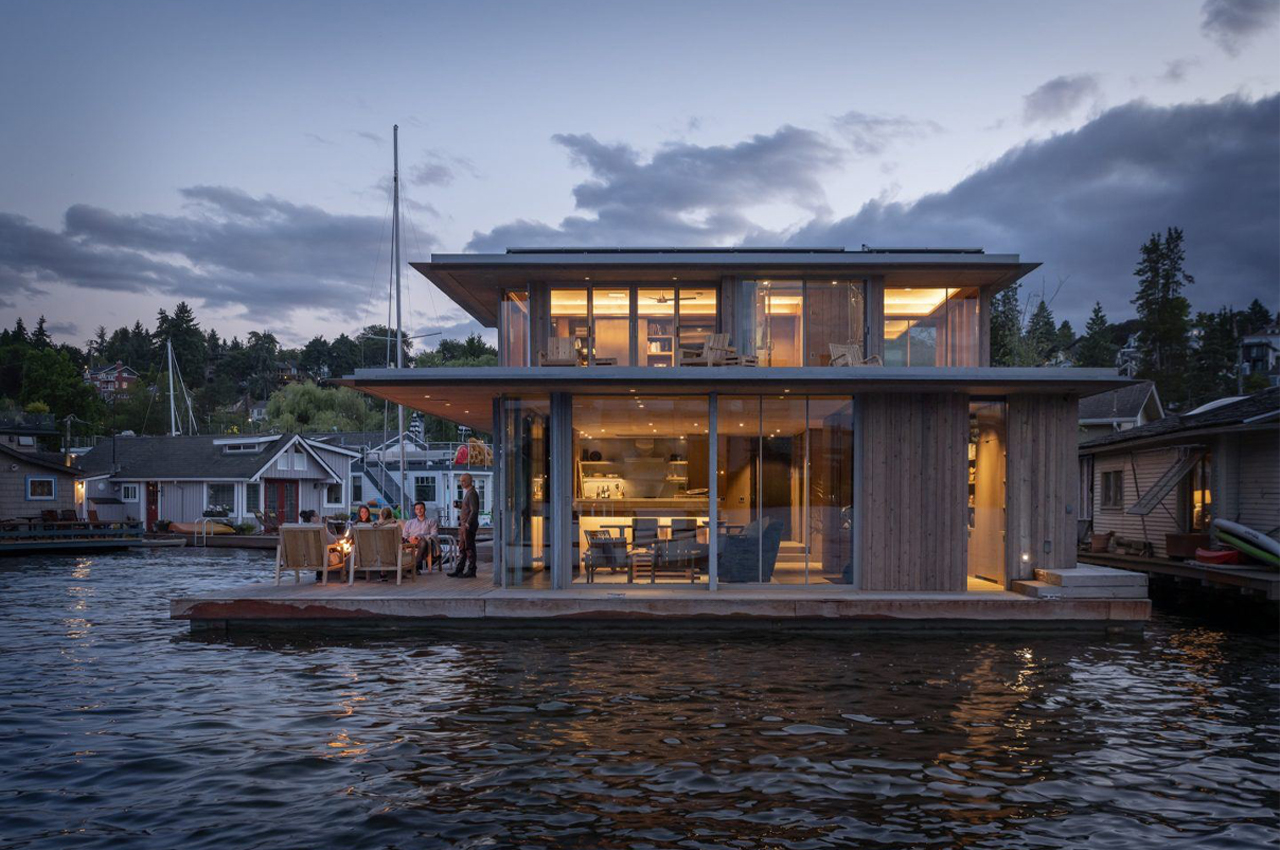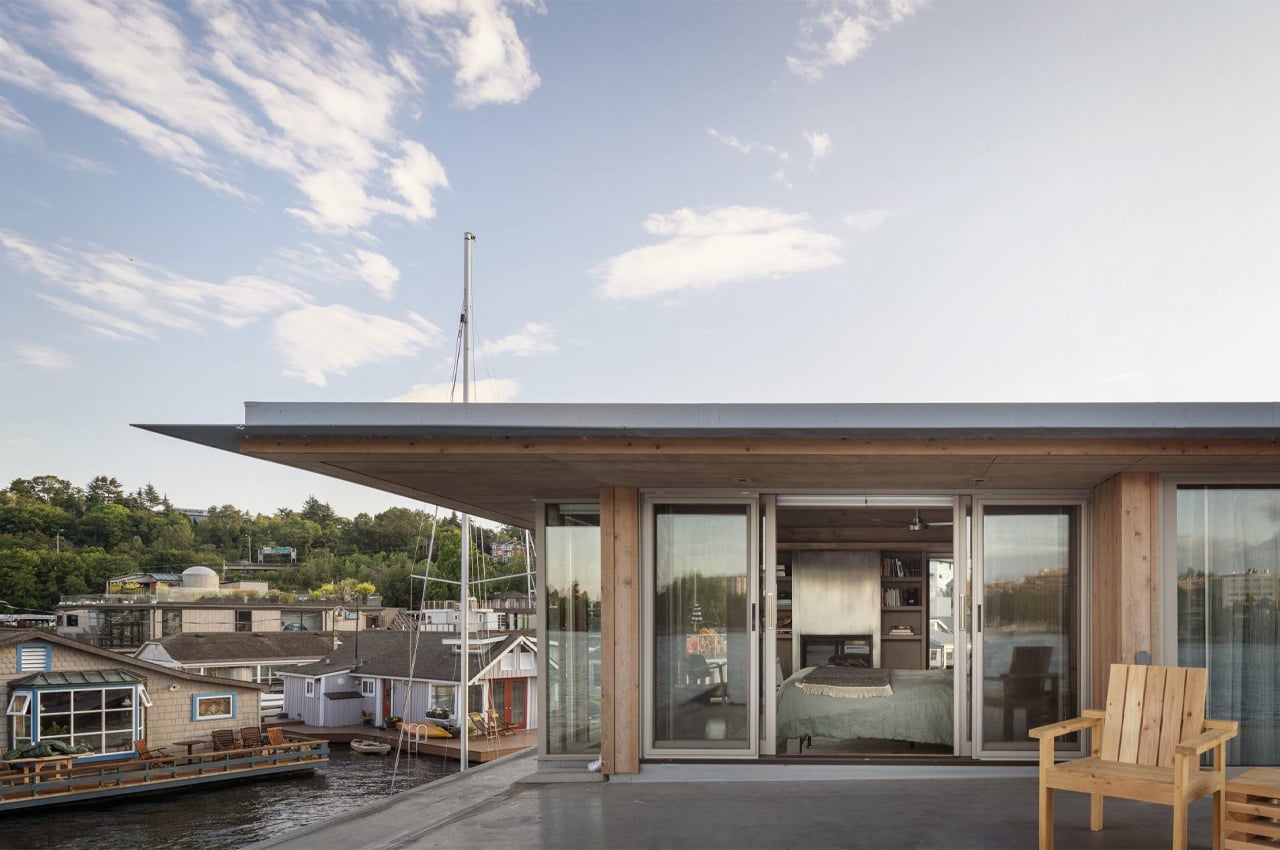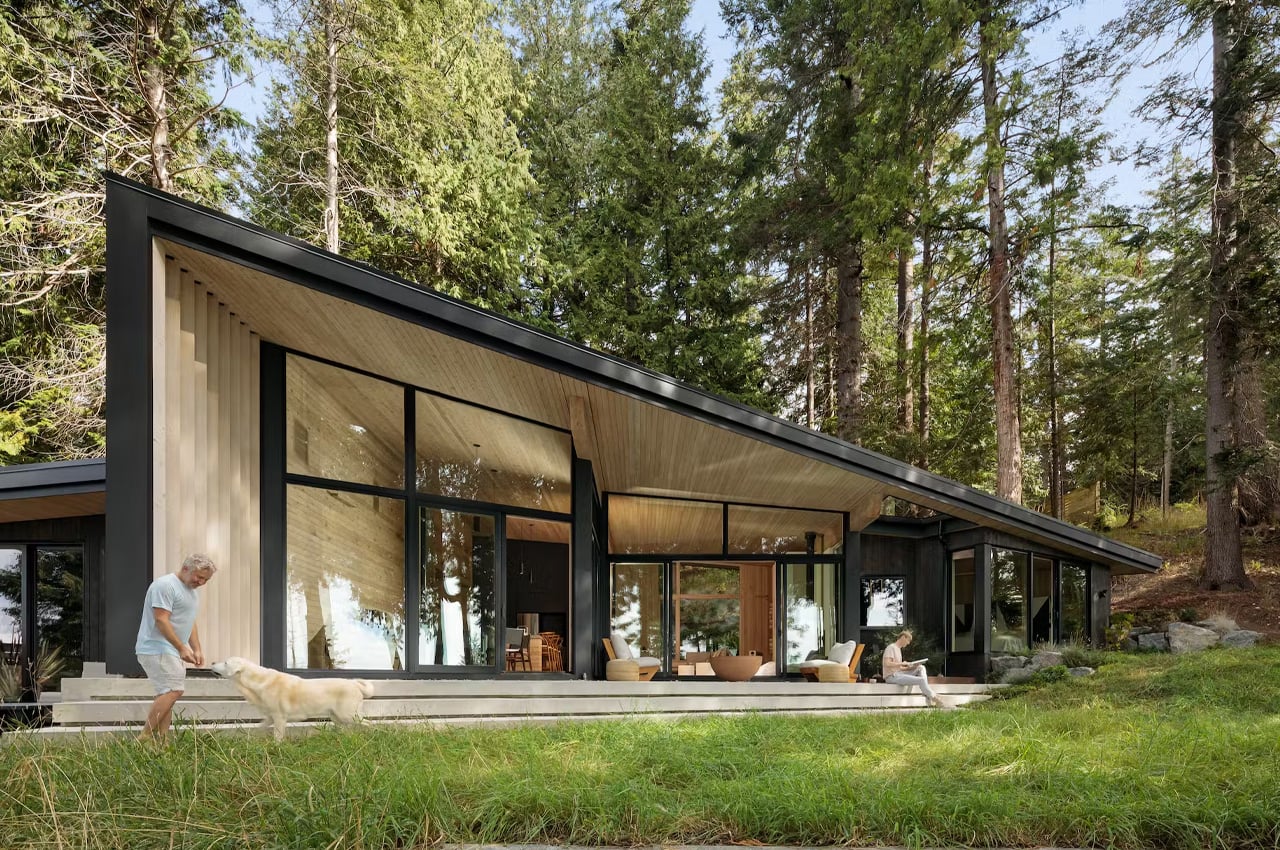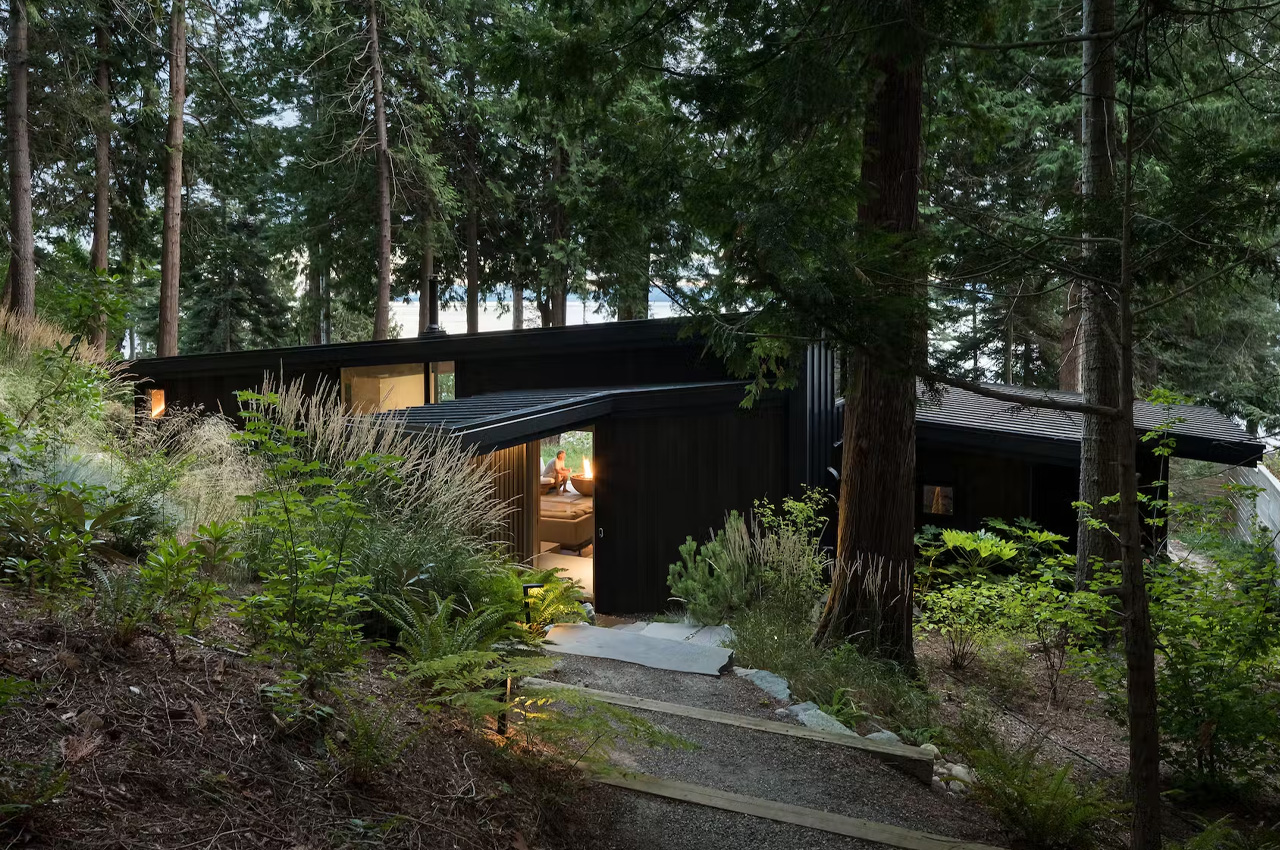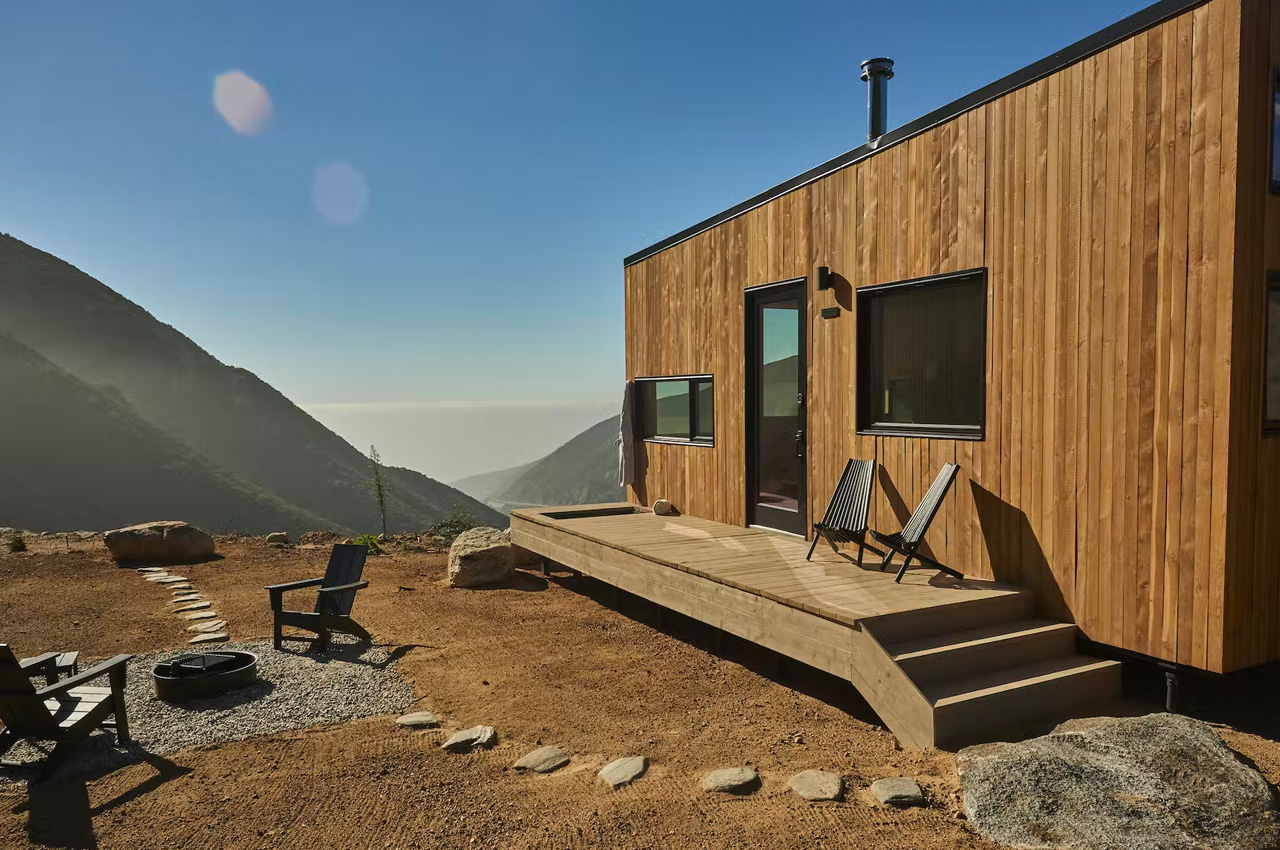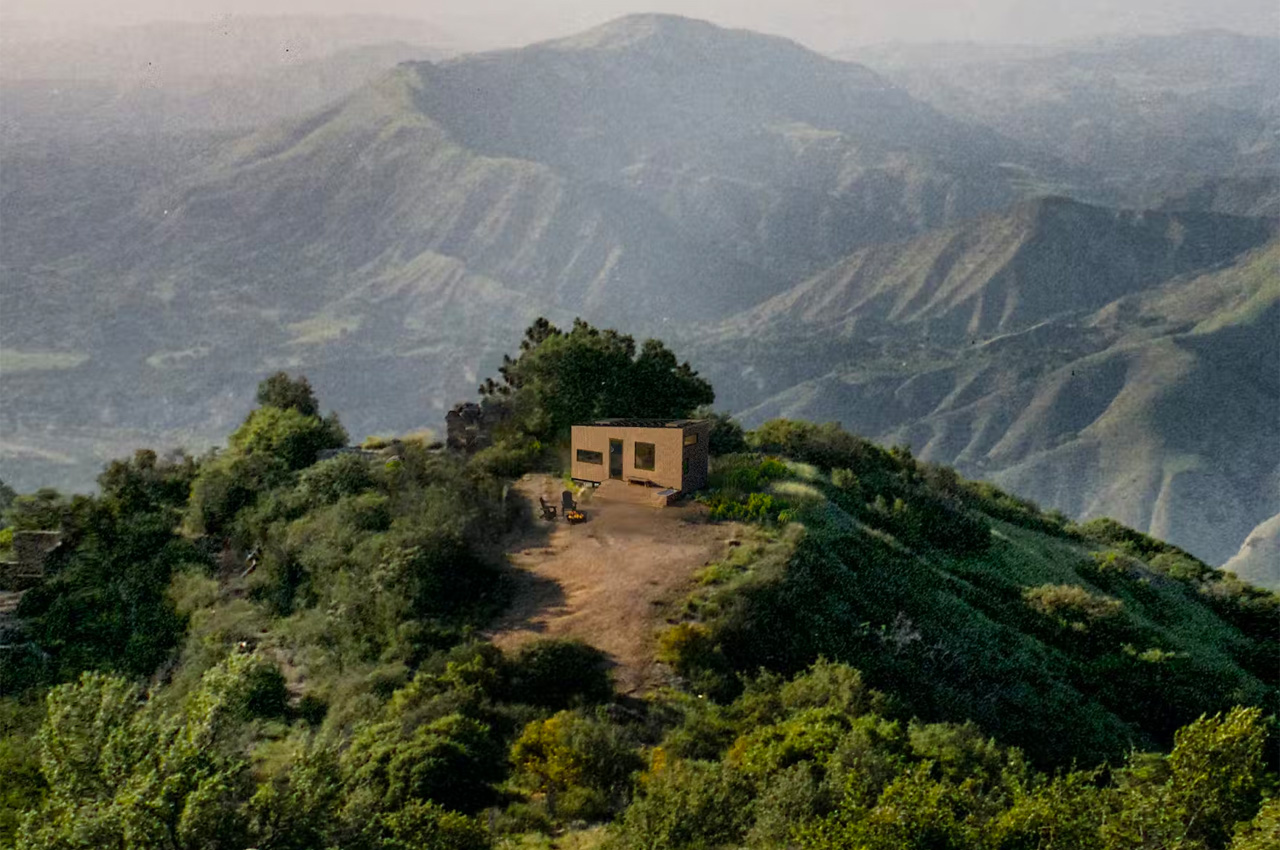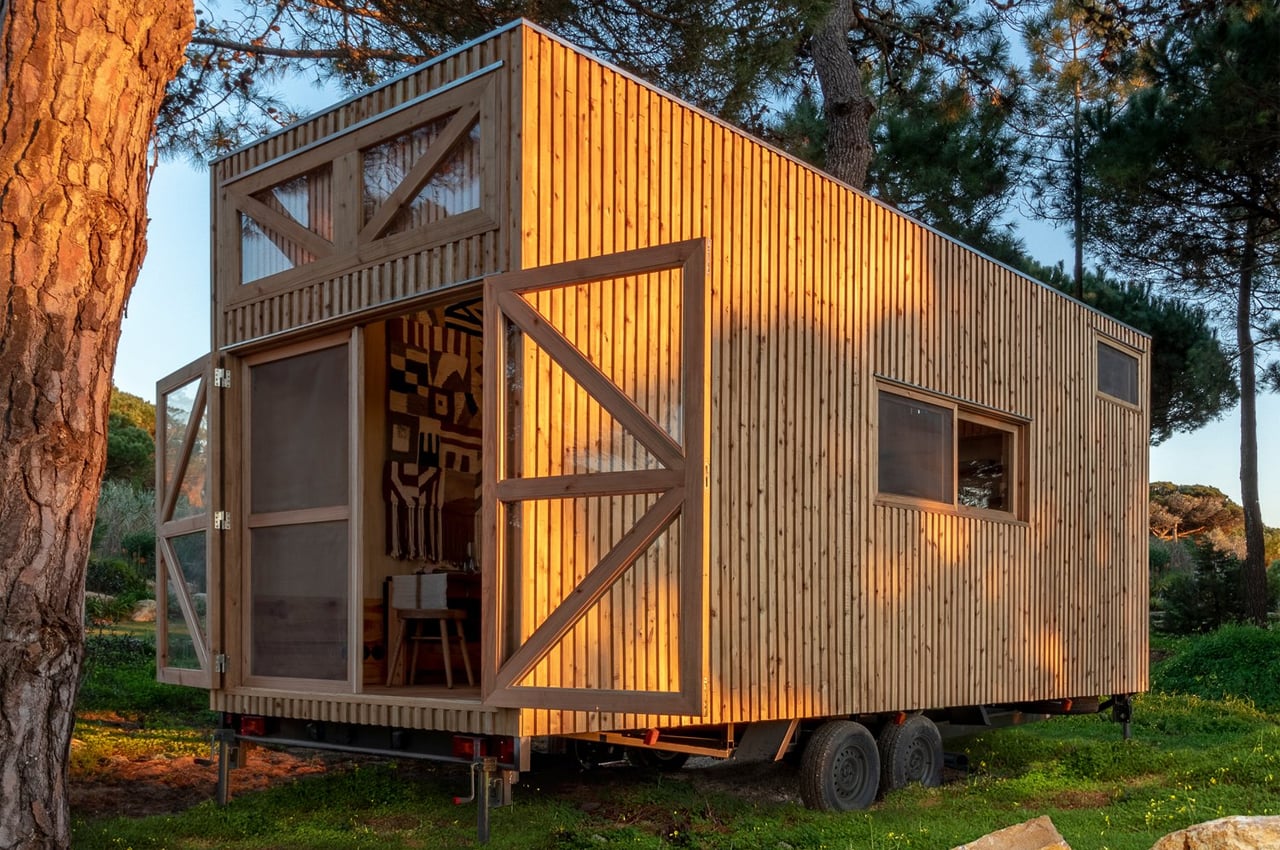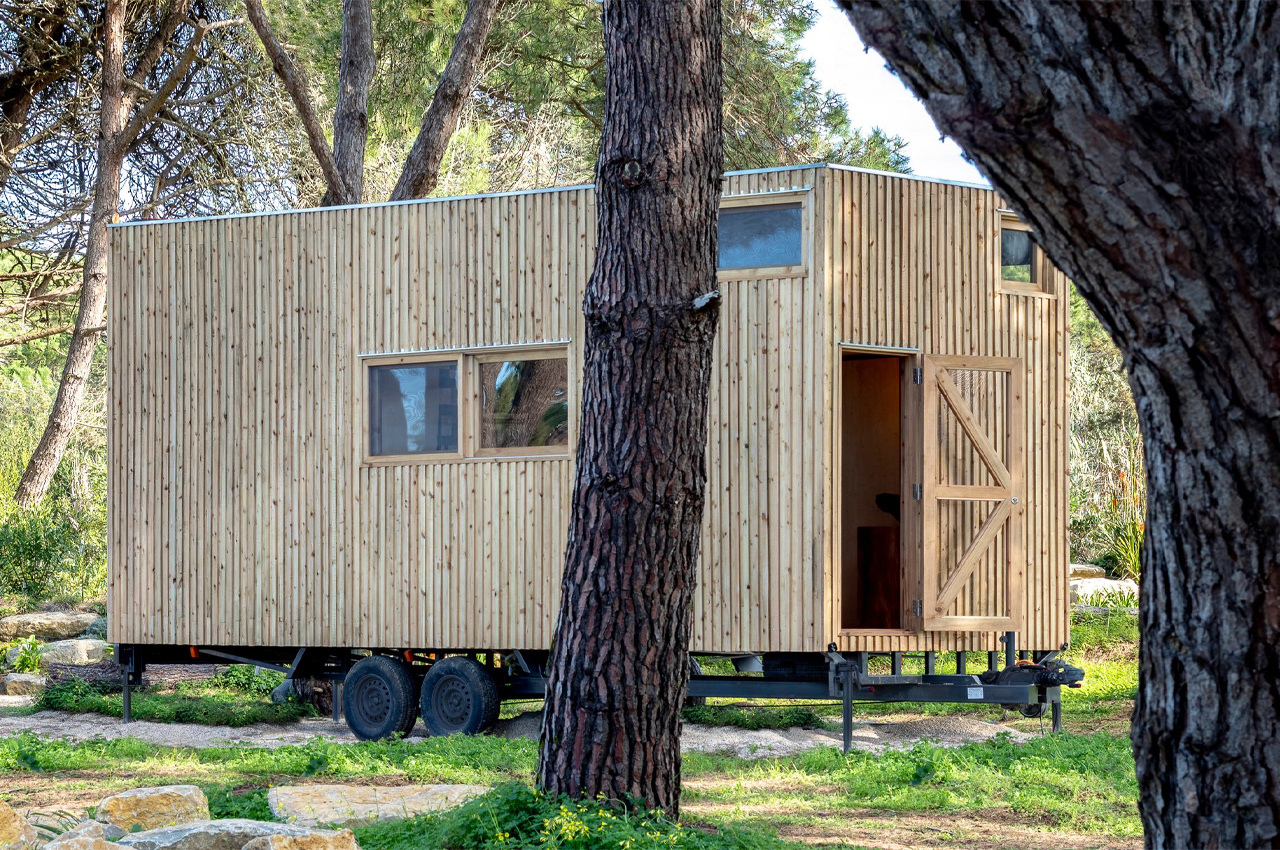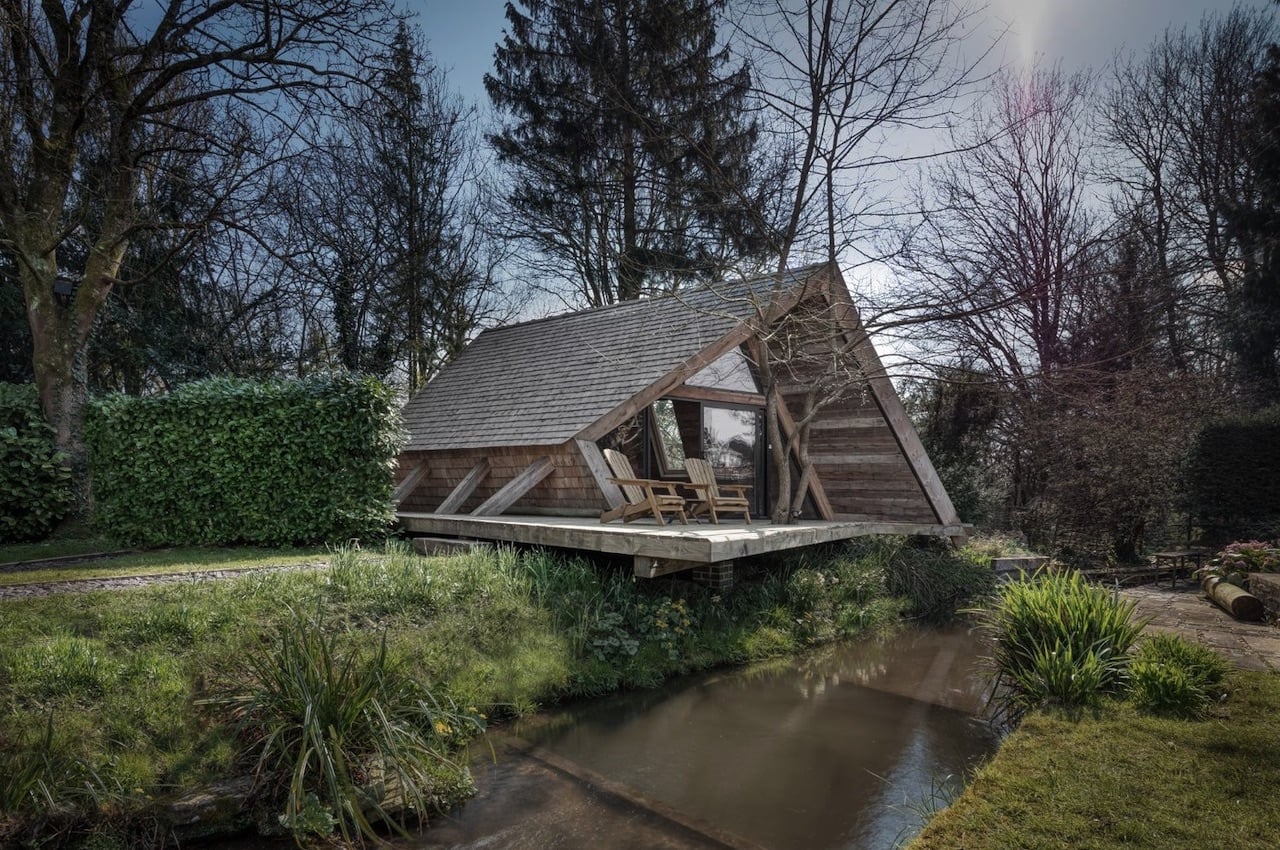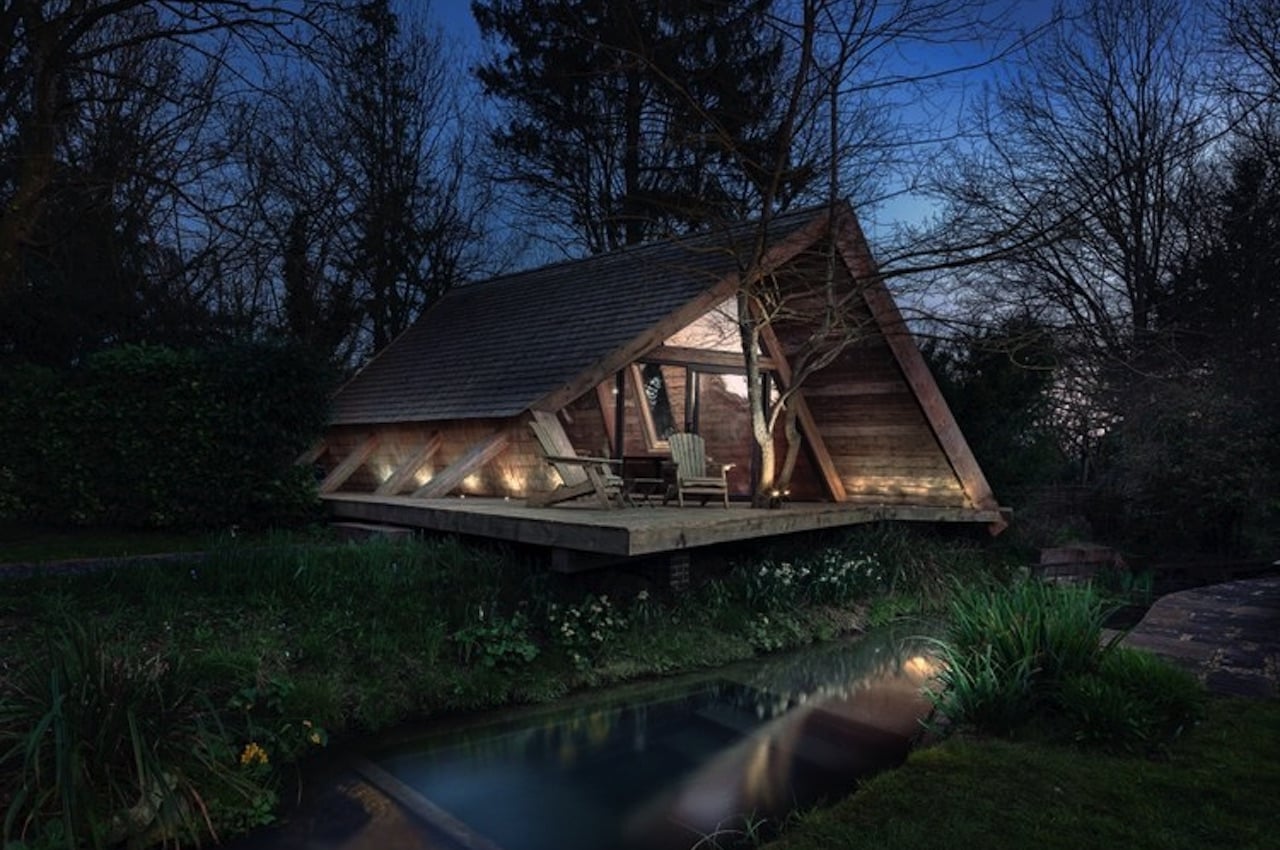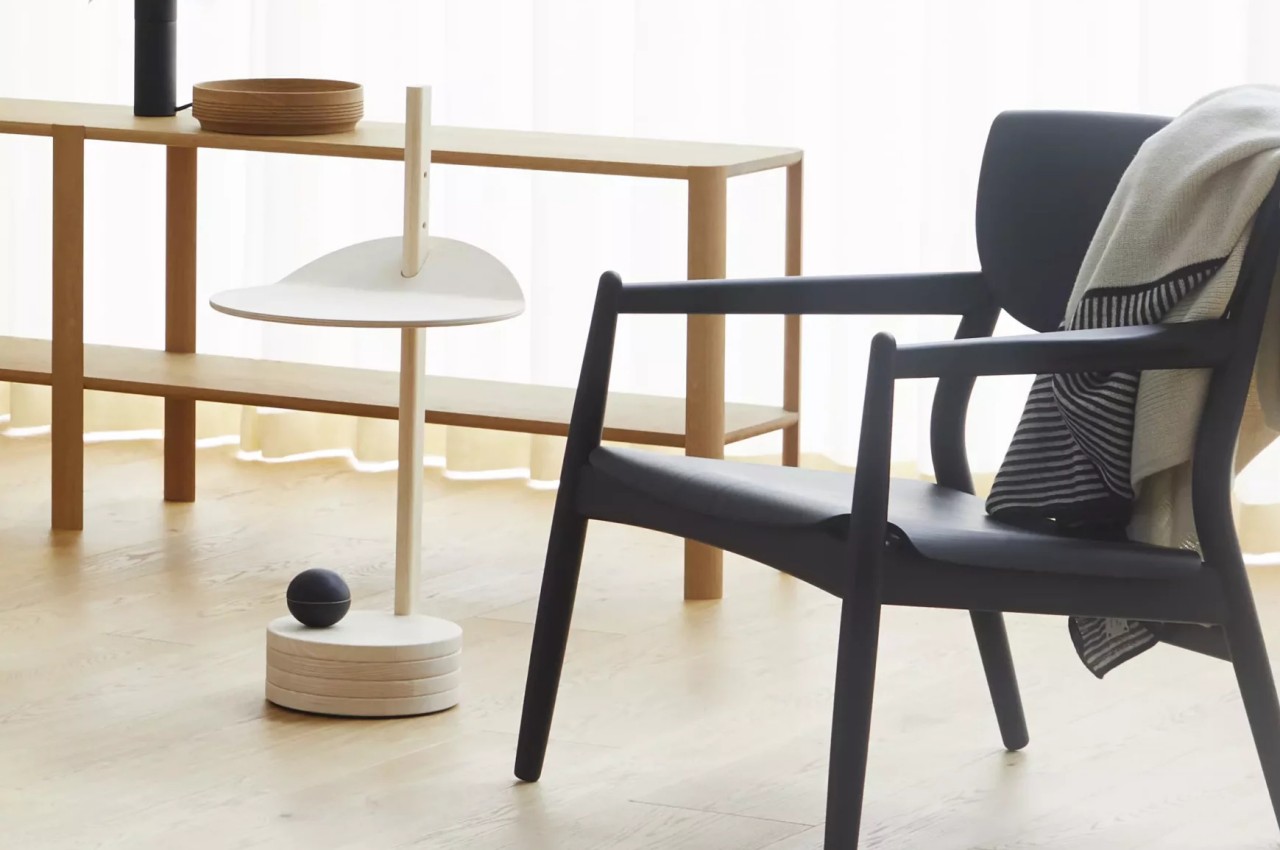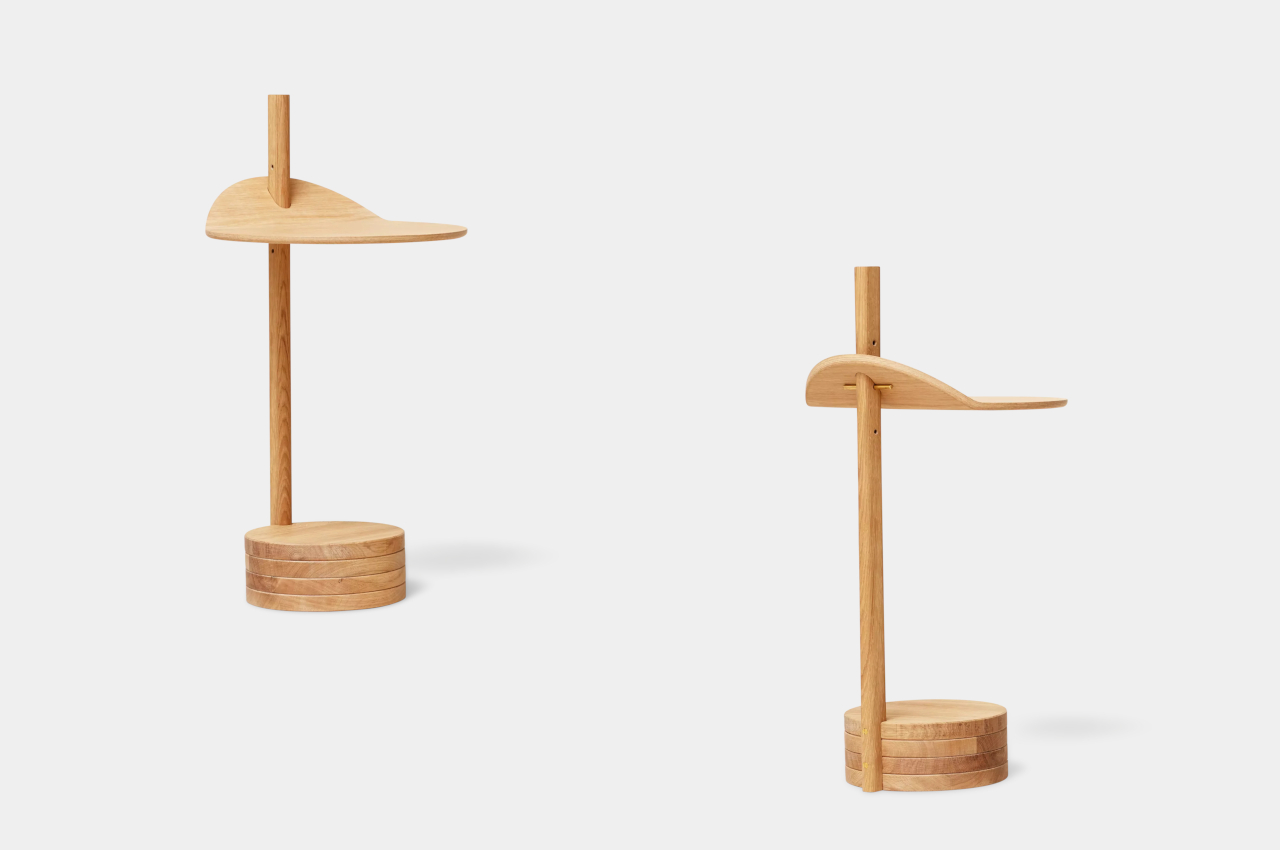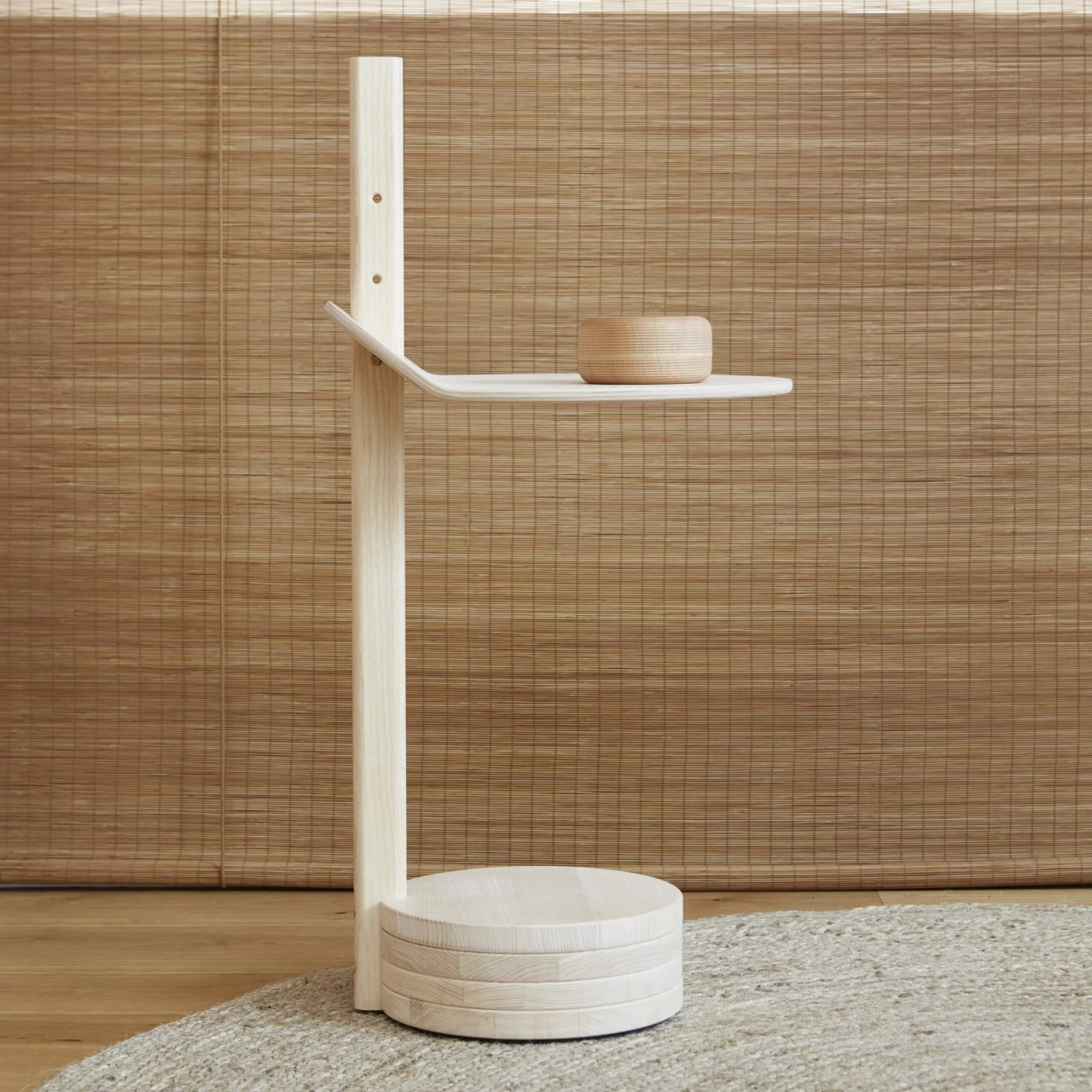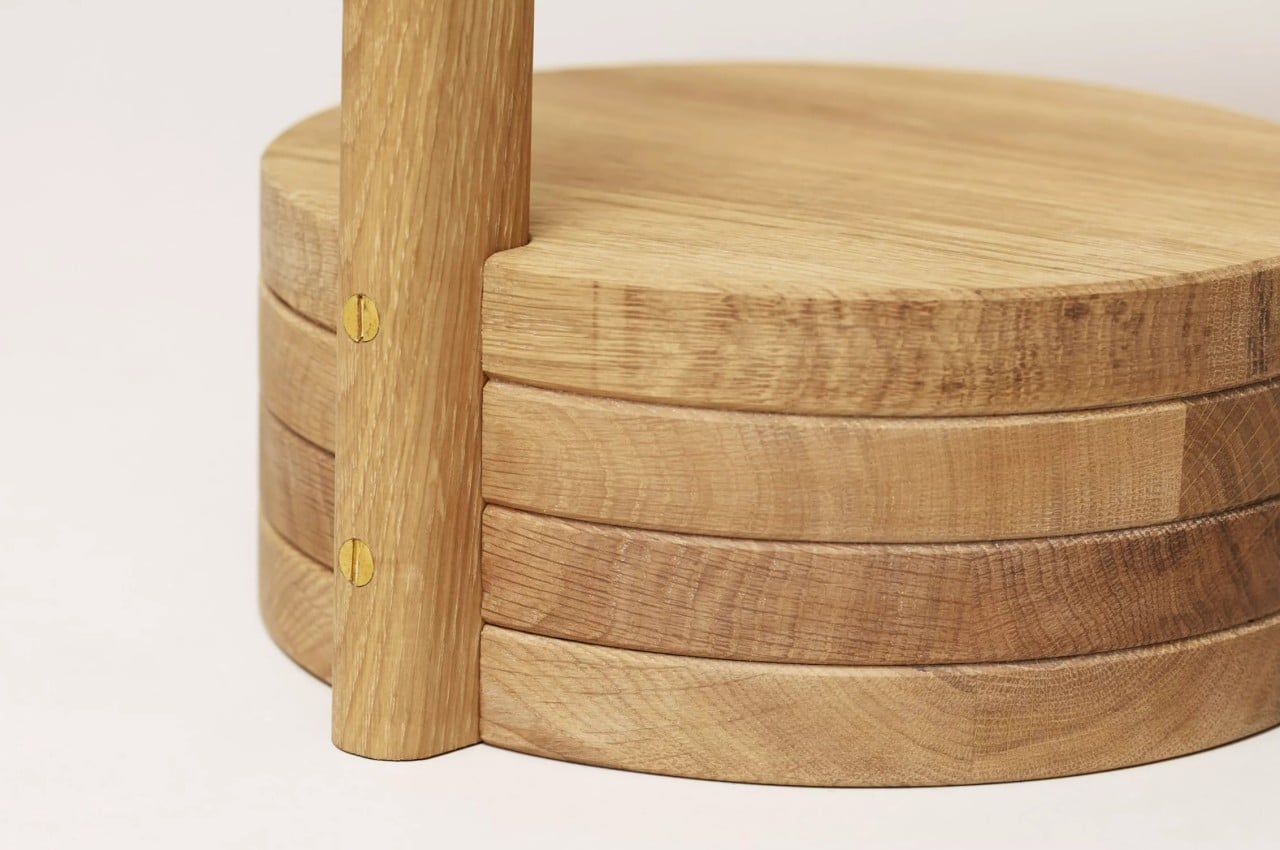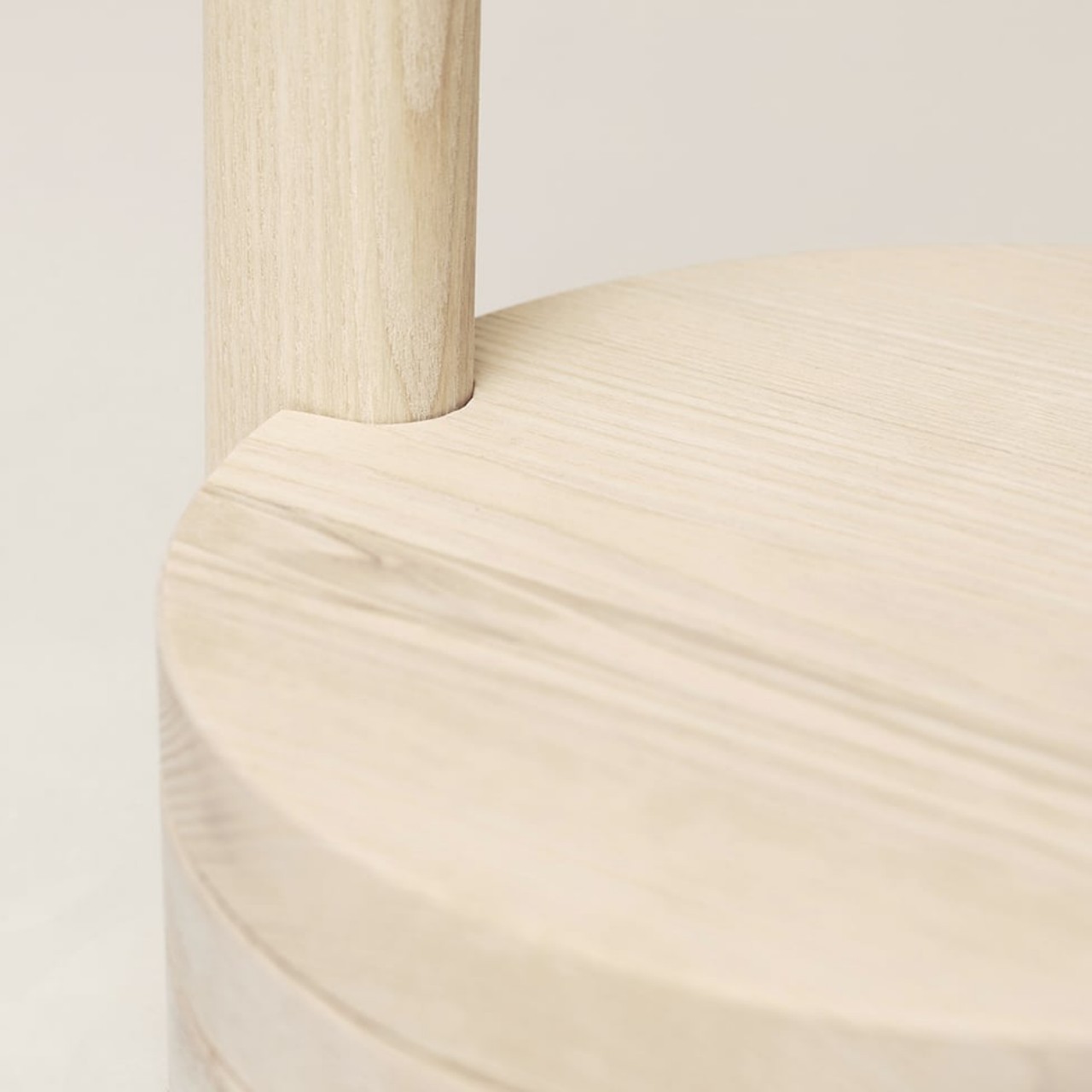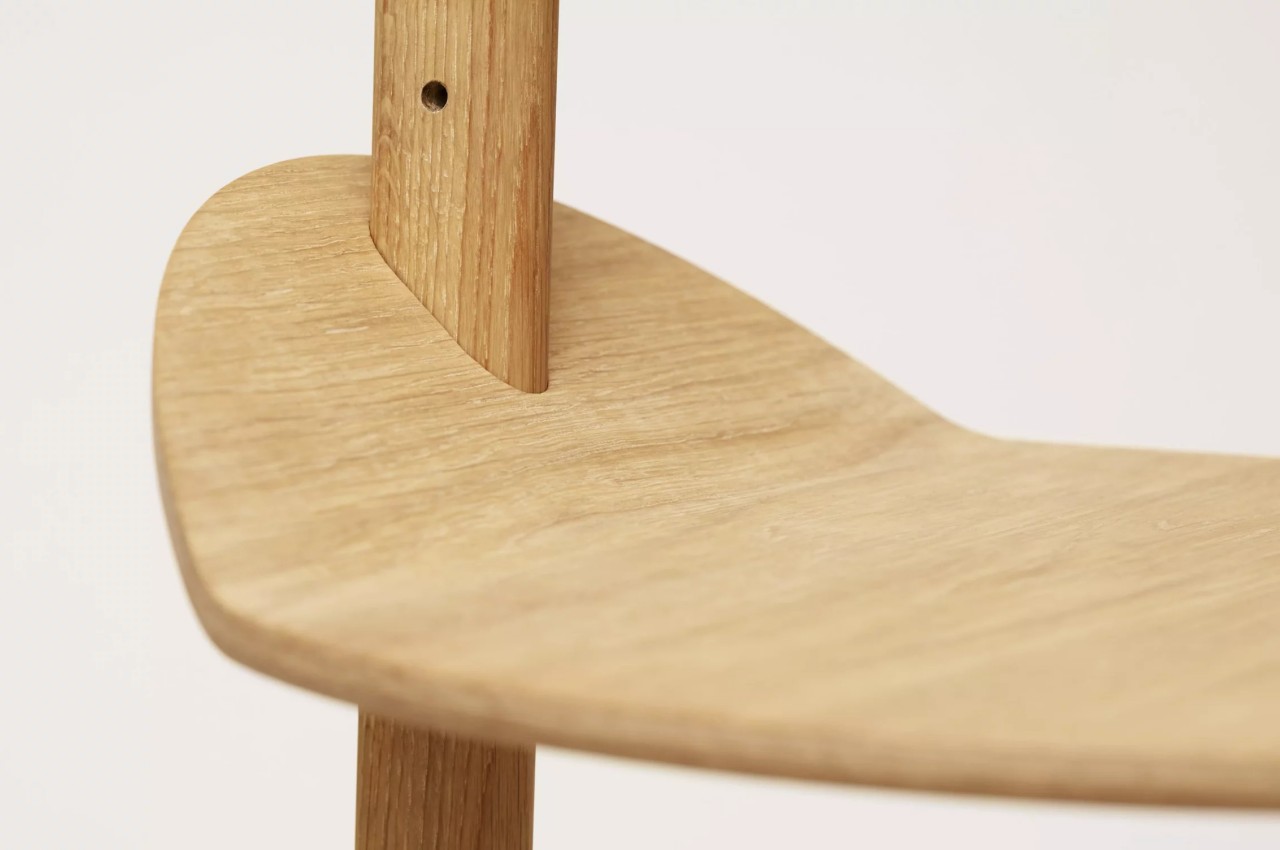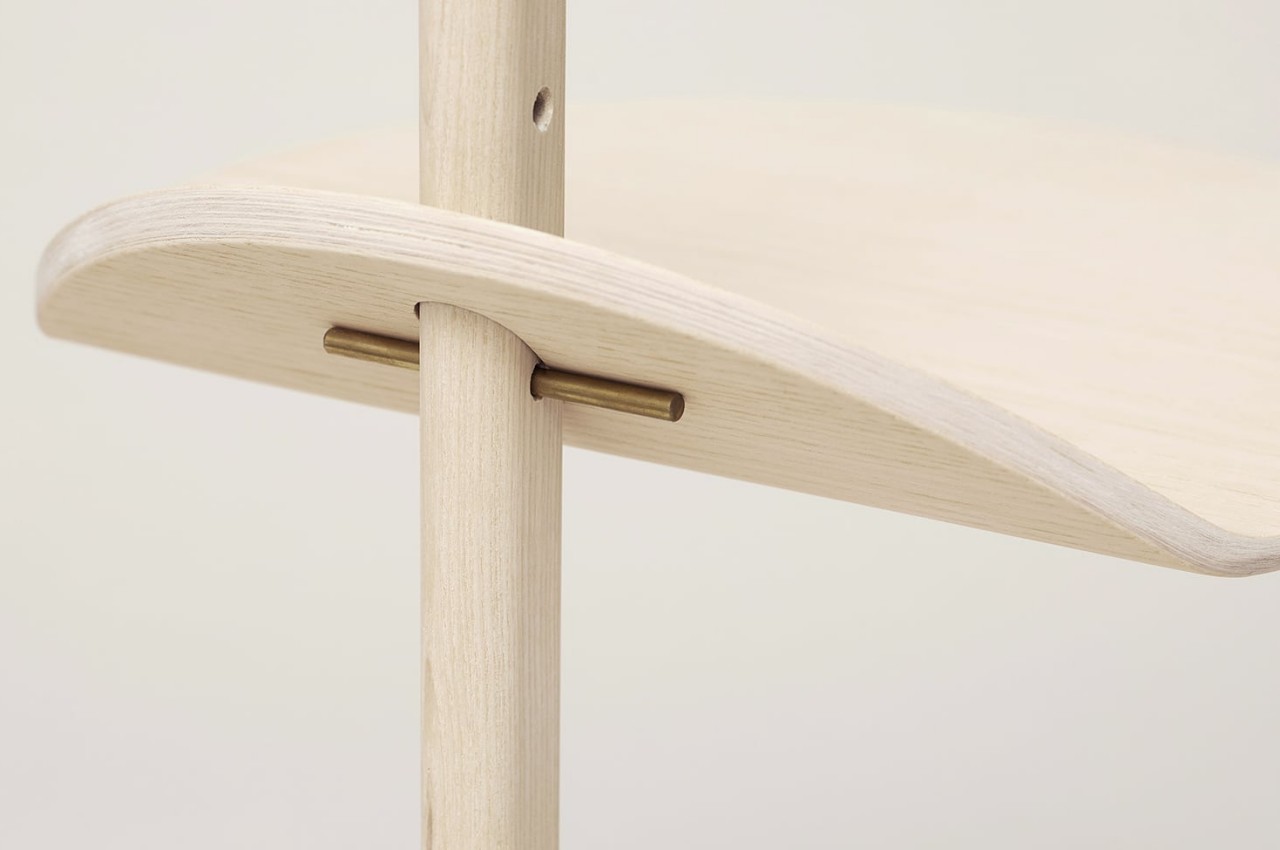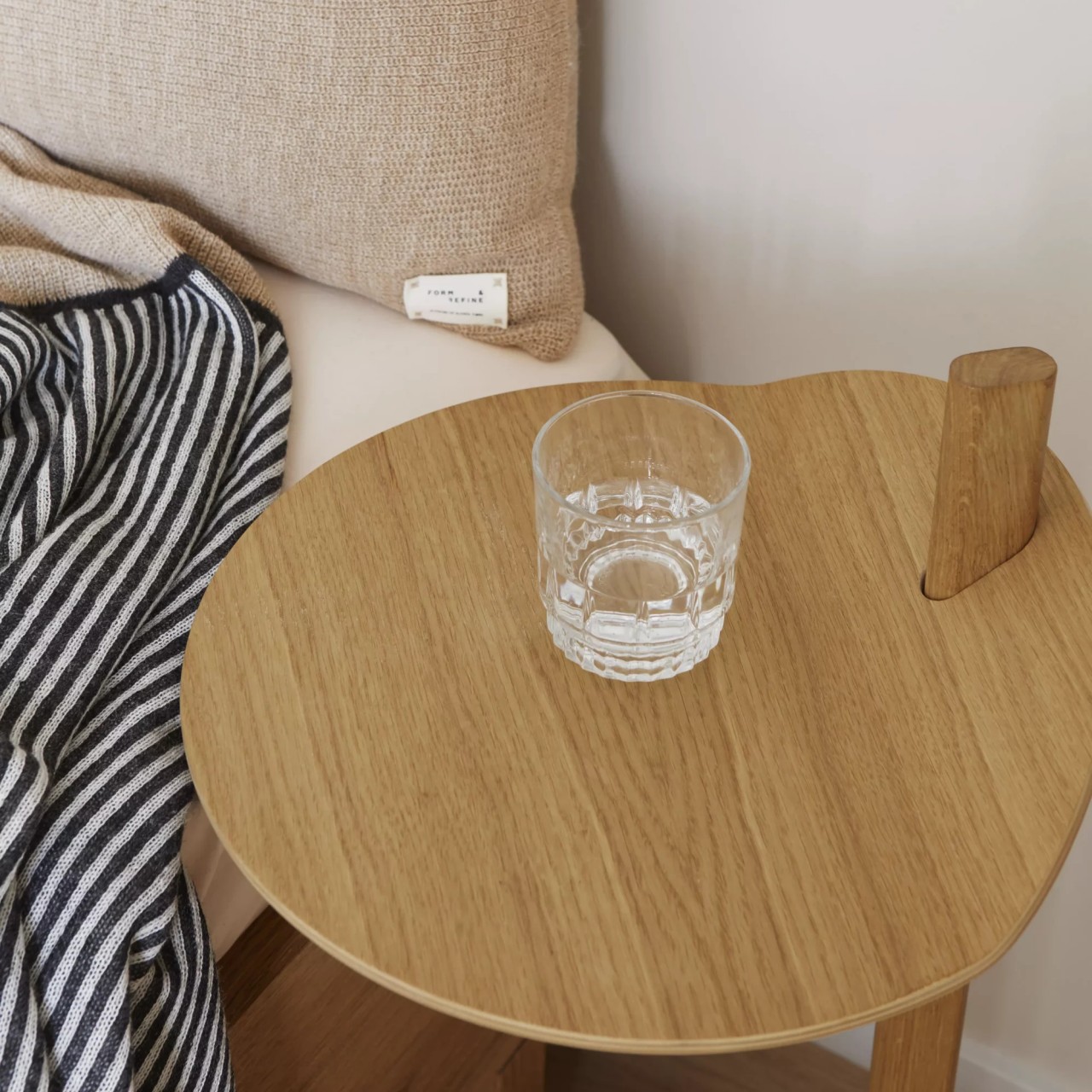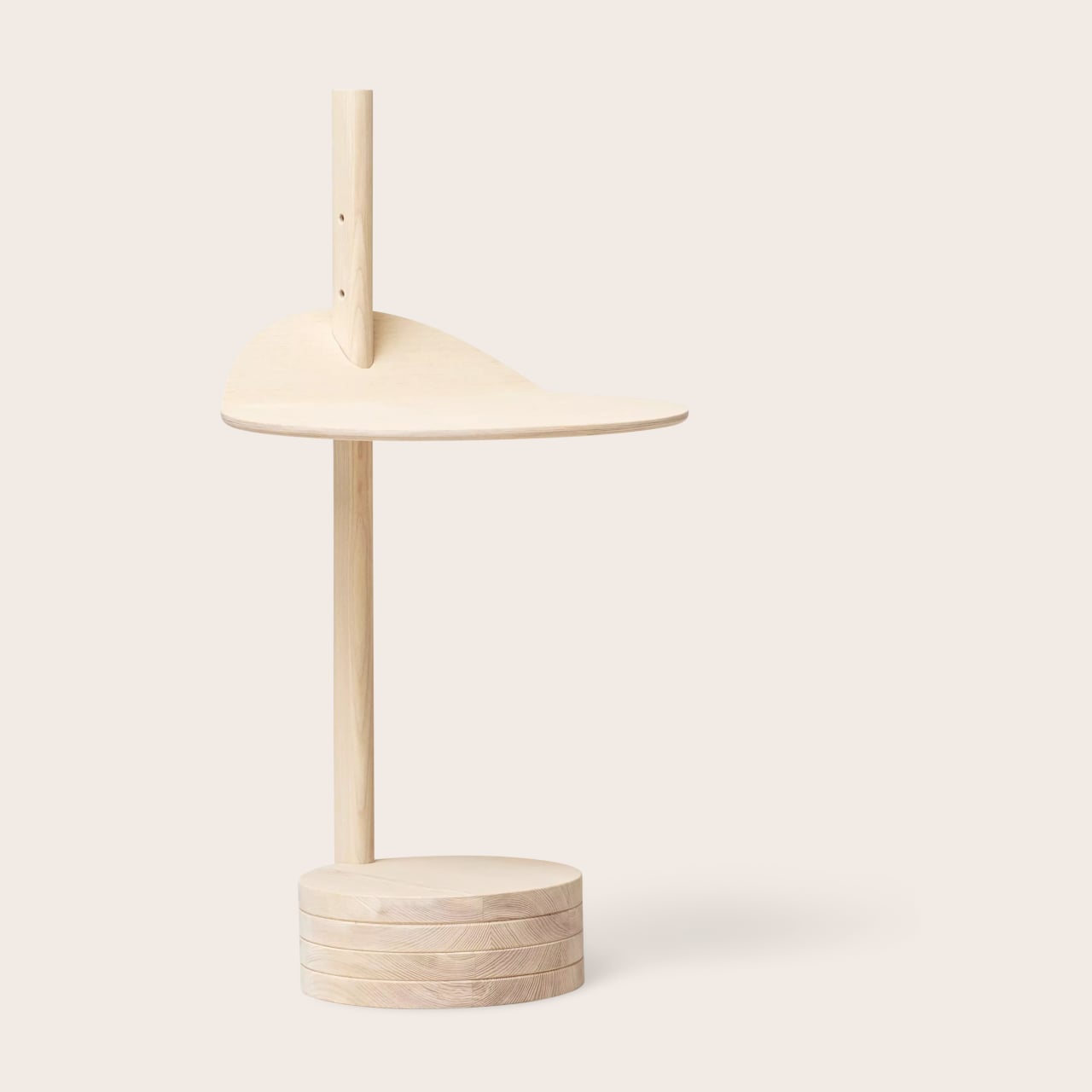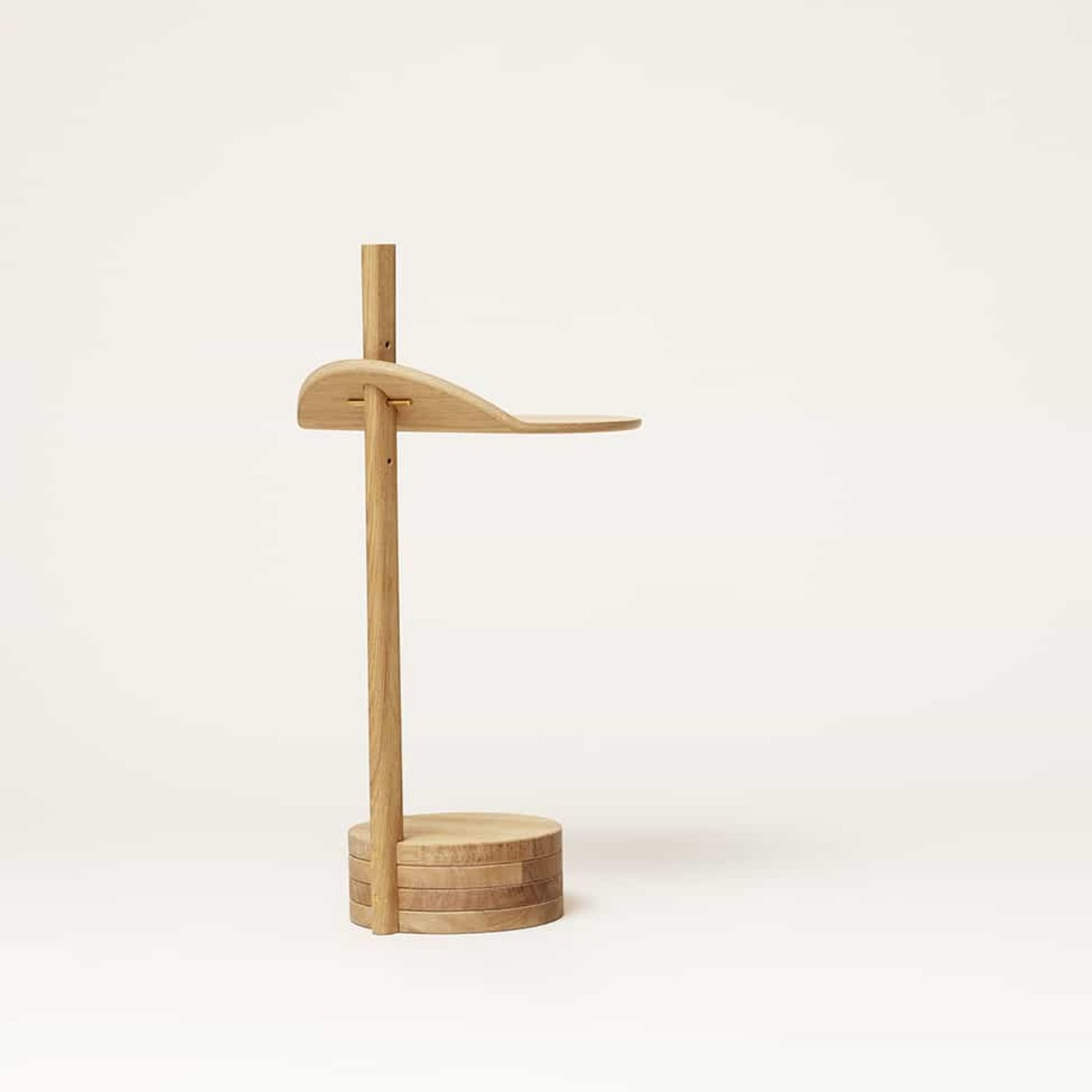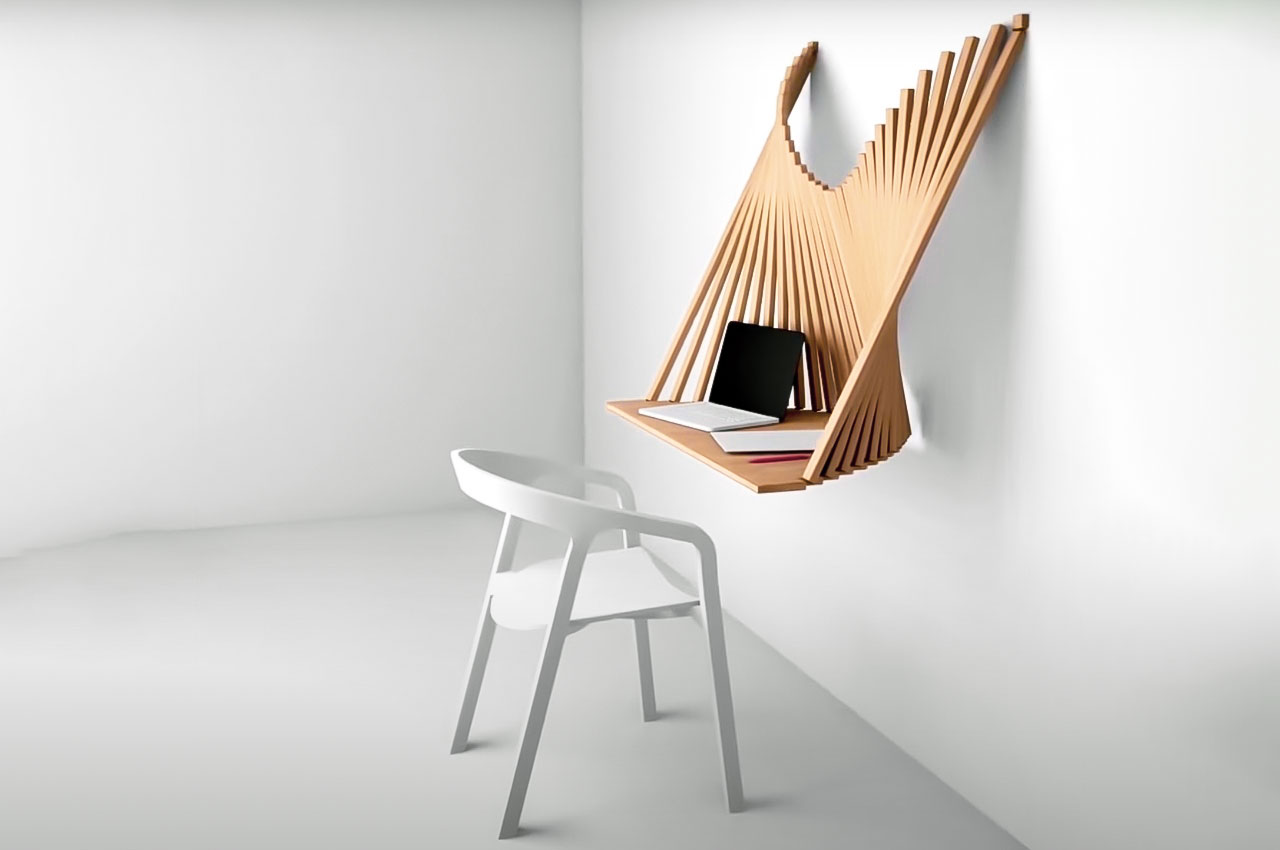
Wood has been the material of choice for furniture designers for ages galore. And no wonder! There’s something about wood that instantly adds a sense of zen and calm to any living space it is placed into. It puts your mind at ease while managing to radiate a feeling of warmth and tranquility. It’s a minimal material that holds a strong personality without any additional frills and tassels. I truly believe a well-crafted piece of wooden furniture can add a magical touch to even the simplest of living spaces. Minimal, clean, and almost always soothing, beautifully designed wooden furniture helps add the ultimate finishing touch to a room. We’ve curated a collection of wholesome wooden furniture designs for you – from a minimal stool inspired by chess pieces to a desk that transforms from a work of art into a functional table.
1. Flow Wall Desk


Dubbed the Flow Wall Desk, this unique and innovative furniture design is both decorative and functional while following a simple yet impressive design philosophy. It’s great for offices with space constraints and it is sustainable too!
Why is it noteworthy?
When the Flow Wall Desk is “stored” and folded away, it looks like a minimalist and interesting piece of art on your wall. And once you unfold it, it looks like a spiraling caterpillar and can then transform into a desk where you can work, read, or write in your journal.
What we like
- Multifunctional and sustainable furniture design
- Features a convenient and efficient flatpack form
What we dislike
- Folding and unfolding the desk whenever you need to use it means we can’t have a constant setup, which may be a hassle for some people
2. The Snowhouse Sofa
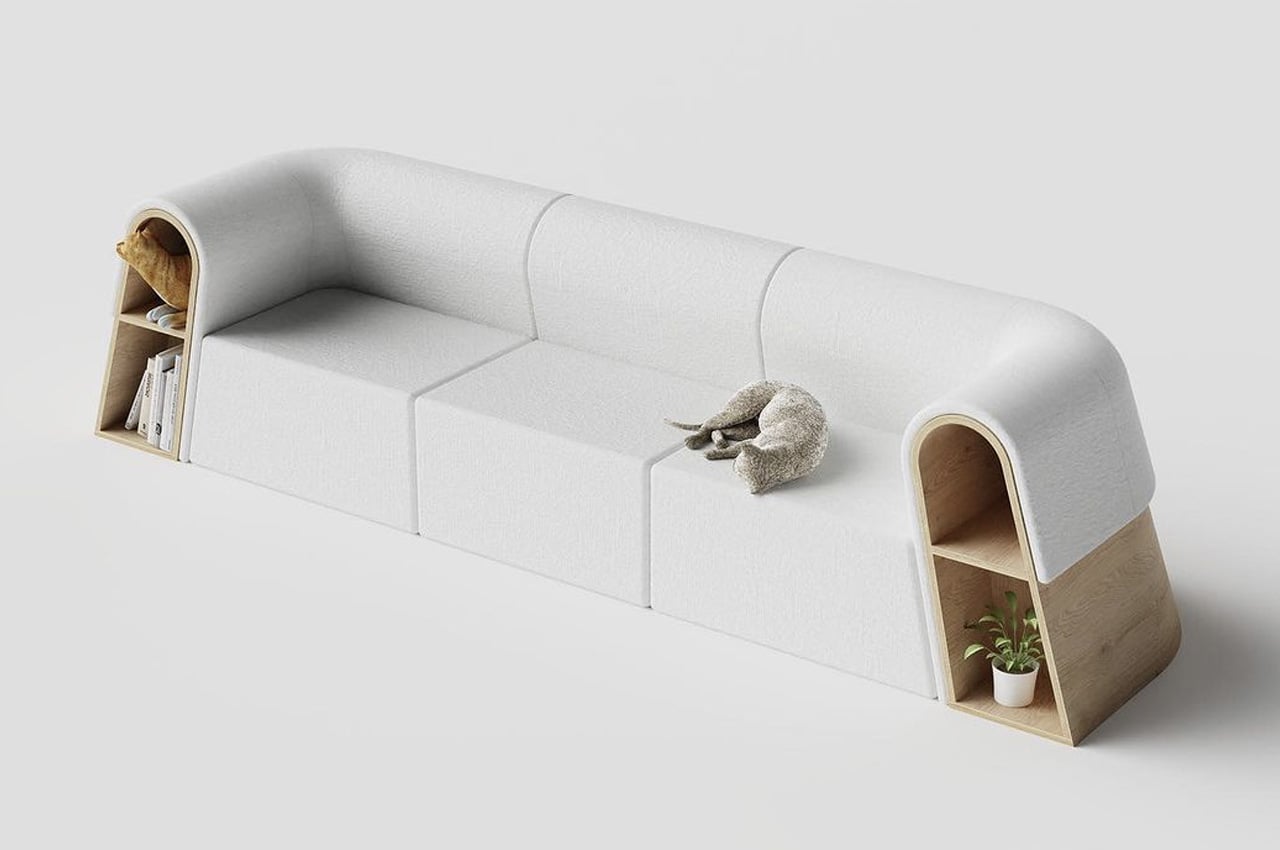
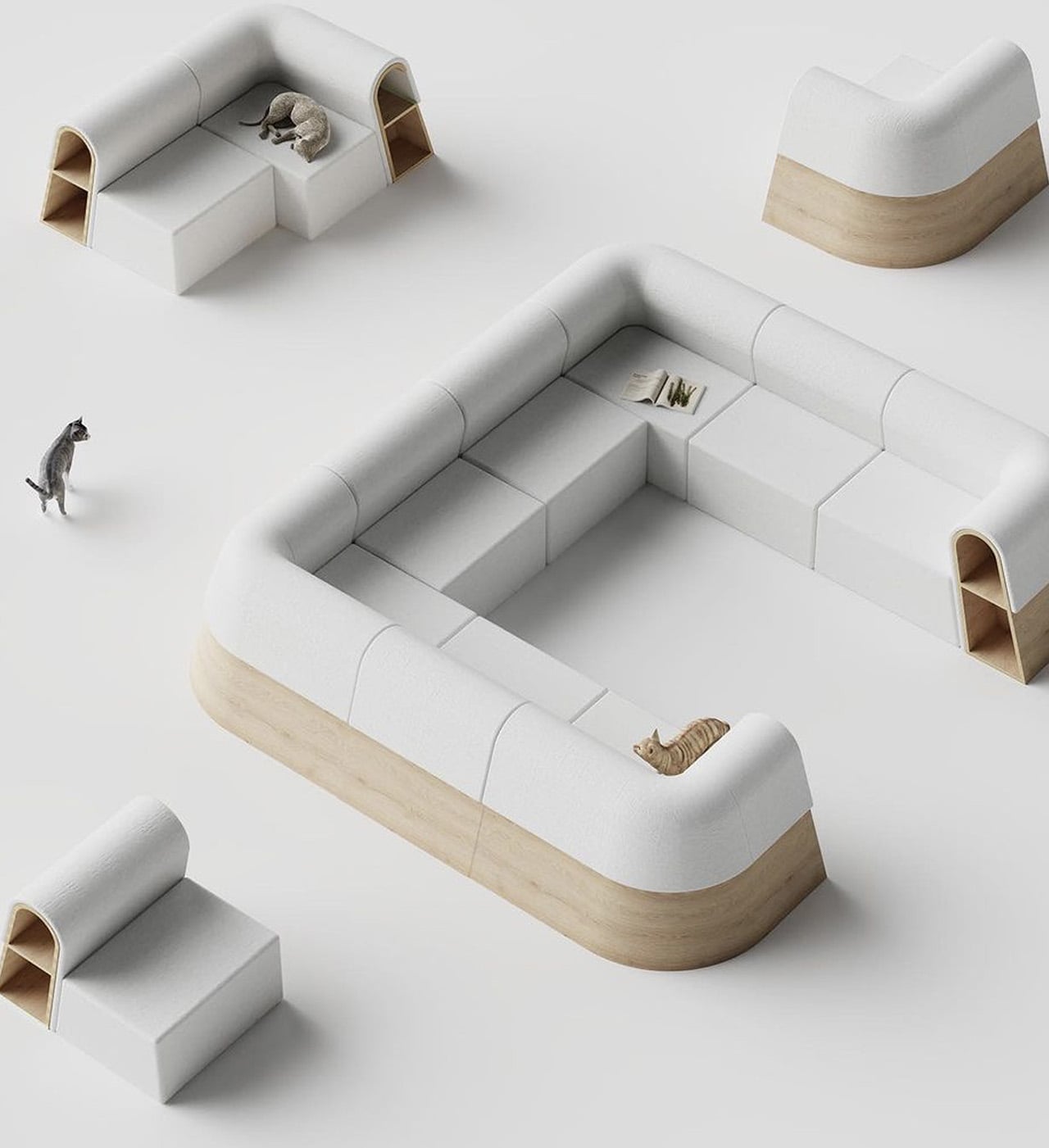
The Snowhouse Sofa is a pretty interesting furniture design for pets and humans! It is what a wooden sofa would look like if it experienced some snowfall, and was coated with a soft and subtle layer of snow.
Why is it noteworthy?
The wood is covered with cushy white cushions to give the idyllic impression of fallen snow. The edges are rounded, adding a depth of softness to the furniture piece. The ends of the sofa are hollow, with nifty little spaces to store books, magazines, and other miscellaneous items.
What we like
- The spaces on top function as passages for your cats
- Integrated with smart storage space
What we dislike
- The Snowhouse Sofa is currently a concept, so we don’t know how the actual product will turn out to be
3. Kainchee
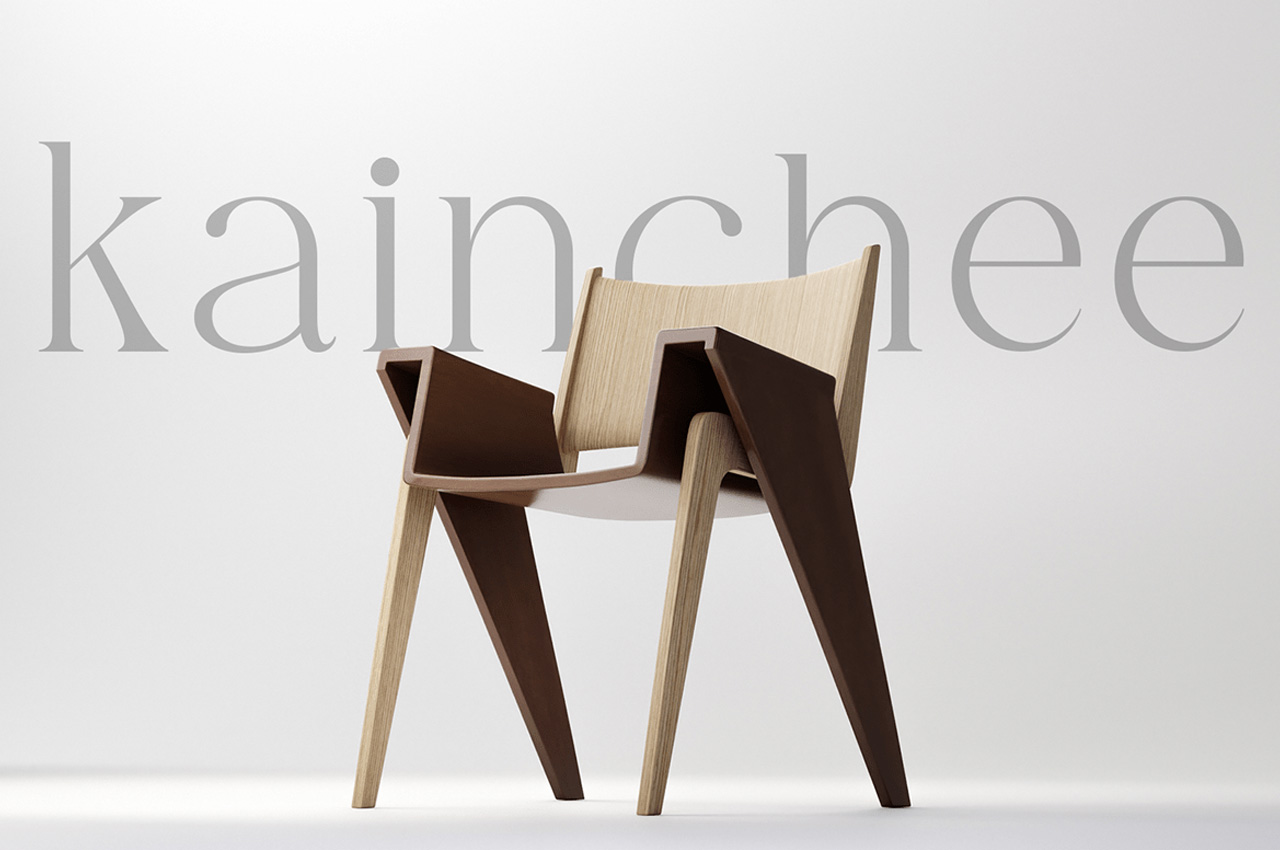
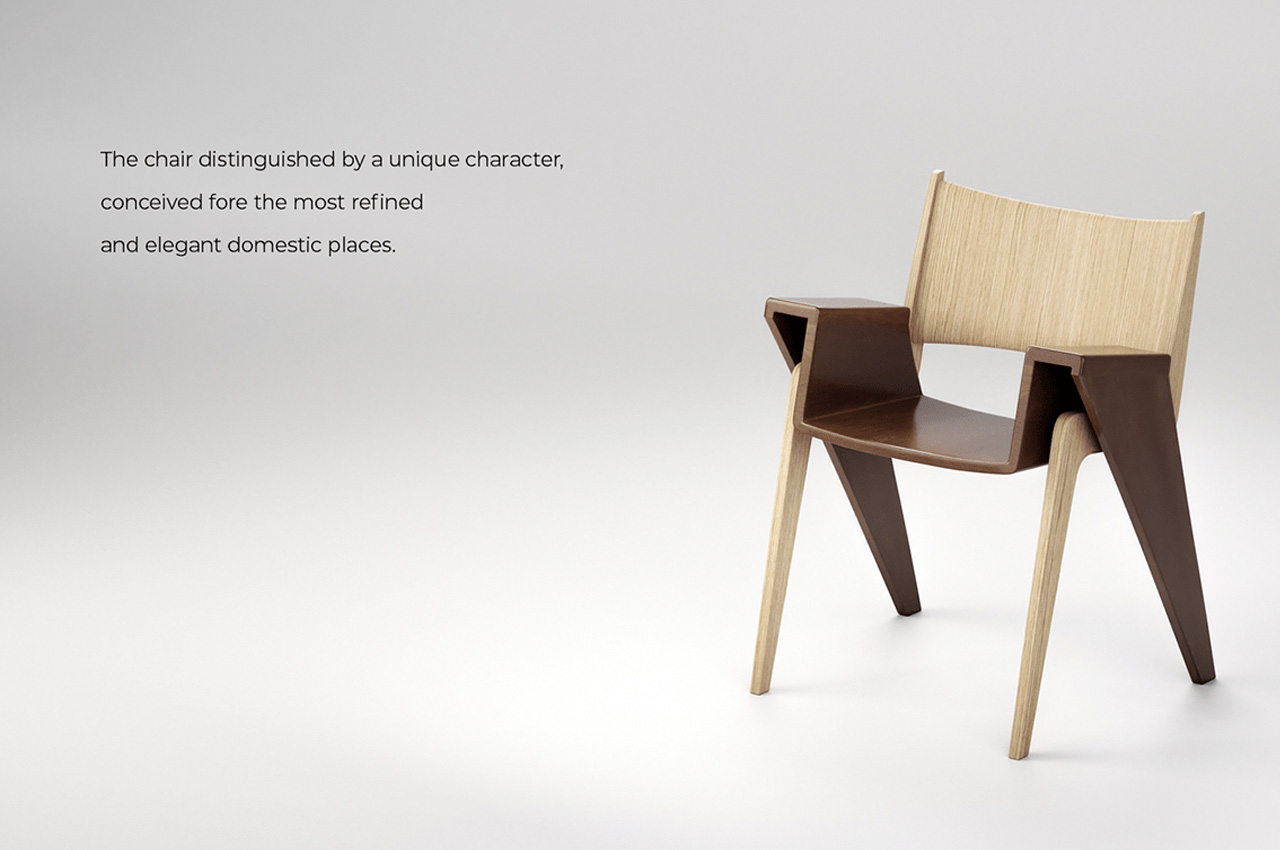
Dubbed Kainchee, which means scissor in the Hindi language, this unique chair design does look like a pair of scissors, doing full justice to its interesting name.
Why is it noteworthy?
The chair does look like two pairs of scissors, from the bottom half at least. The star feature of the chair is its intertwining and geometrically intriguing form. A band of walnut wood forms the seat of the chair, while subtly interlocking with the ash wood to form the legs of the chair.
What we like
- Unique form and design philosophy make it stand apart from other furniture designs
What we dislike
It’s still a concept, so we don’t know how ergonomic or practical the final product will be
4. The Altitude Shelf
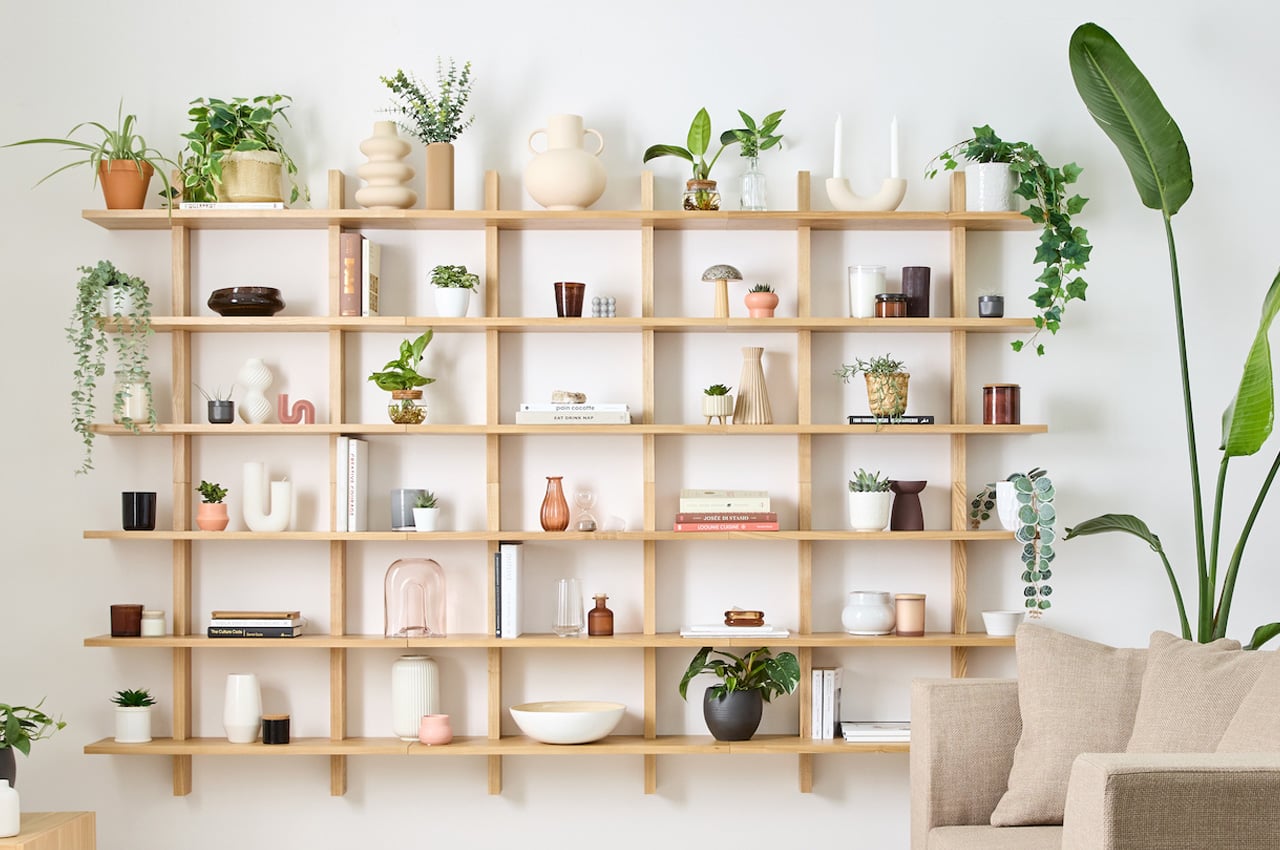
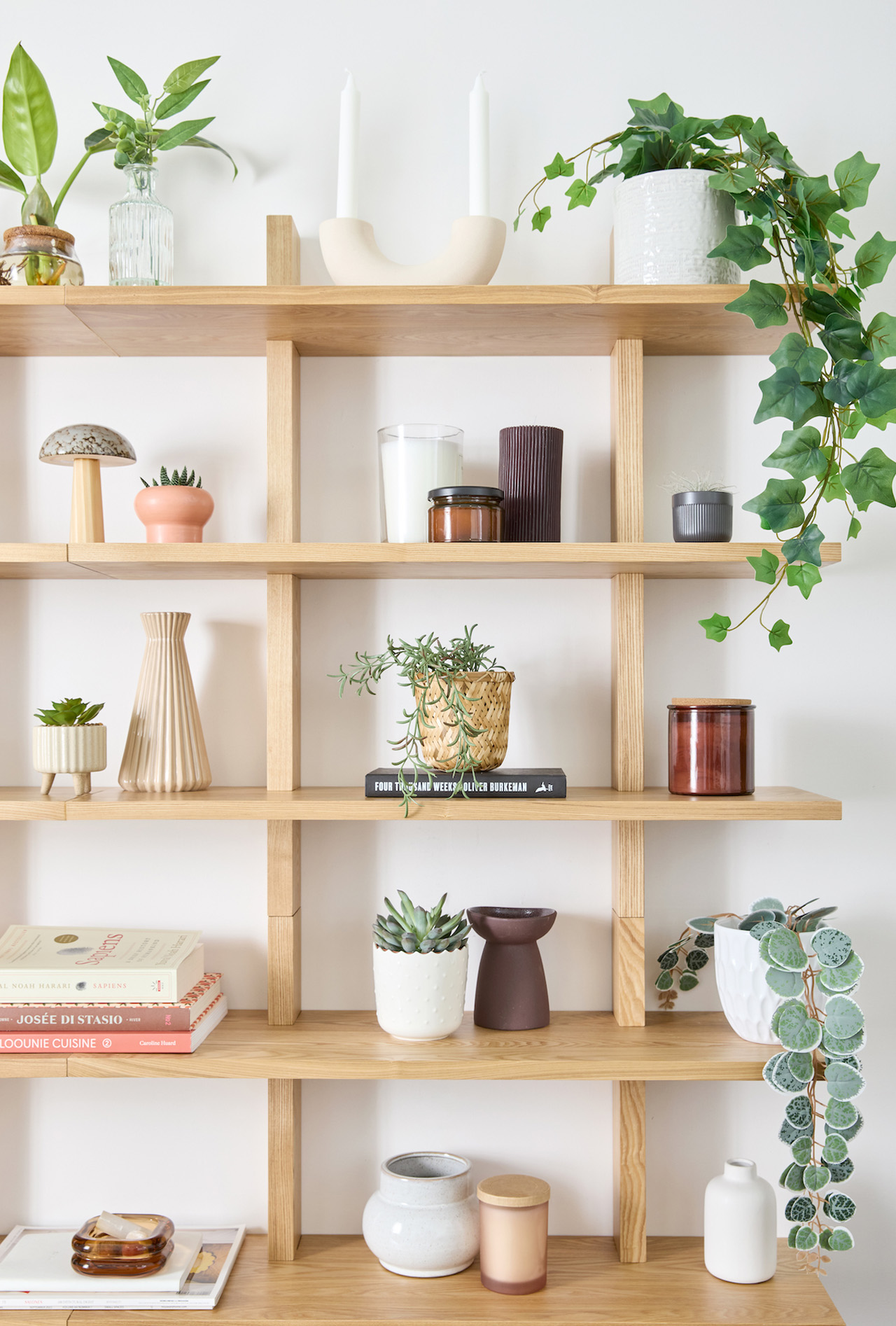
The Altitude Shelf is a new line of shelving by Evan Clabots that is inspired by clean lines and the minimal form of traditional Japanese woodworking.
Why is it noteworthy?
Although inspired by Japanese furniture, we can see bits of traditional Danish furniture in the piece as well. The shelving design is marked by clean minimal lines and no back panels which ensures that the design is open, airy, and free-flowing.
What we like
- Modular design inspired by Japanese and Danish furniture
What we dislike
- Bulky space-consuming design
5. The Rook Stool
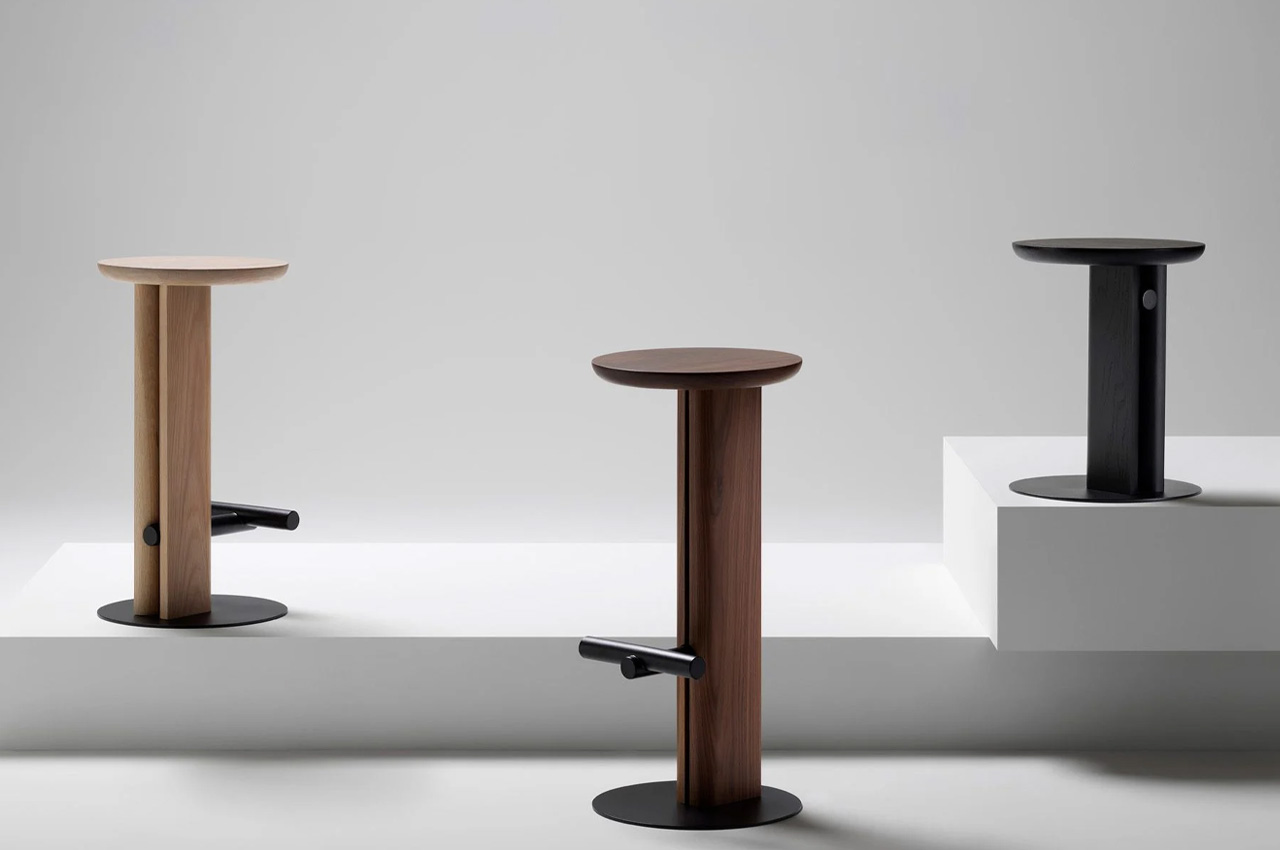
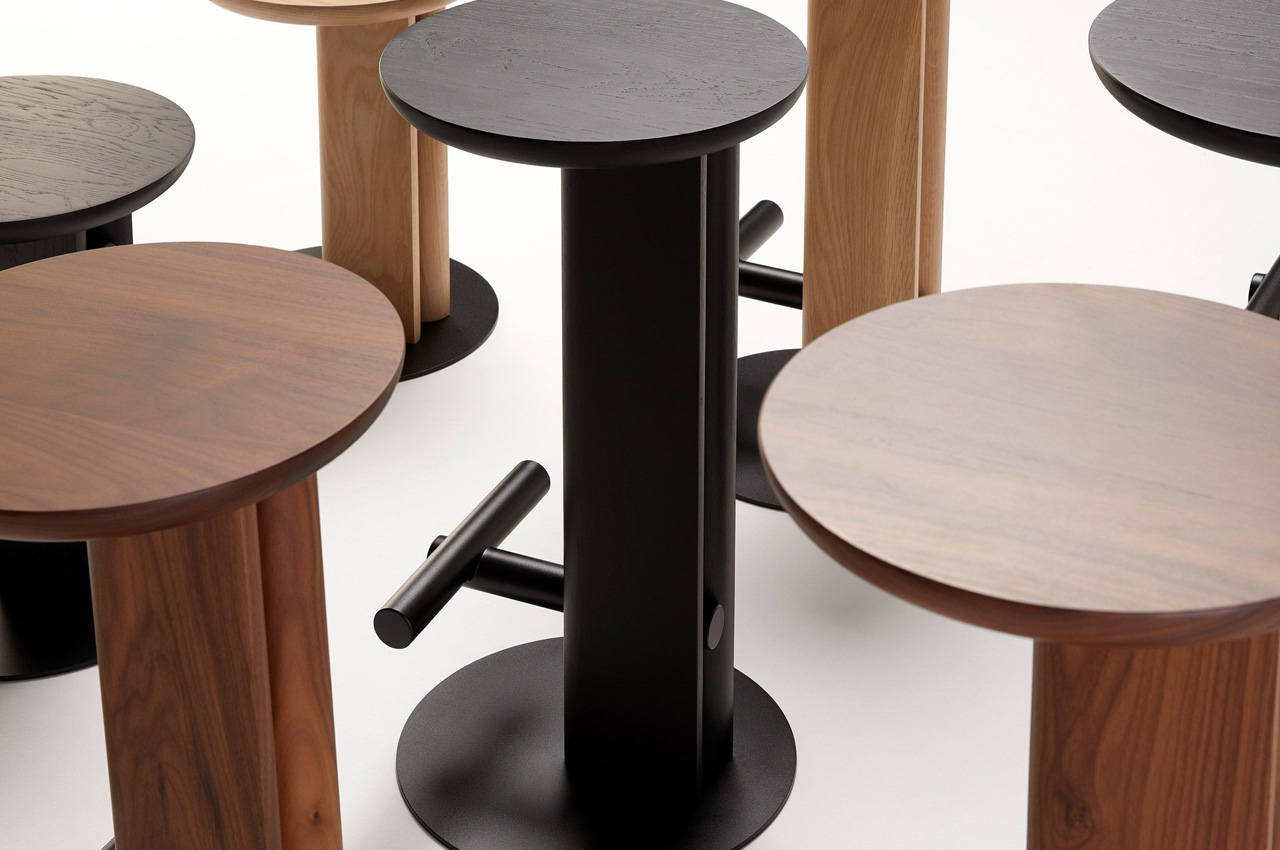
Called the Rook Stool, this intriguing stool design by Ross Gardam is inspired by chess pieces and has quite a few similarities to them as well.
Why is it noteworthy?
The designer drew references from the shapes of decorative wooden chess pieces for the Rook Stool. The stool utilizes simple elements that have been placed at unusual but intriguing angles and intersections to create a sculptural appeal.
What we like
- Inspired by chess pieces
- Available in three types of solid wood
What we dislike
- Doesn’t look too comfortable to sit on for long durations of time
6. Ash Furniture Collection
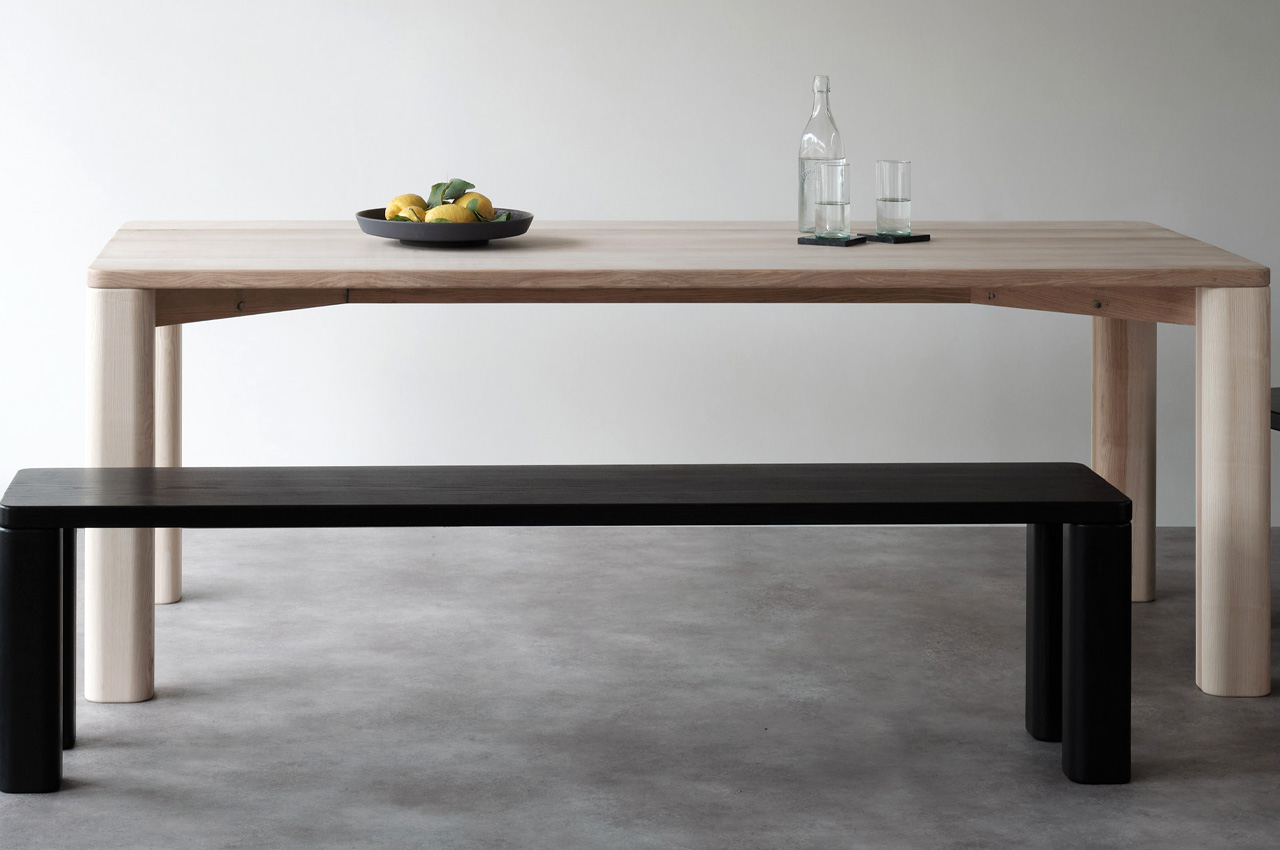
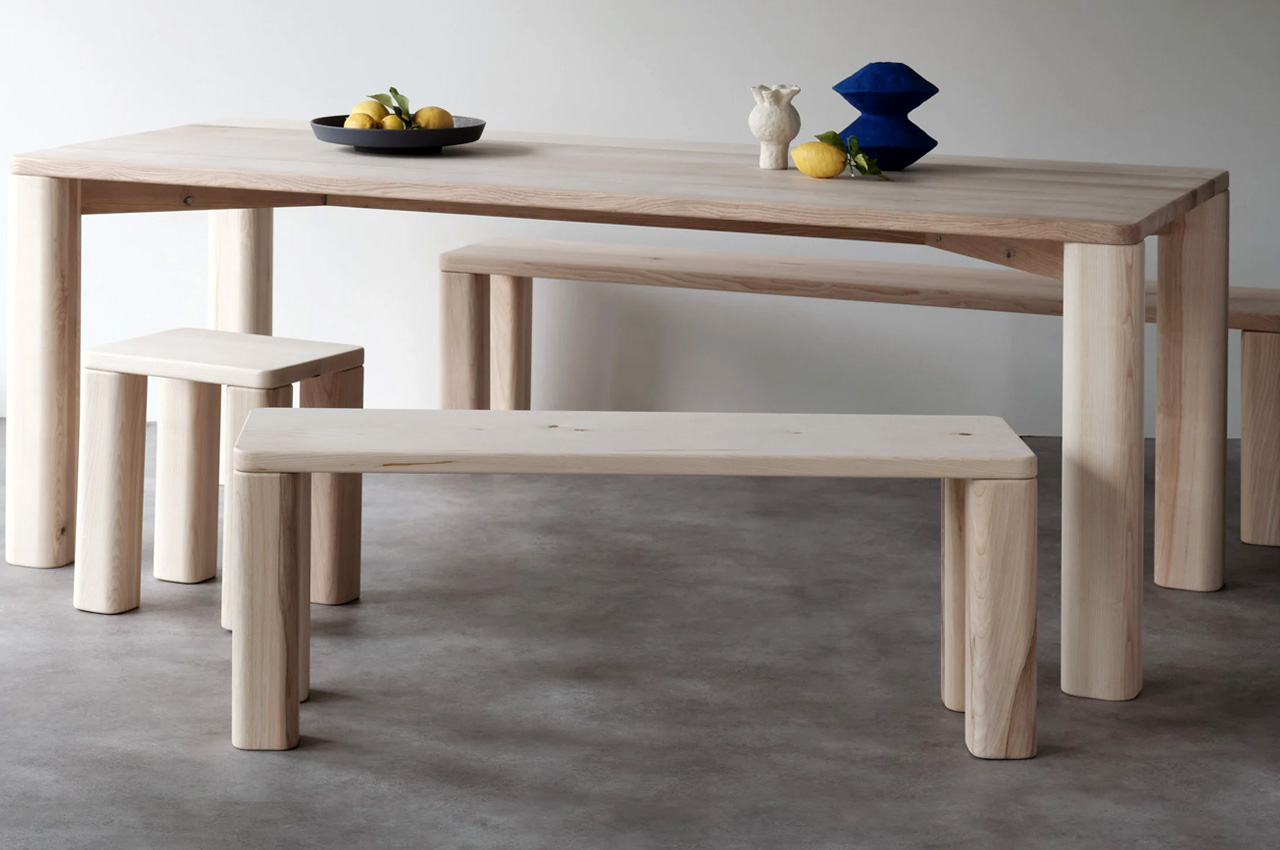
London-based social enterprise Goldfinger recently unveiled its Tate Modern furniture collection which was built from fallen trees at the London Design Festival. The furniture pieces were created for the Gallery’s Corner Cafe.
Why is it noteworthy?
The collection includes a dining table, bench, and stool. The pieces were built using fallen ash trees, in turn celebrating the delicate and elegant beauty of native British wood.
What we like
- The timber used to build the collection would have otherwise been destroyed
What we dislike
- Not a lot of scope and options for customization
7. The Cubicle
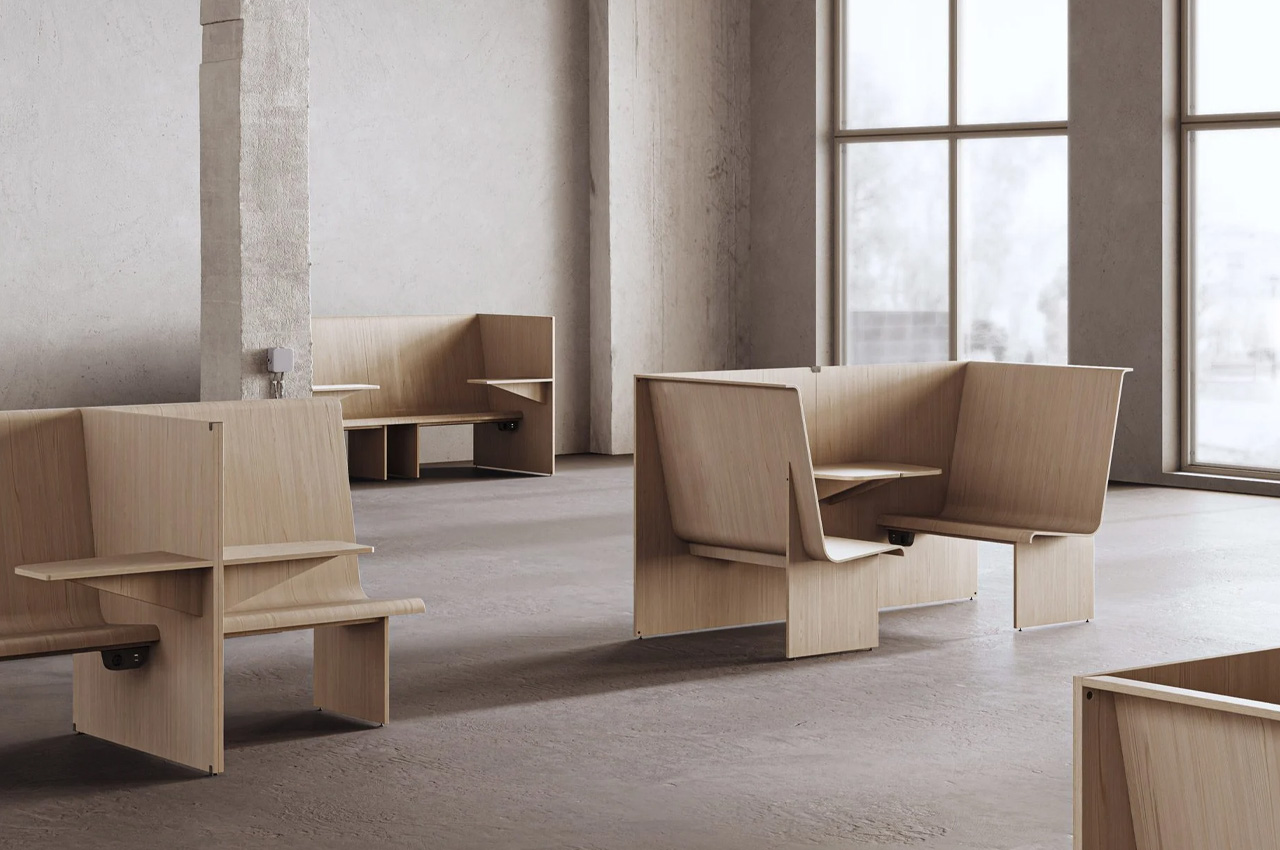
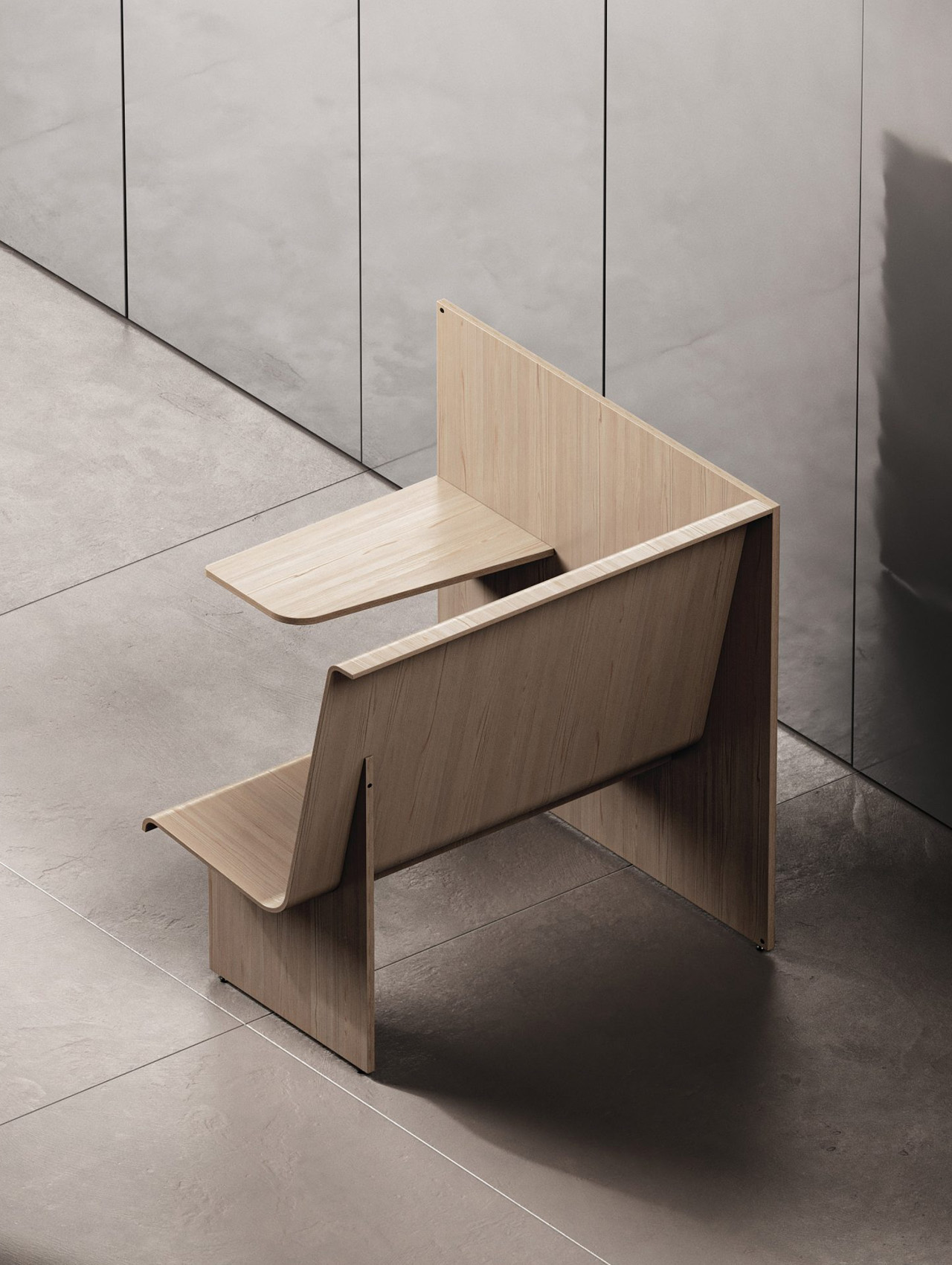
Dubbed the Cubicle, this intriguing “bench and wall system” is designed to stimulate the experience of working with your back to the wall in spacious open-plan workspaces.
Why is it noteworthy?
It is designed to replicate and mimic the particular qualities that people seek while searching for seats in an open indoor workspace like a library or a co-working space. It perfectly simulates this very specific experience!
What we like
- Available in different variations, but the main essence and functionality of the design is retained
- Built using as few materials as possible, but still maintaining functionality
What we dislike
- Space-consuming bulky design, suitable for larger and open spaces only, hence making it a limited design
8. The Peel Chair
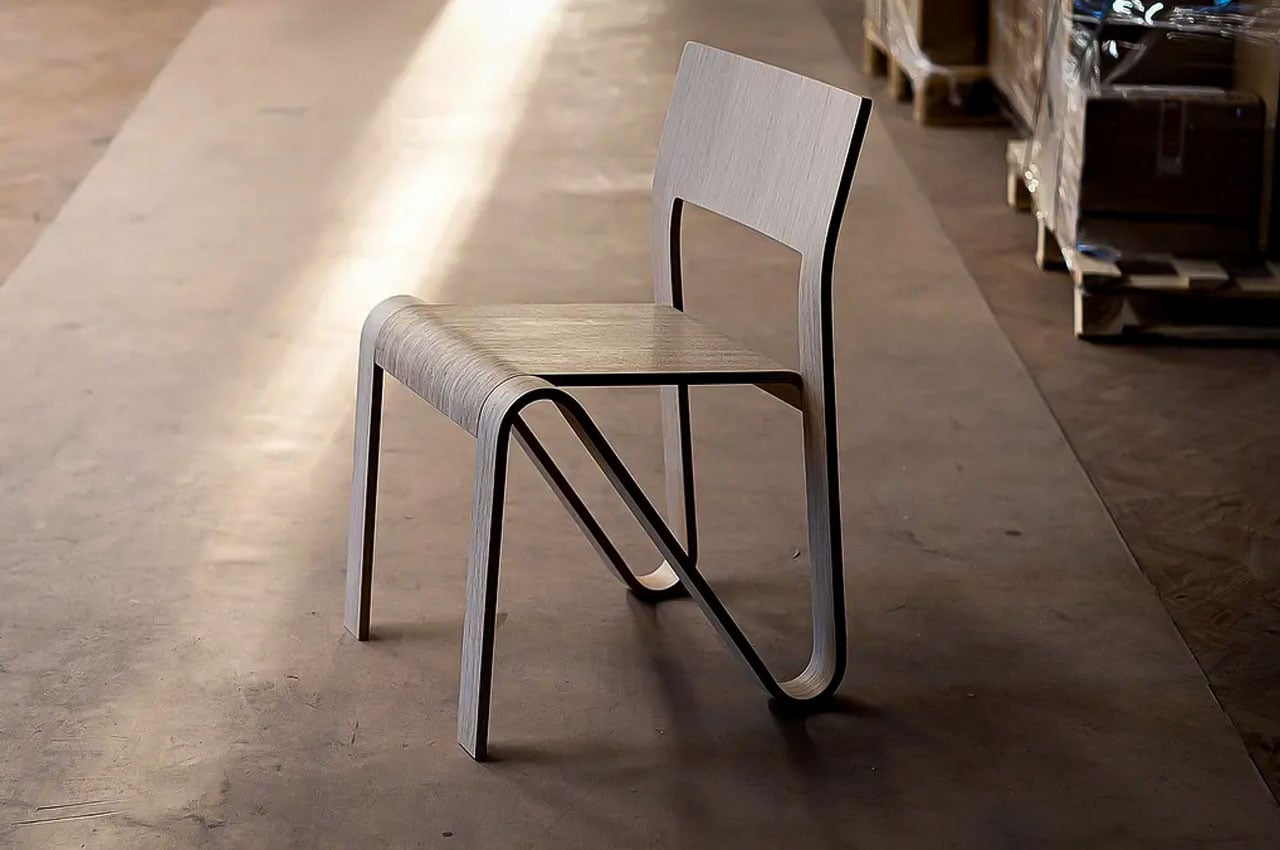
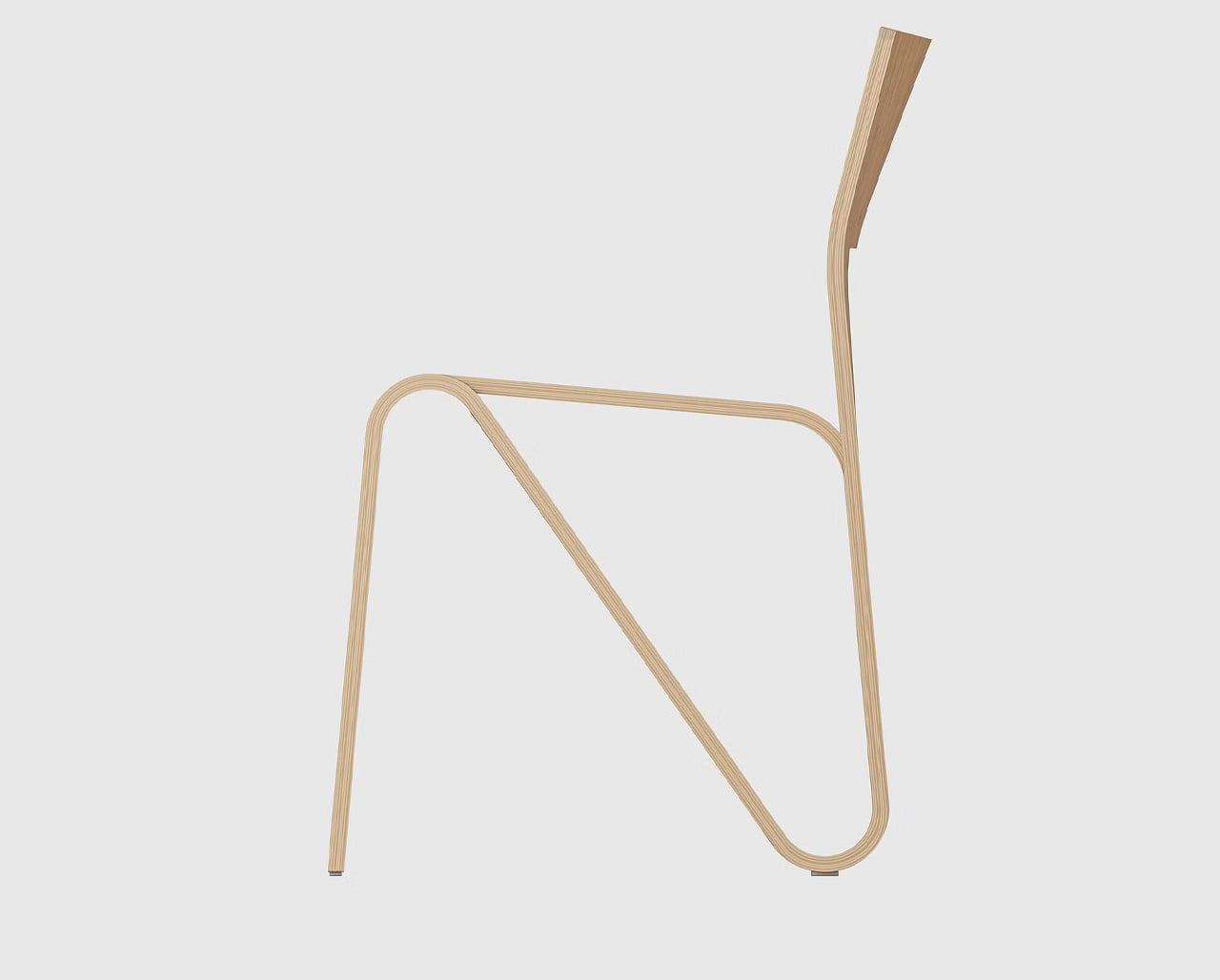
Designed by London-base Blond, the Peel Chair is a perfect encapsulation of the firm’s design philosophy which centers around creating simple yet ingenious designs that offer solutions to complex modern-day problems.
Why is it noteworthy?
The Peel Chair is inspired by the natural process of bark peeling from trees. It draws inspiration from this natural phenomenon, while simultaneously channeling the timeless elegance and aesthetic of modernist Marcel Breuer’s plywood furniture.
What we like
- Provides enhanced comfort and back support
What we dislike
- Doesn’t seem like an extremely comfy seating option for longer durations of time
9. The Work Series II Table
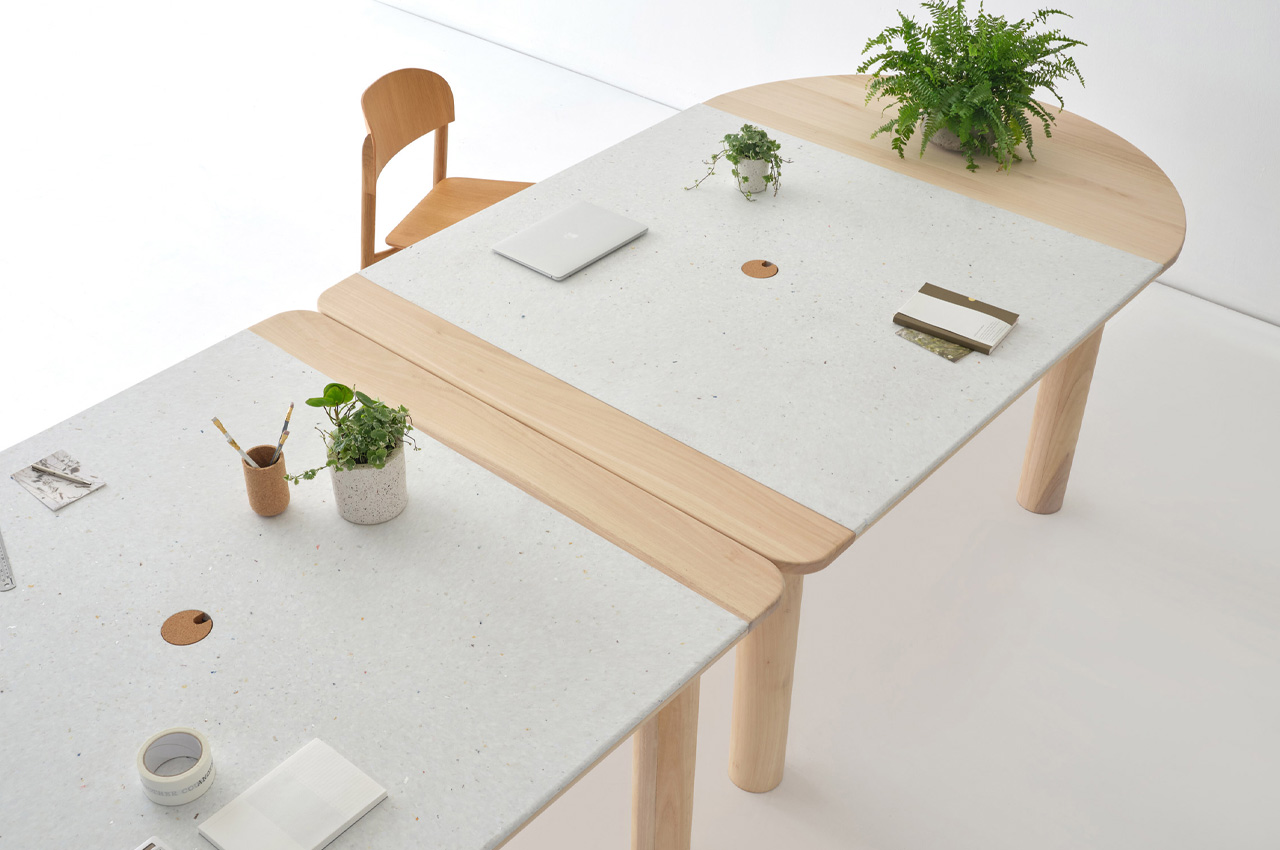
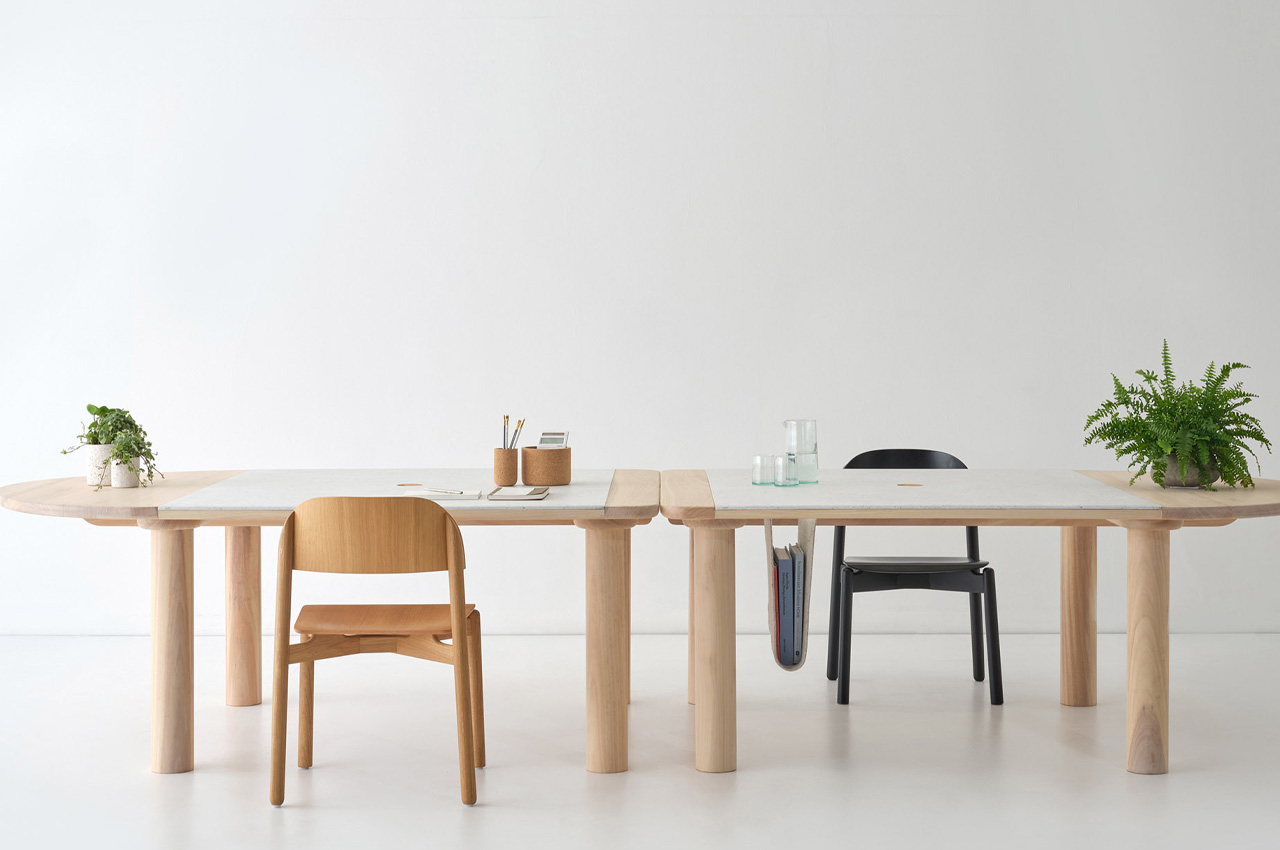
The Work Series II Table is a long and minimal table built by the British furniture brand Another Country, by merging timber and recycled plastic, to create more sustainable products for offices.
Why is it noteworthy?
The Work Series II table is a thoughtfully designed furniture piece equipped with a frame made from eucalyptus wood. A tabletop insert made entirely from recycled yogurt pots by Welsh manufacturer Smile Plastics is fitted into the wooden frame.
What we like
- Sustainable + eco-friendly design built using recycled and renewable materials
What we dislike
- Large and long design that will not work/fit well in smaller office spaces
- No option for personal customization
10. The KNOT Stool
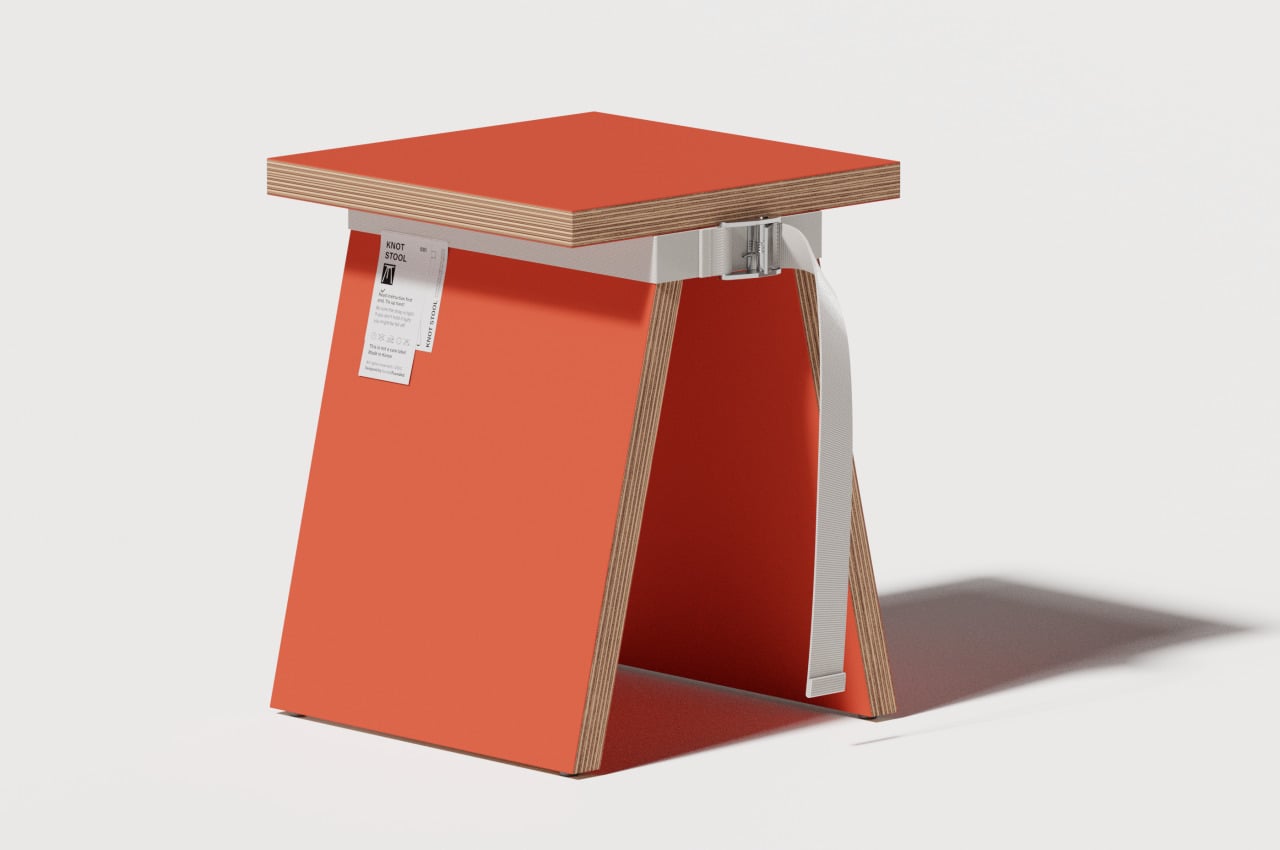
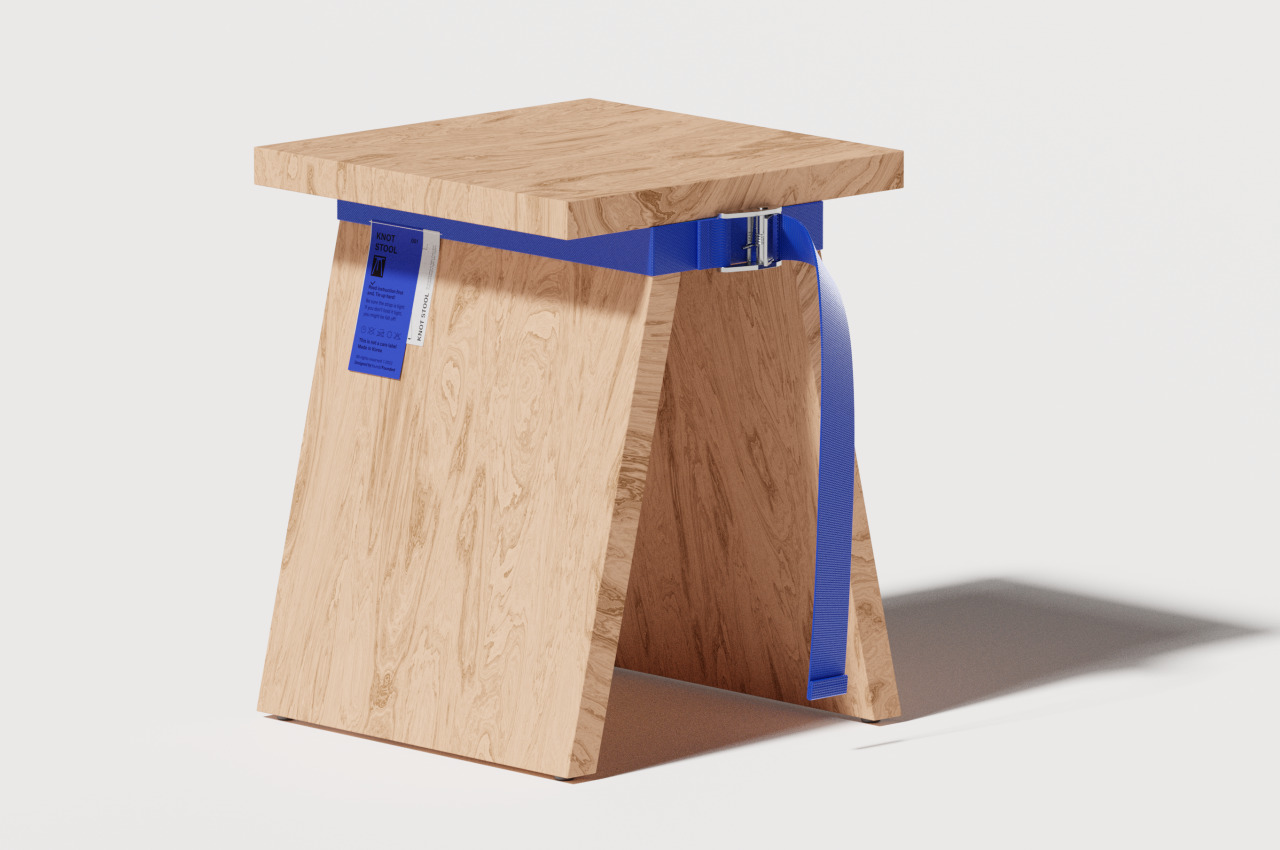
Called the KNOT Stool, this uniquely designed stool is flat all around and is made up of various layers of wood, which provides the stool with a raw and brutalist aesthetic.
Why is it noteworthy?
The three wooden pieces can be painted in the same or different colors. The decorative webbing strap that wraps around the top of the stool’s legs can also come in complementing or contrasting colors, not to mention being made of different materials.
What we like
- Adds a whimsical + fun element to your interiors
- Clean, minimal, and compact design
What we dislike
- Seems to be designed more for viewing rather than sitting
The post Top 10 Must-See Wooden Furniture For Your Home That Are Fresher & More Functional Than IKEA Products first appeared on Yanko Design.
